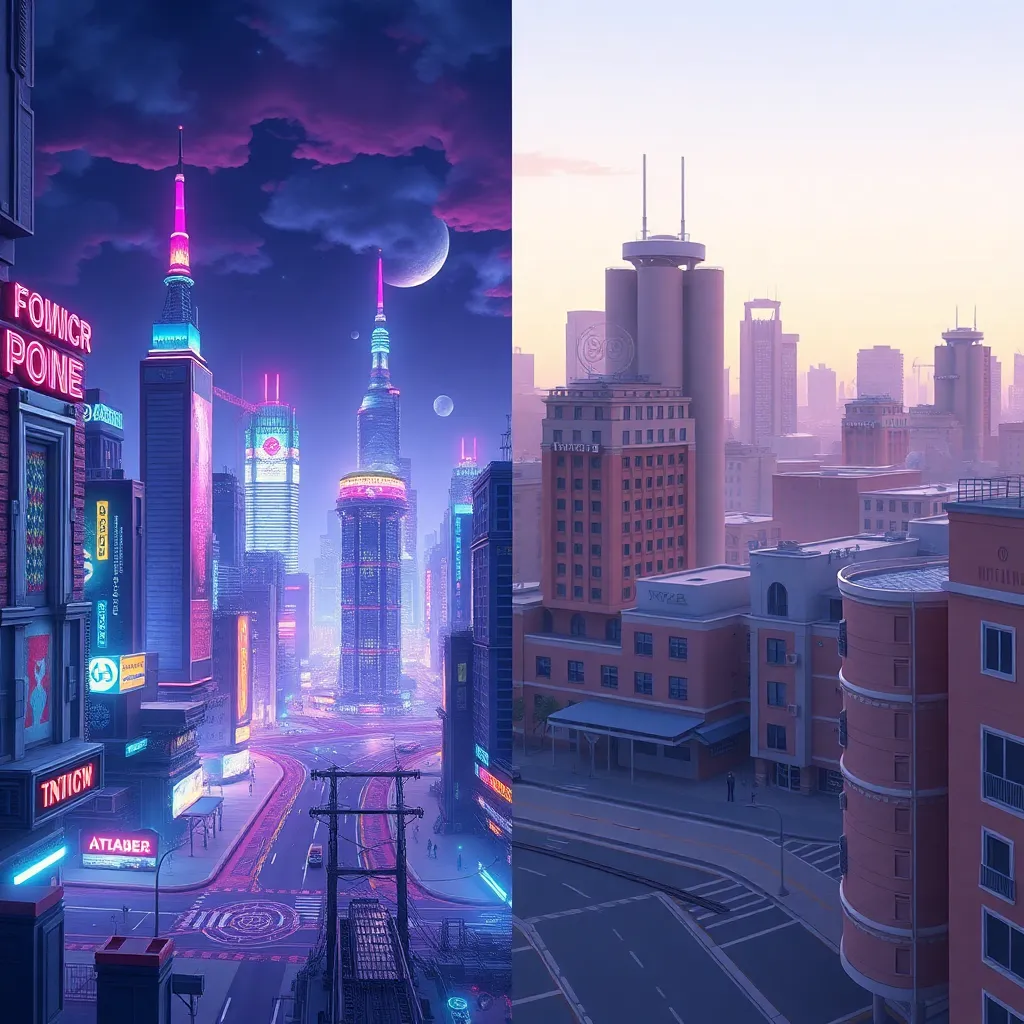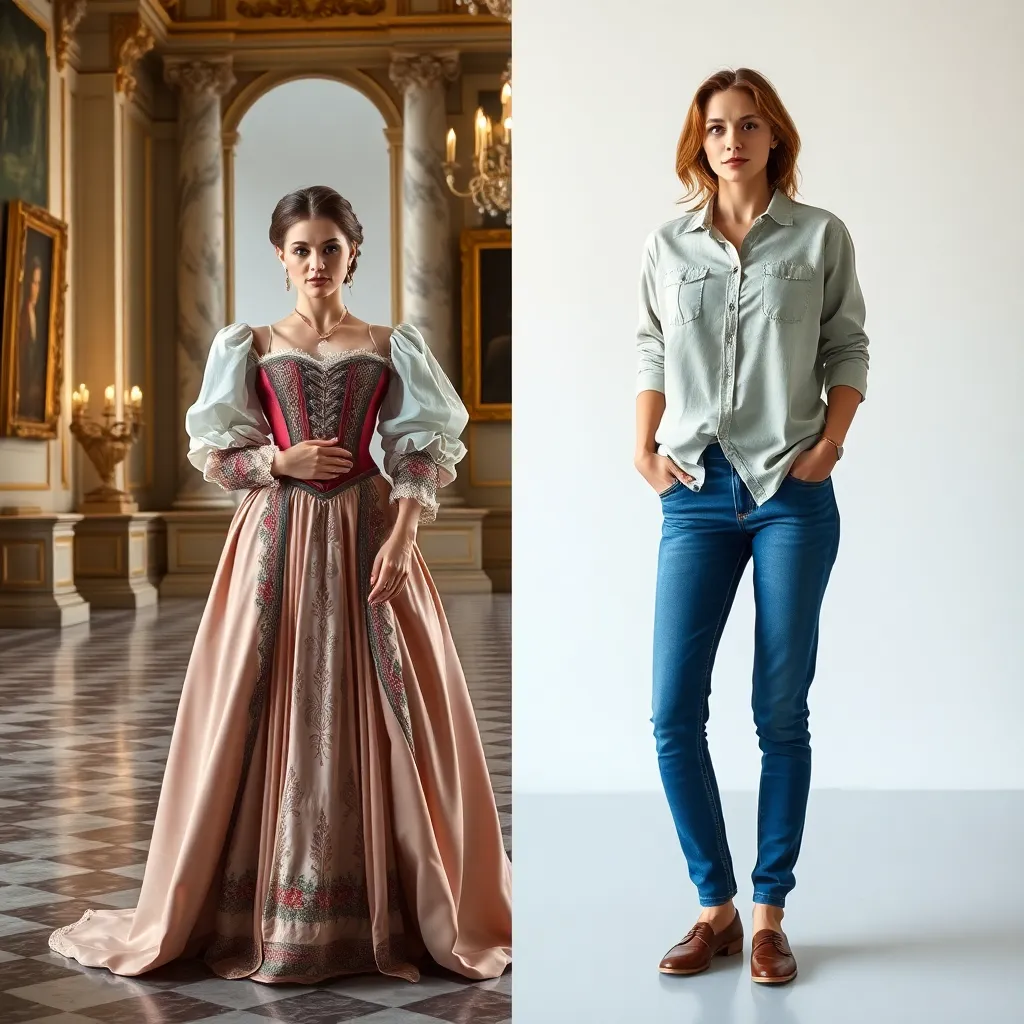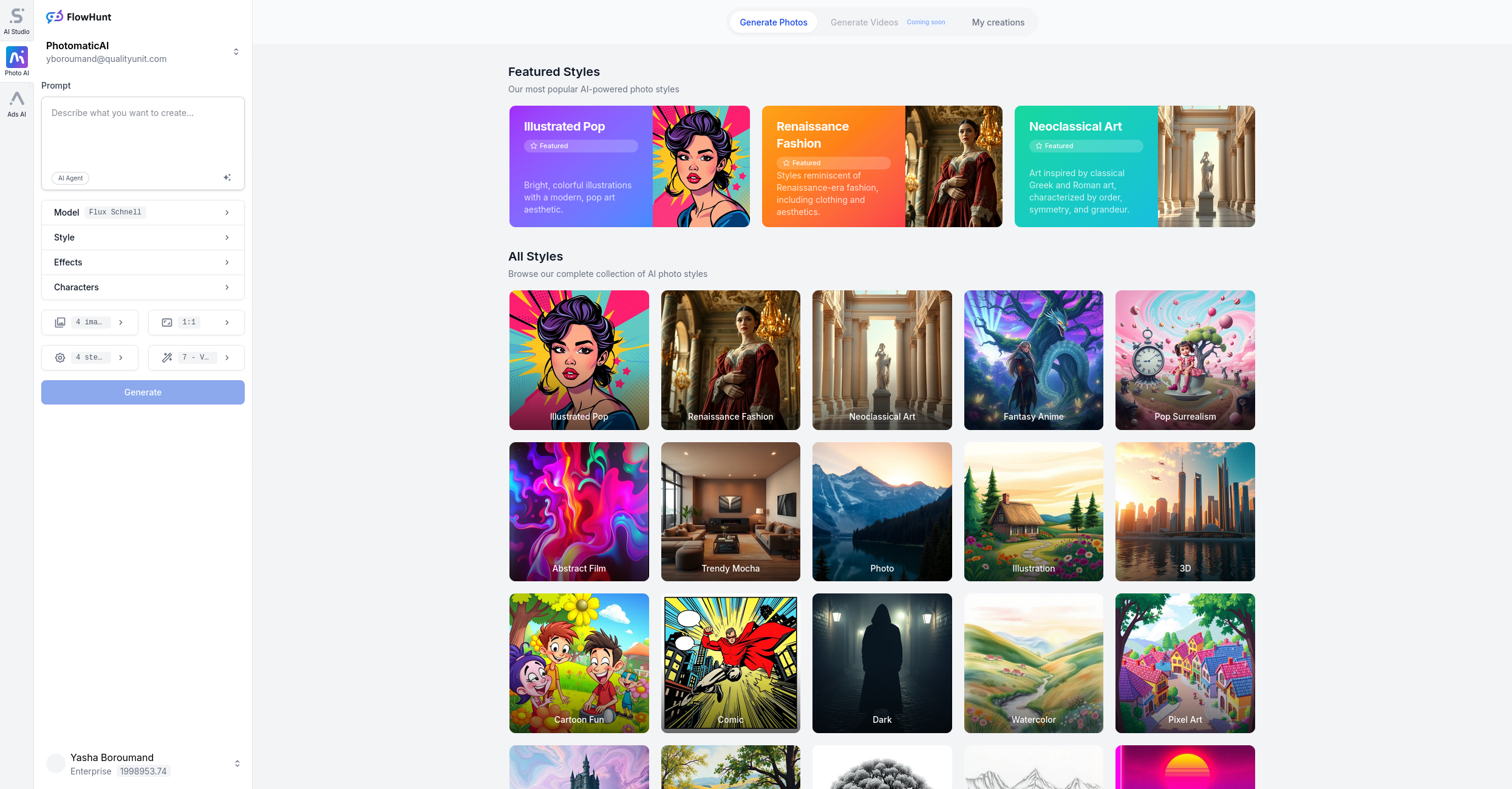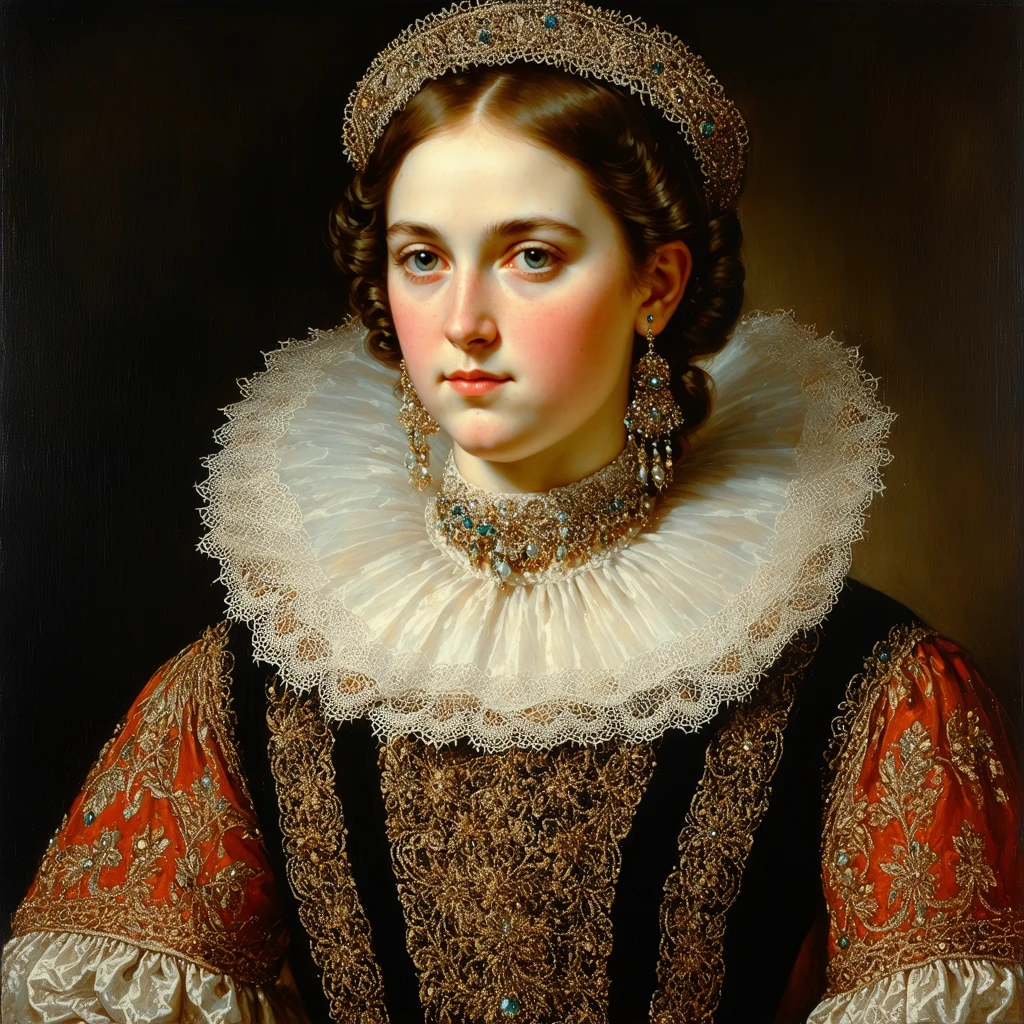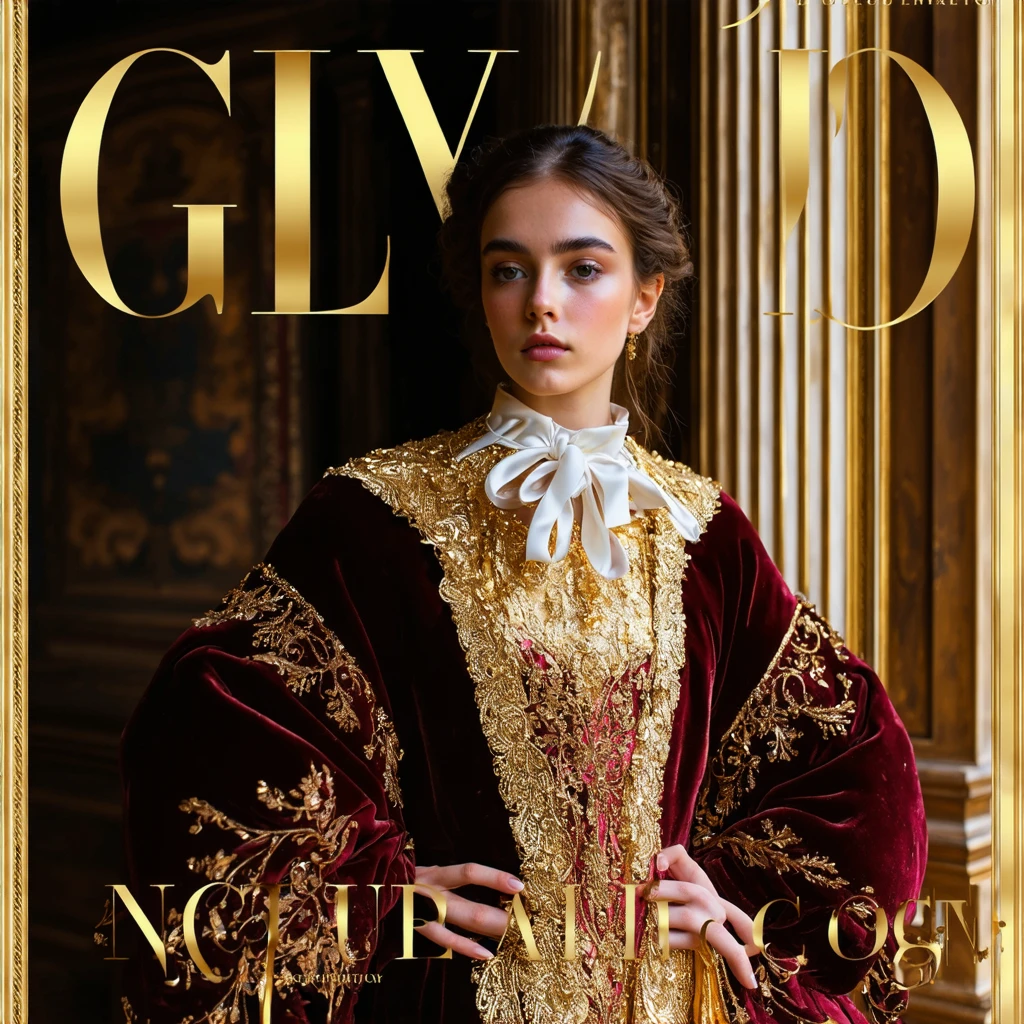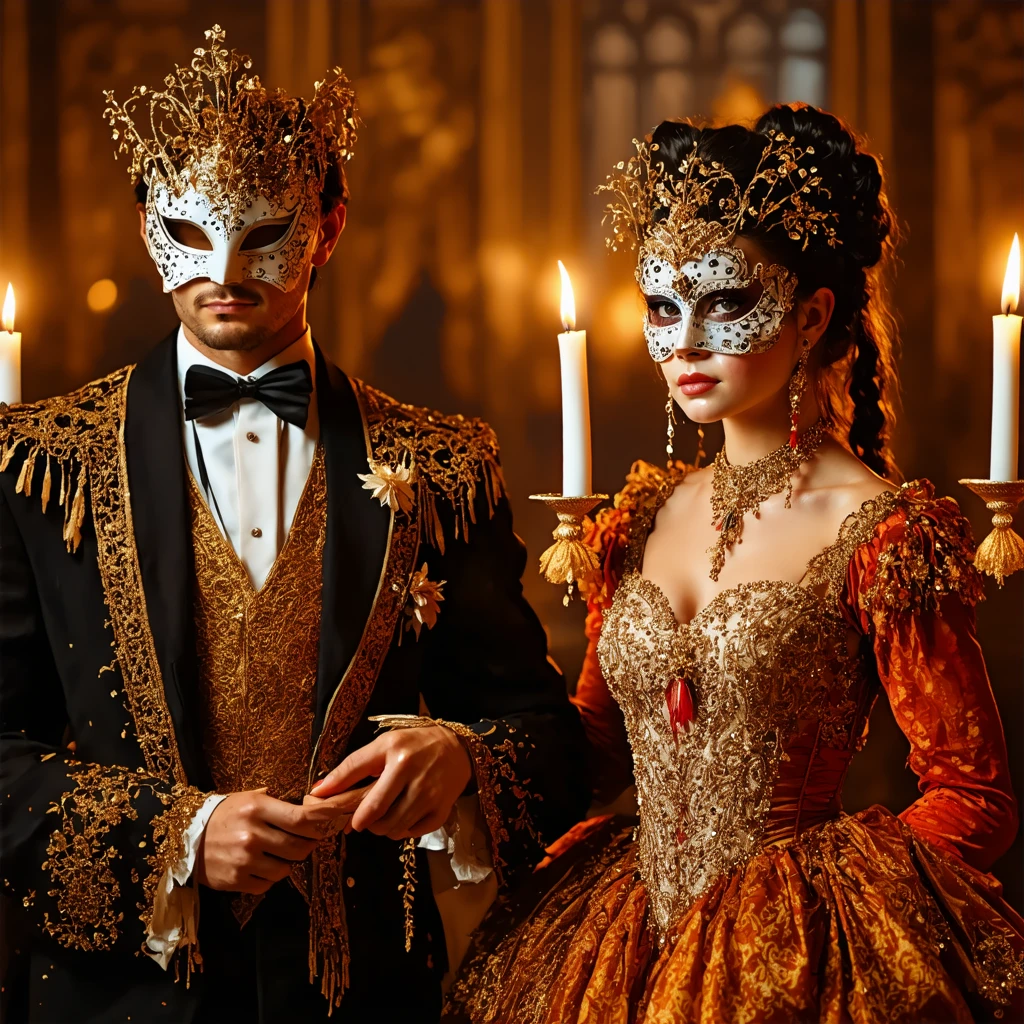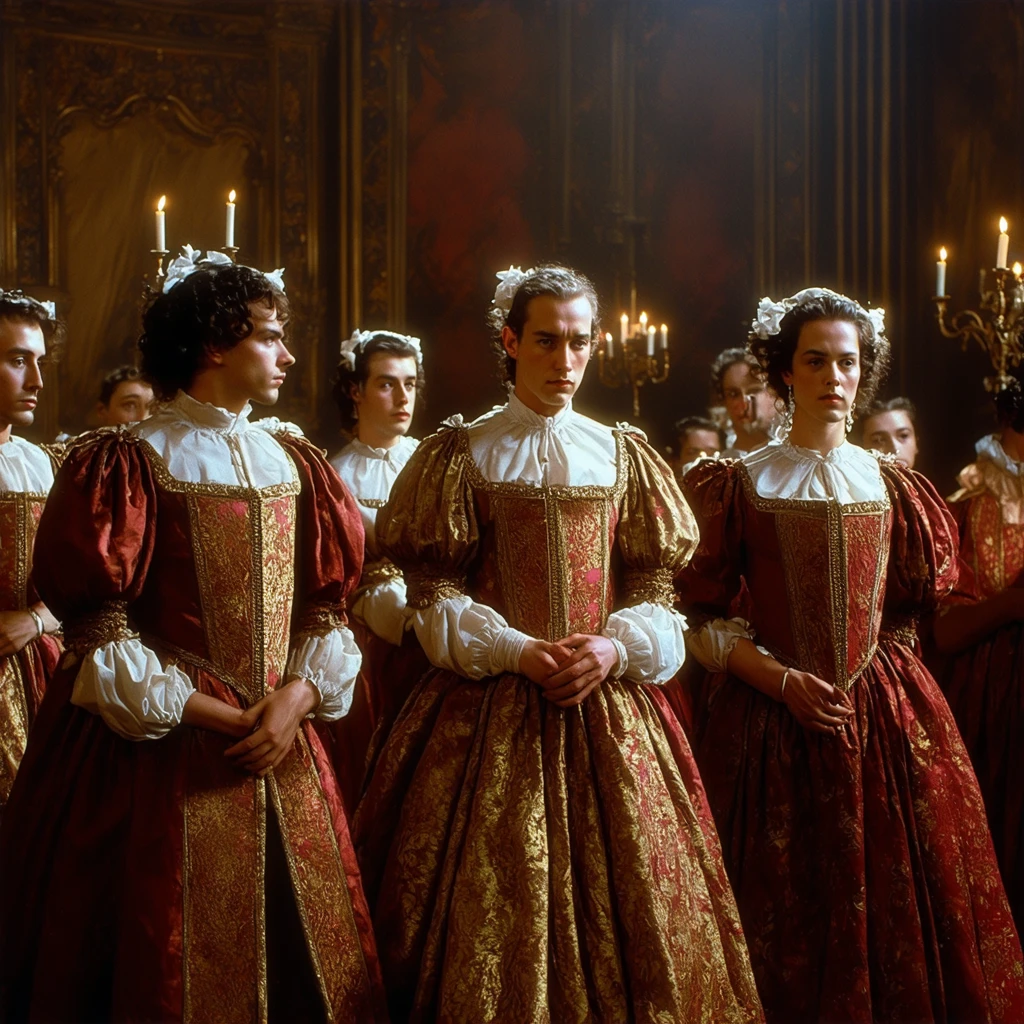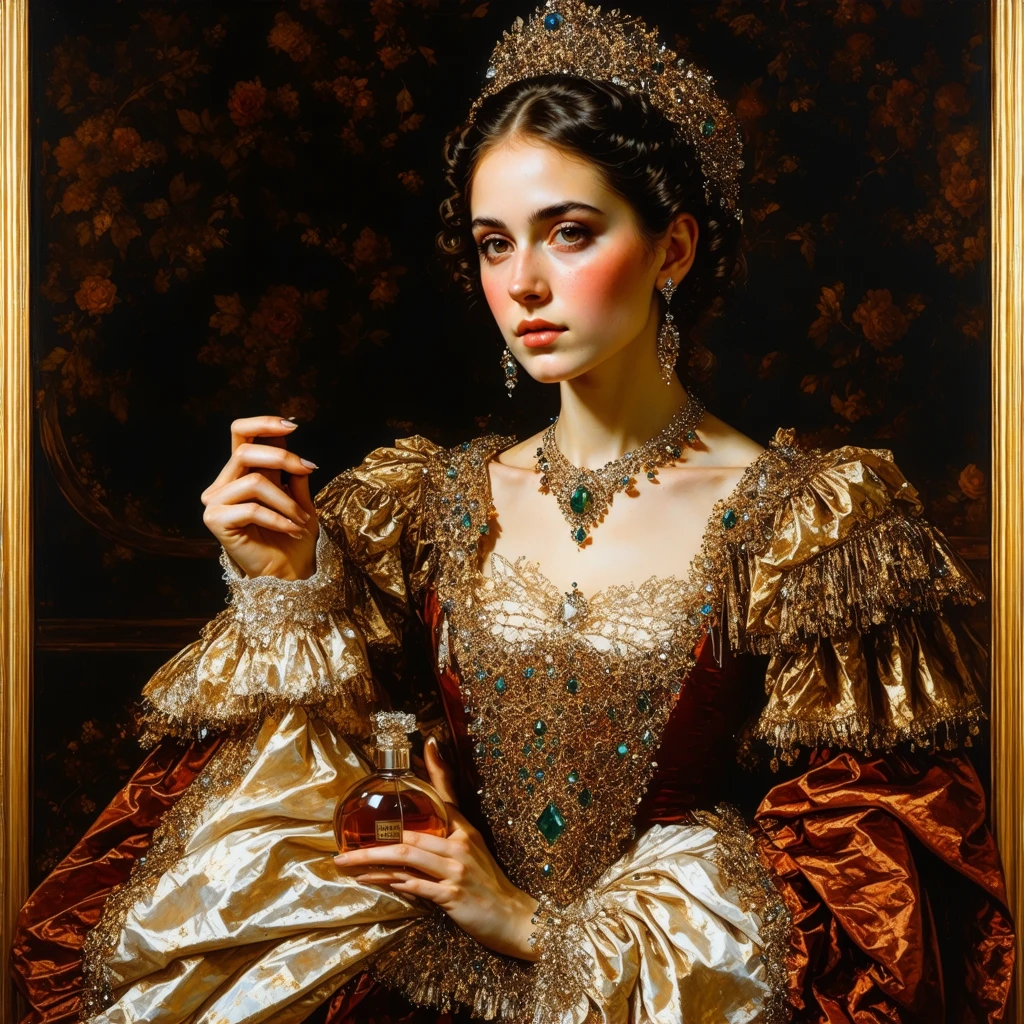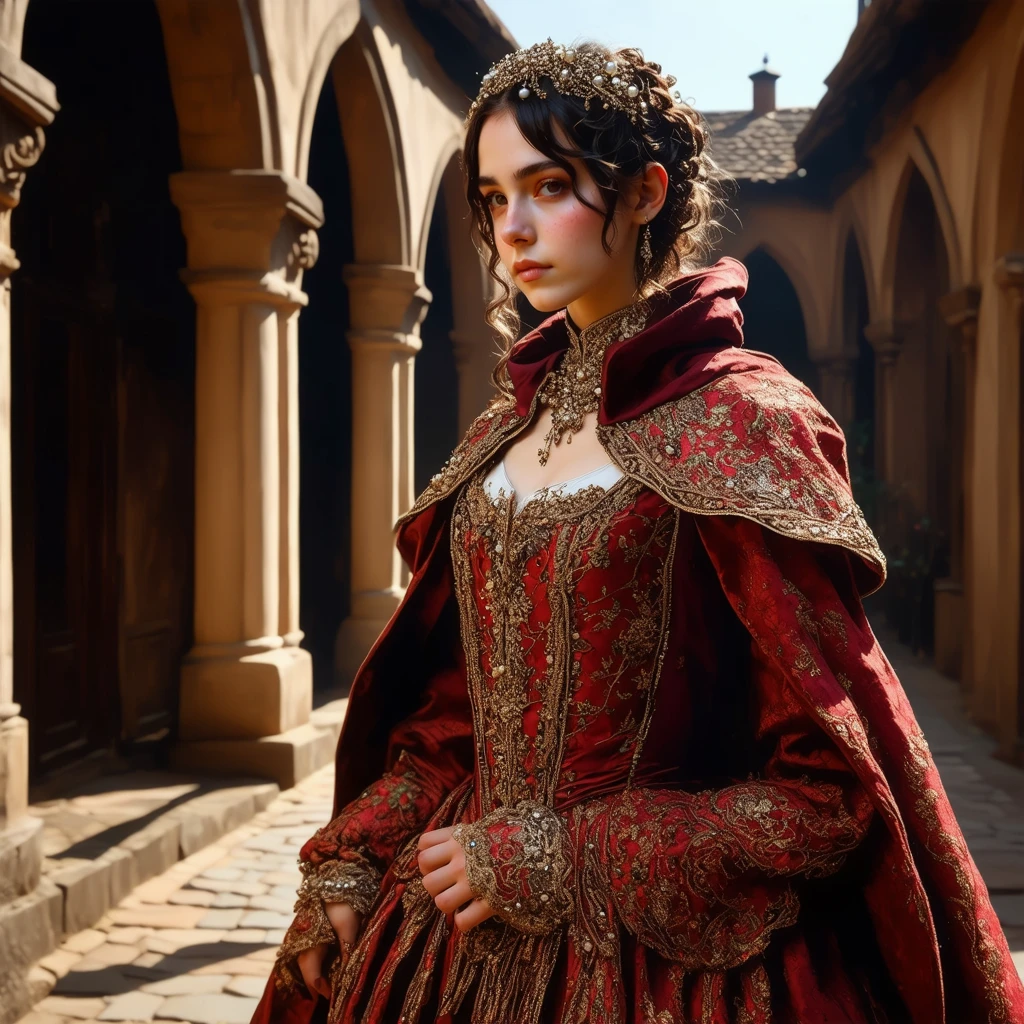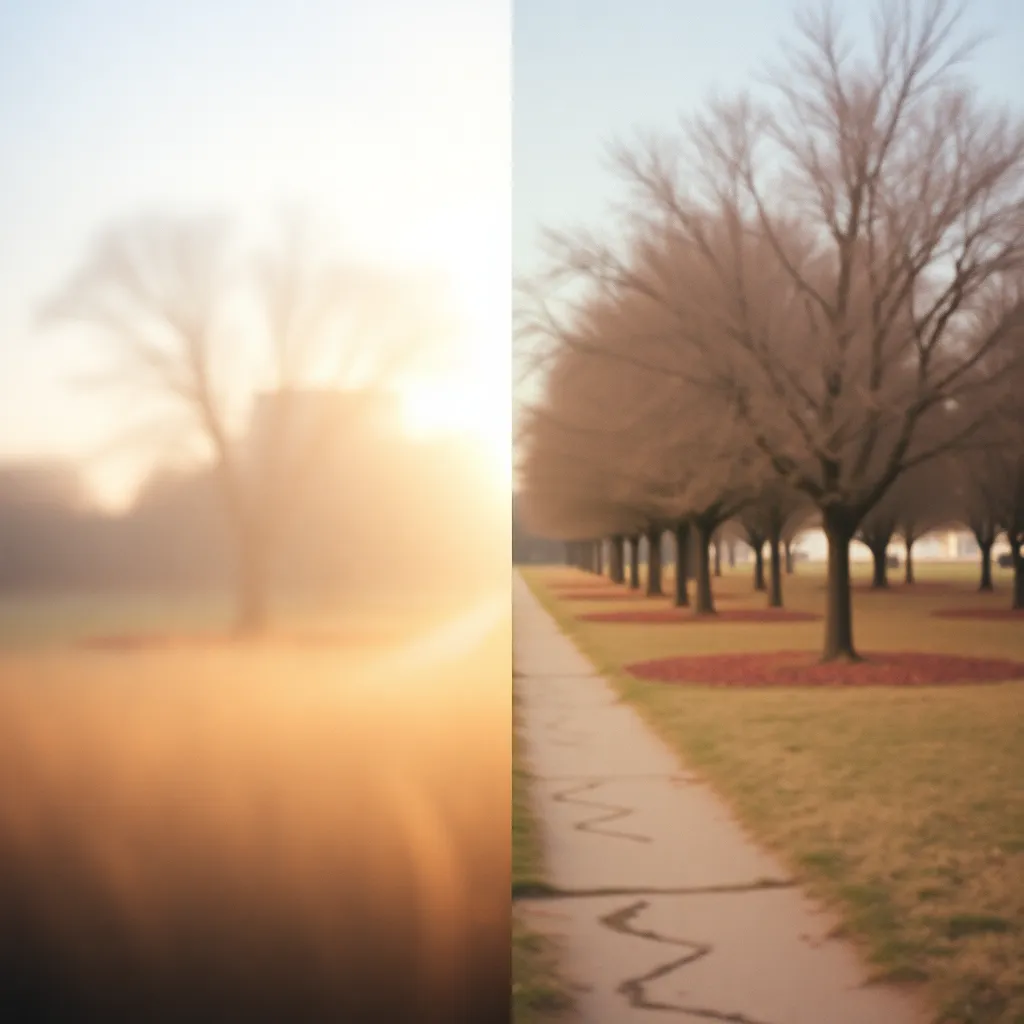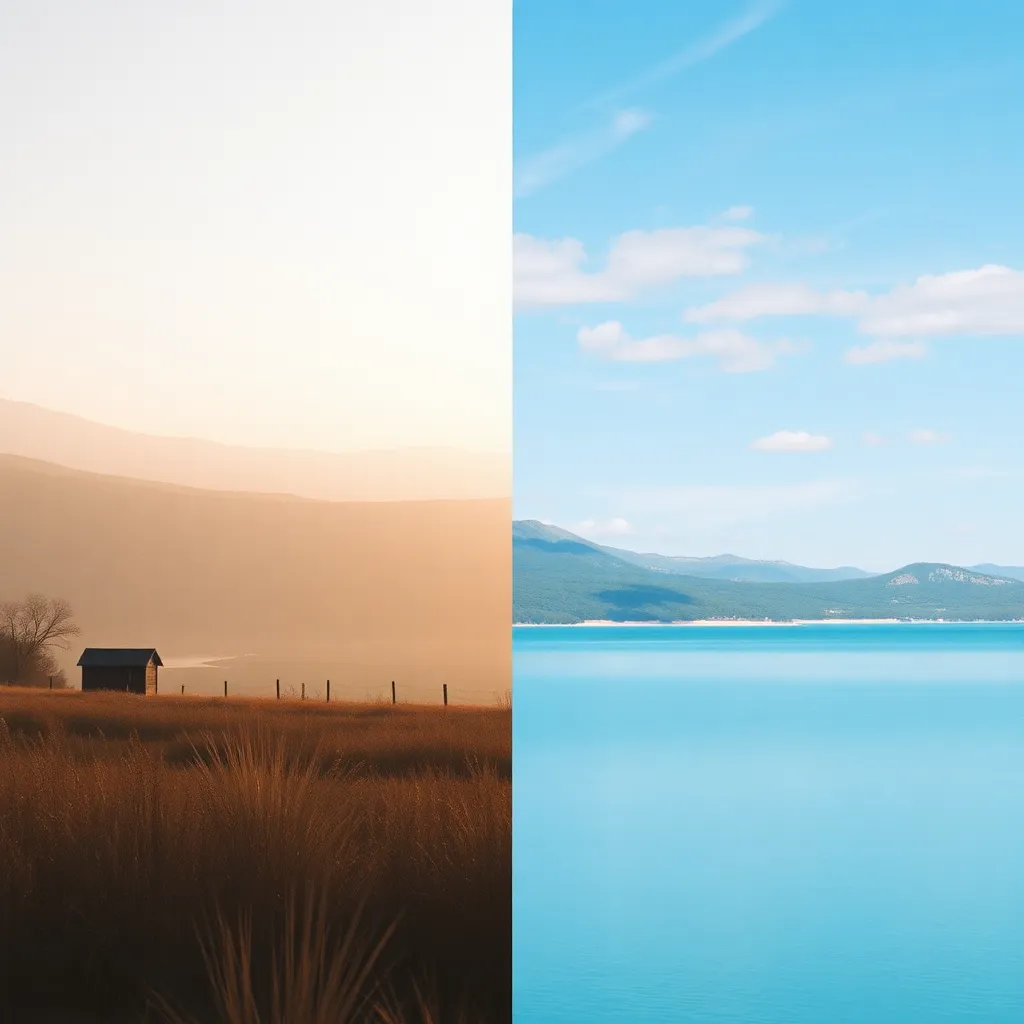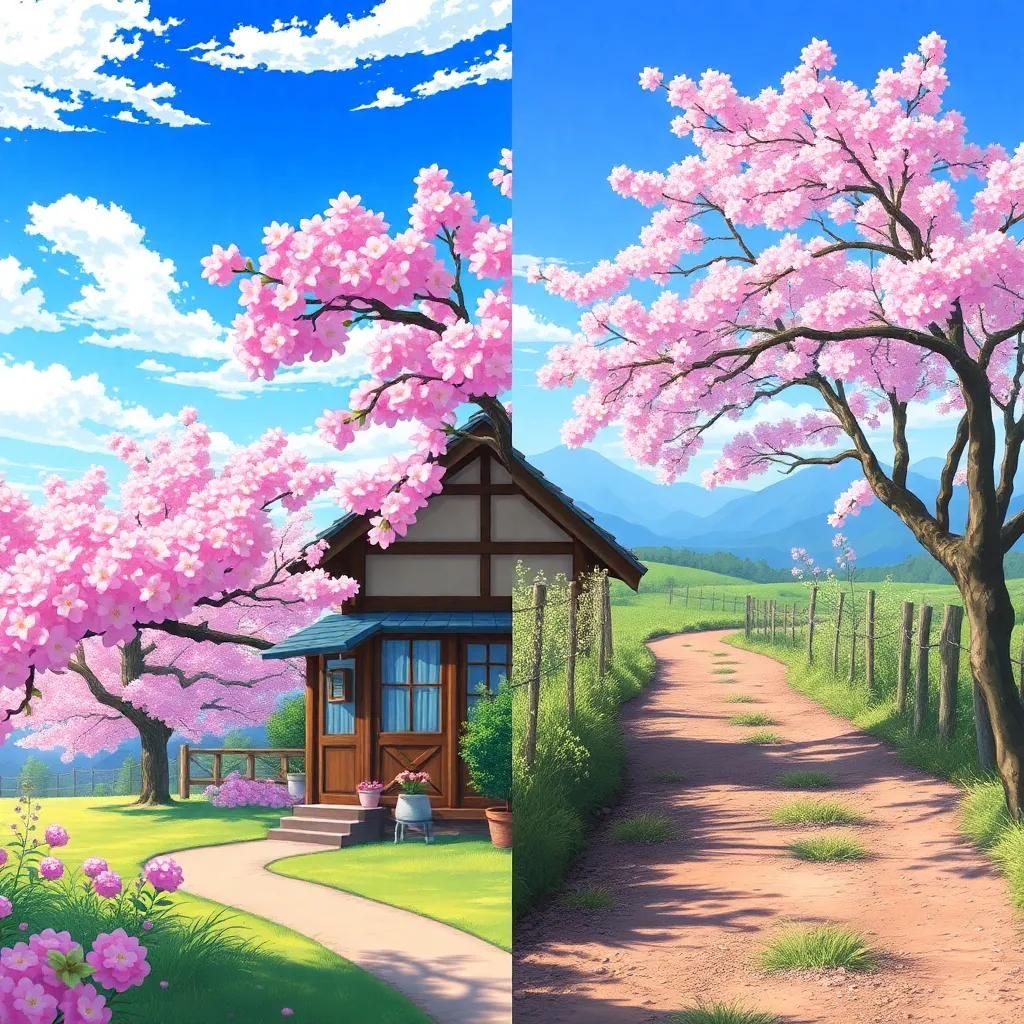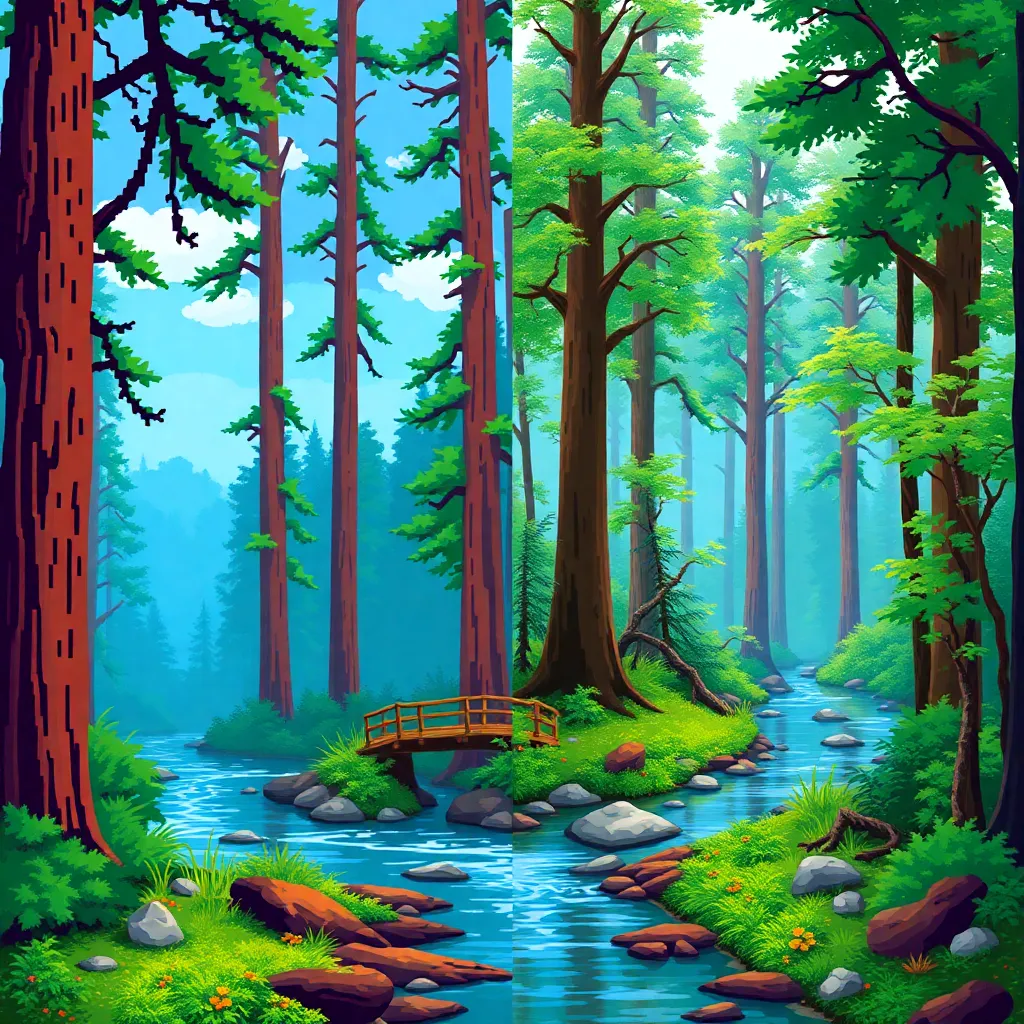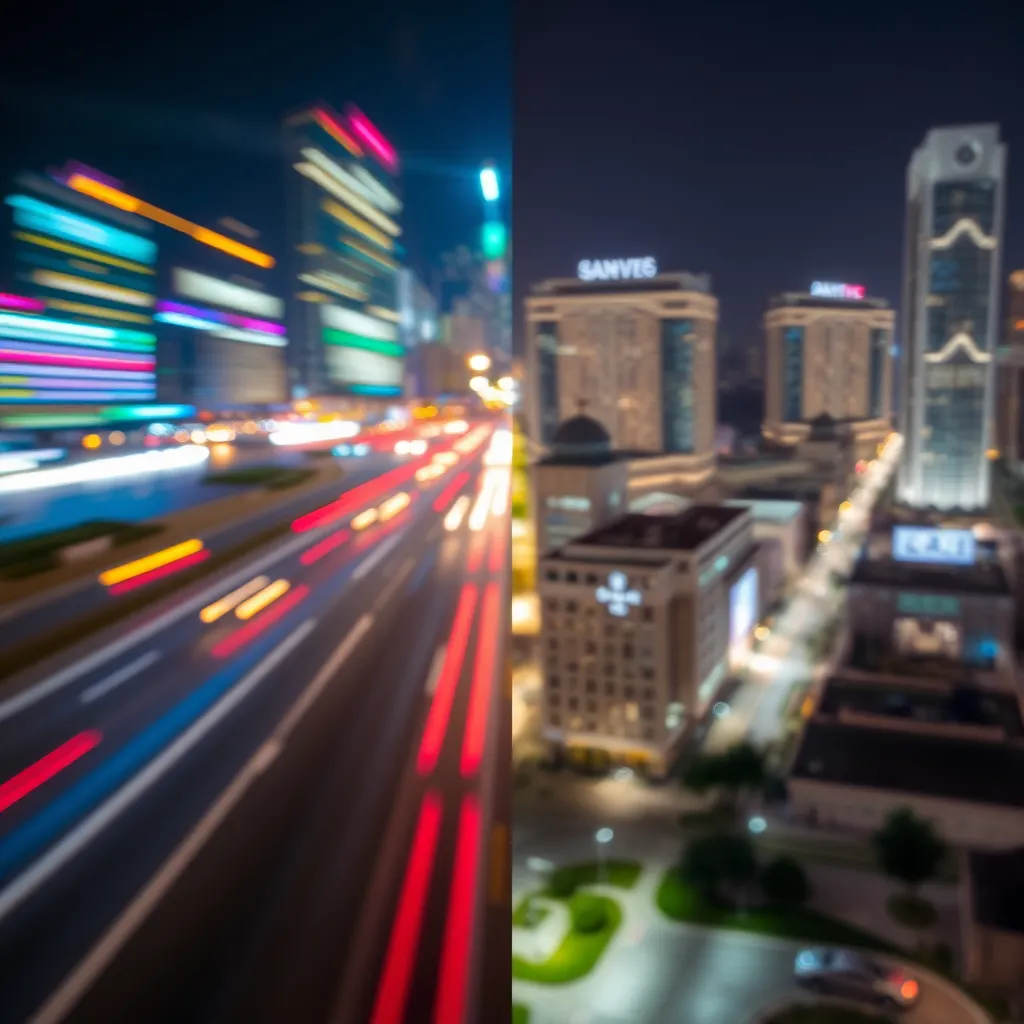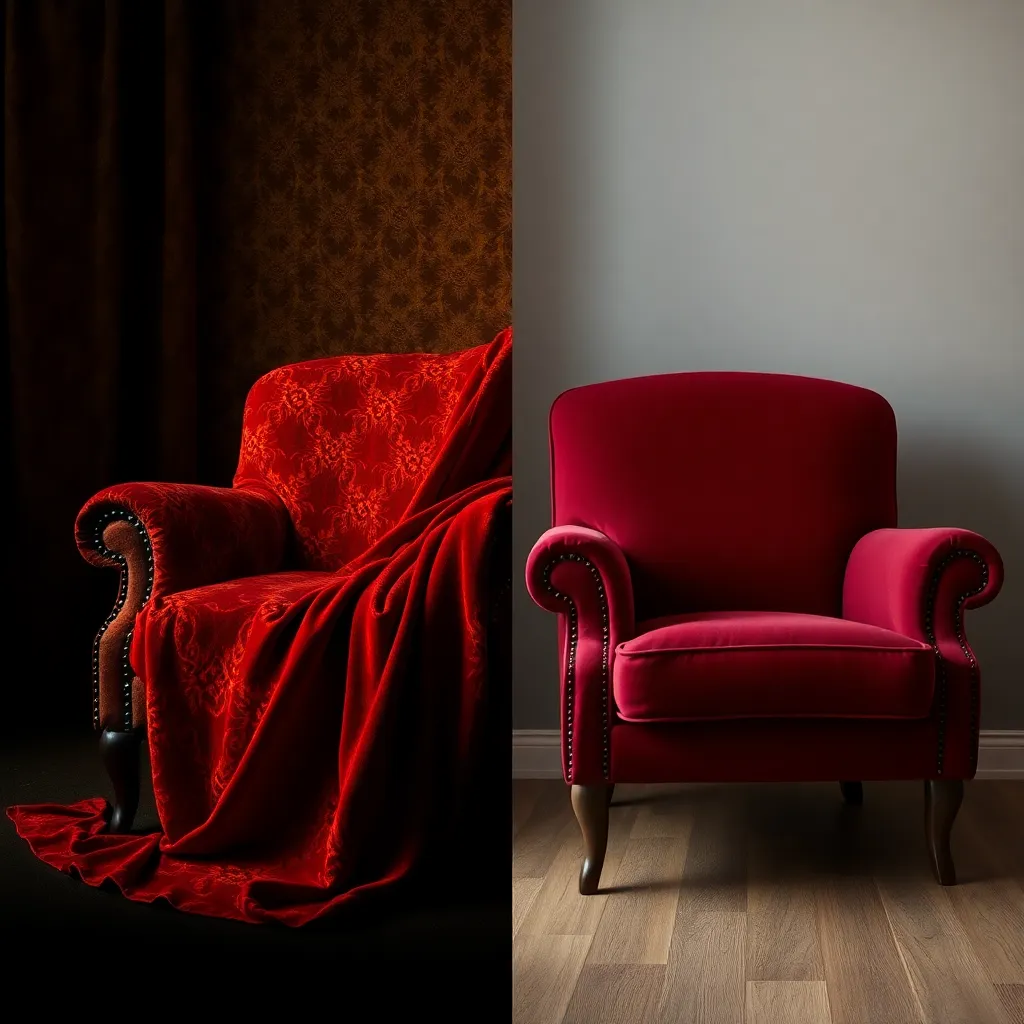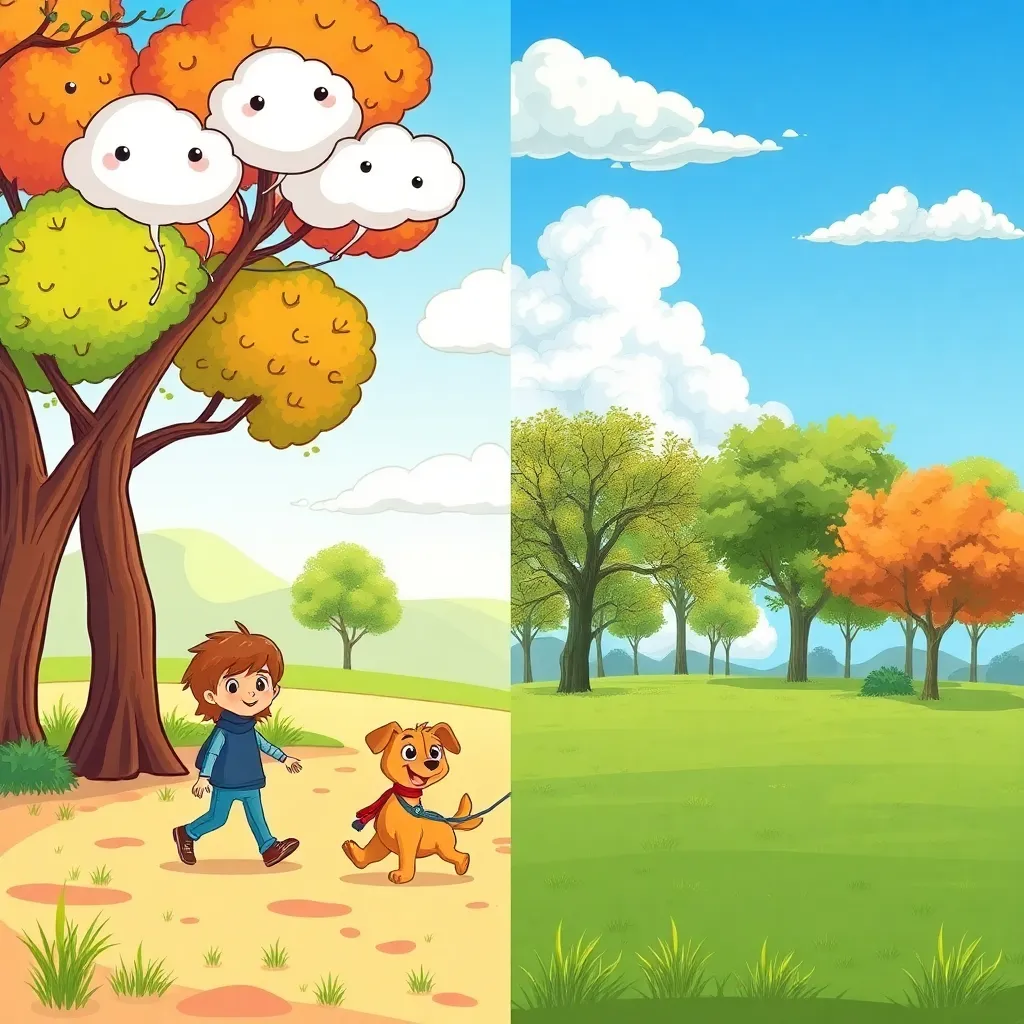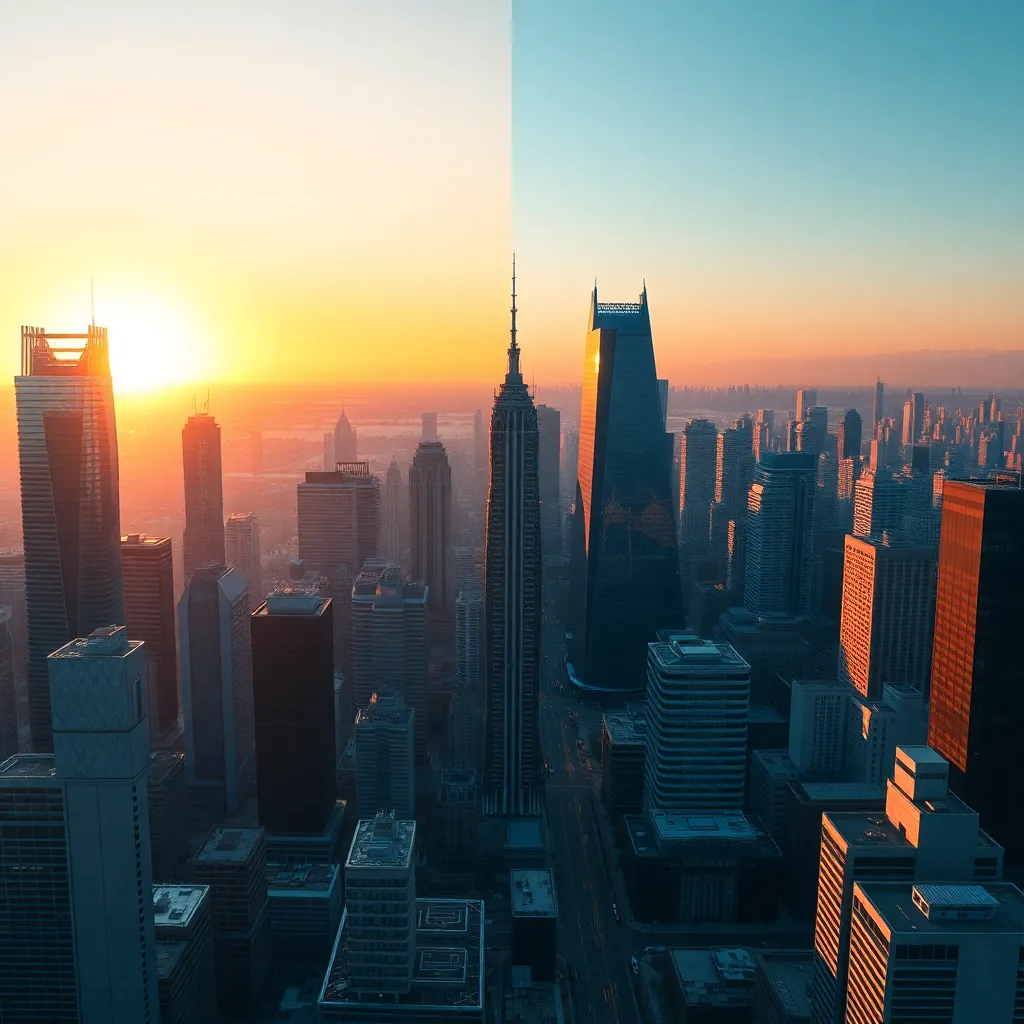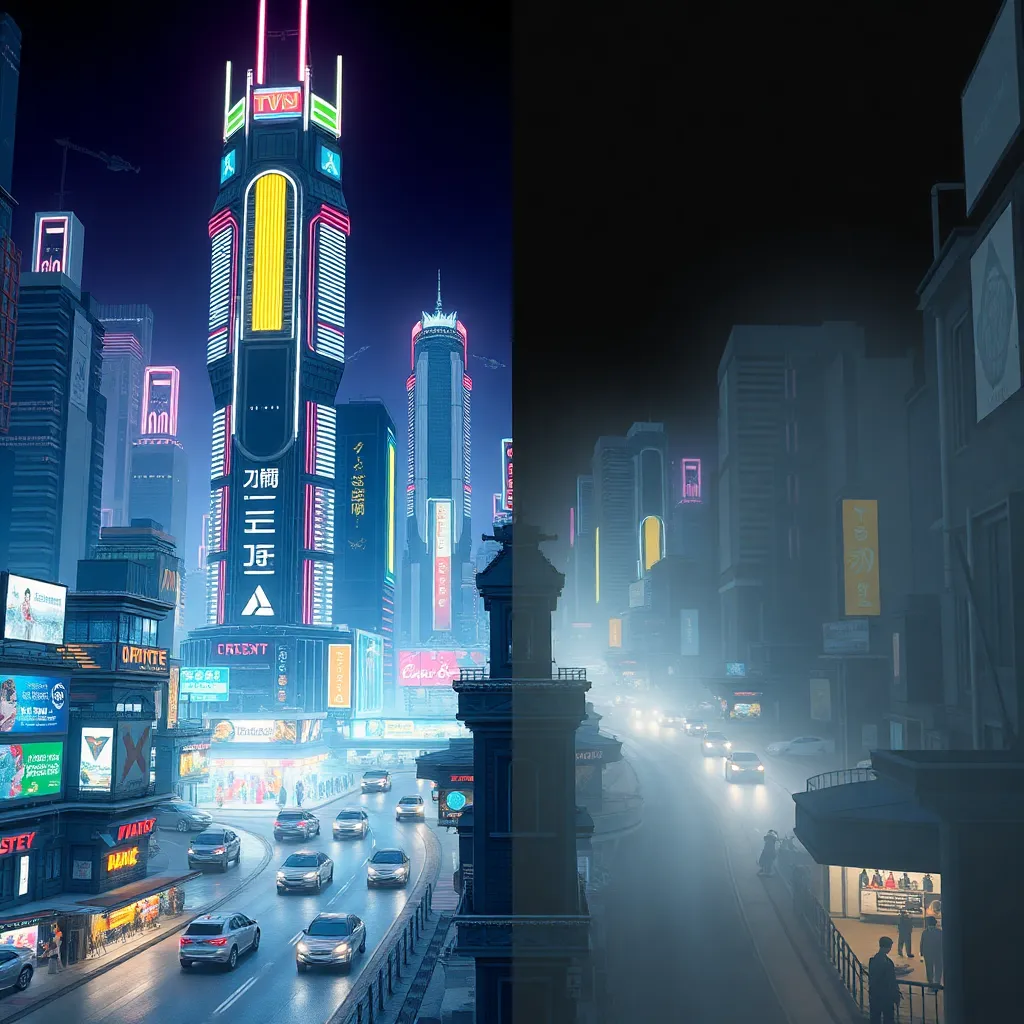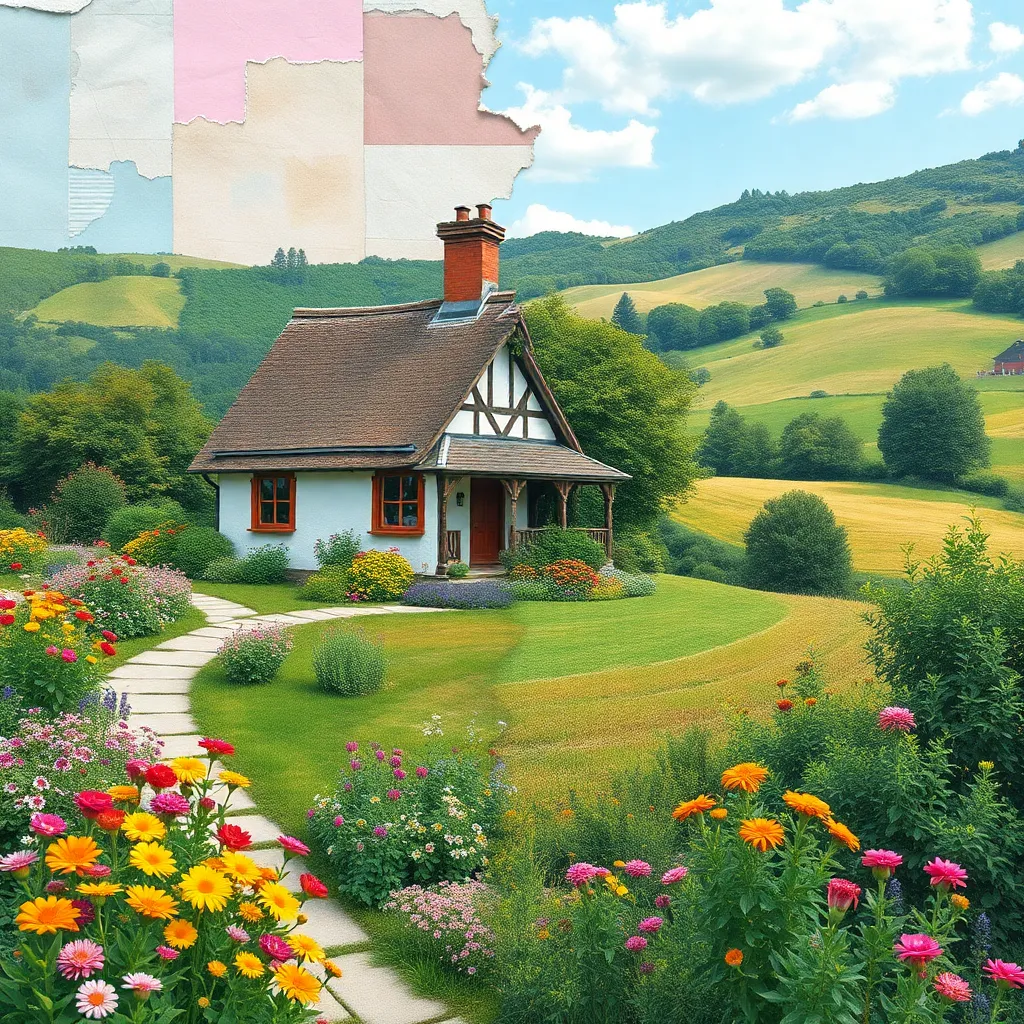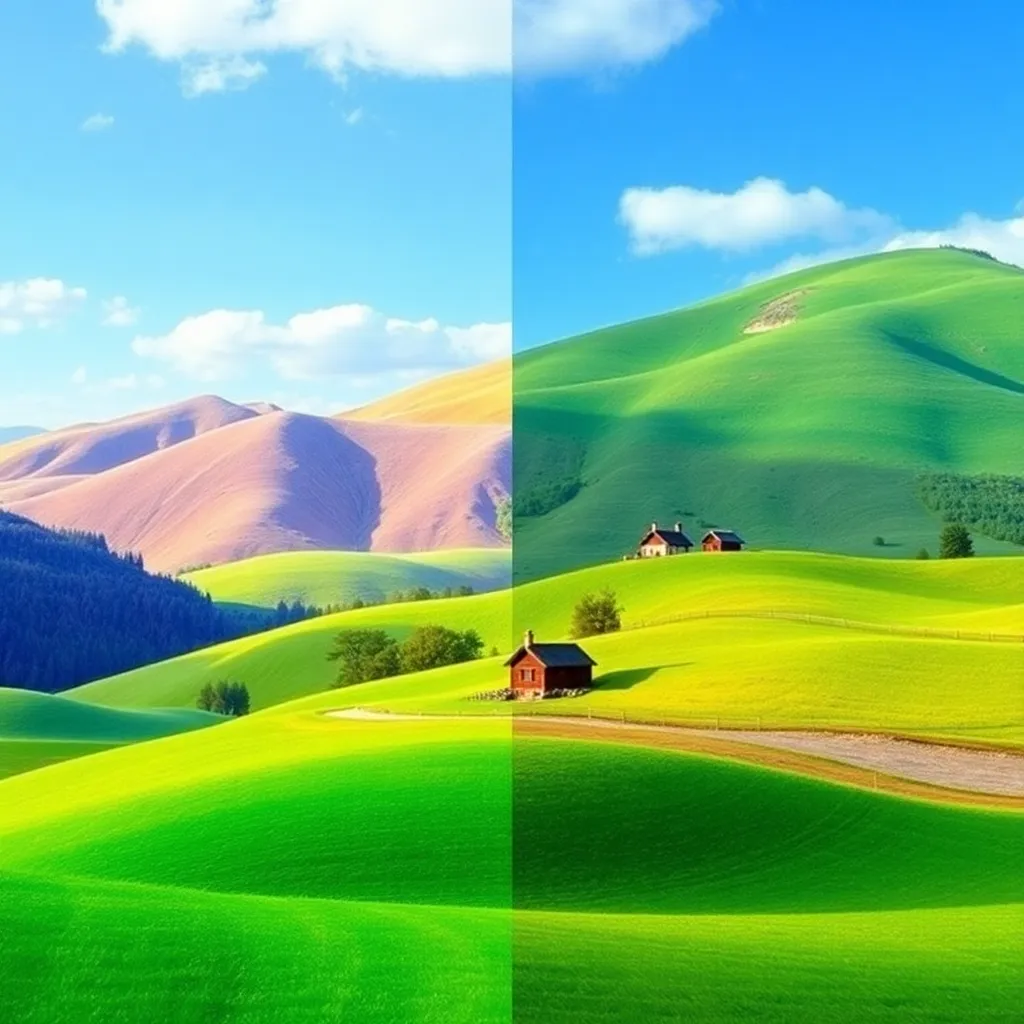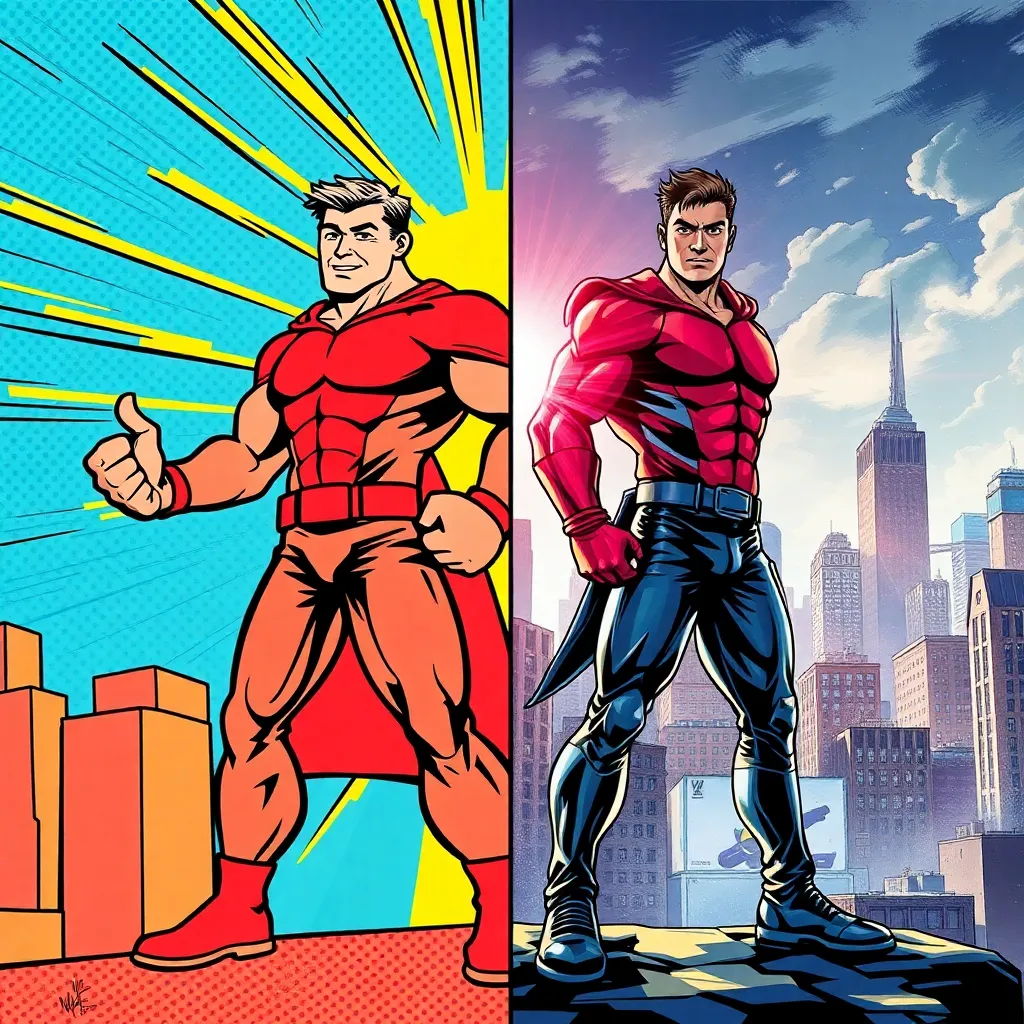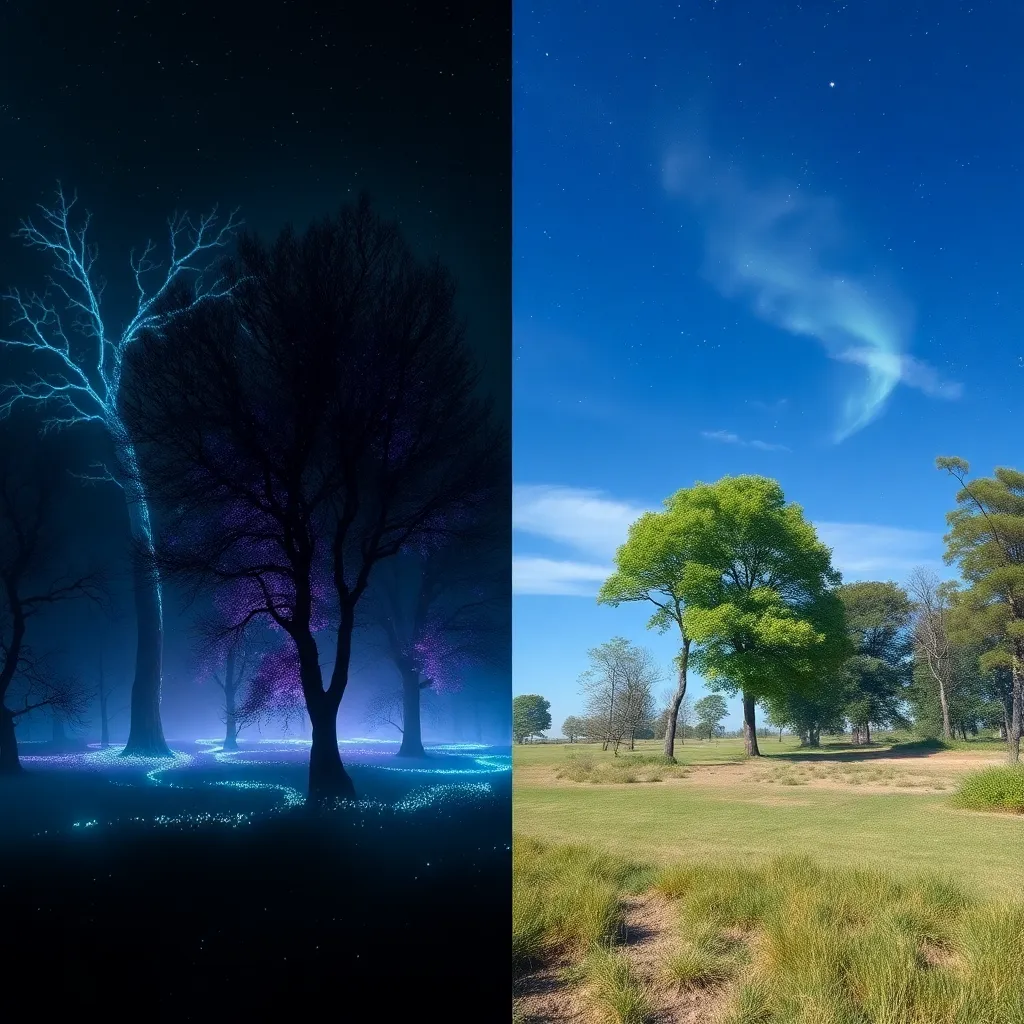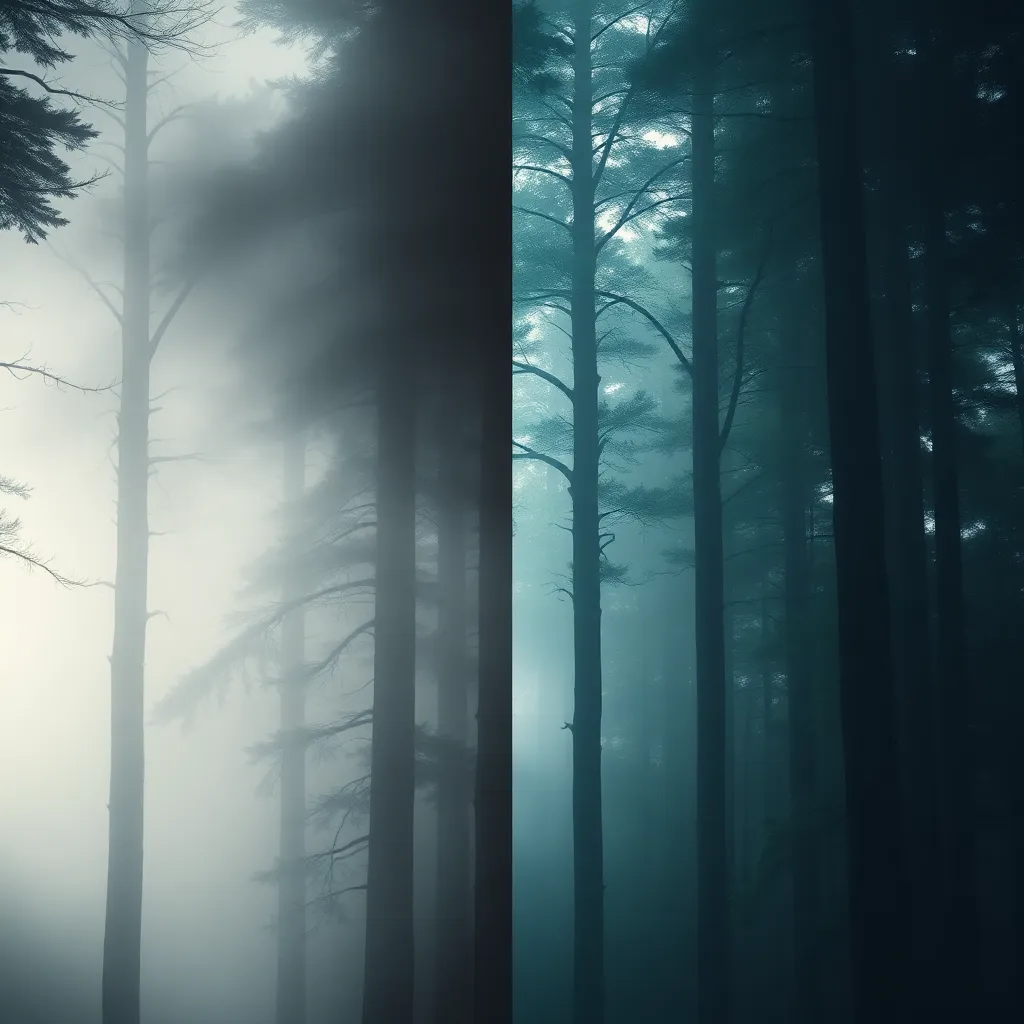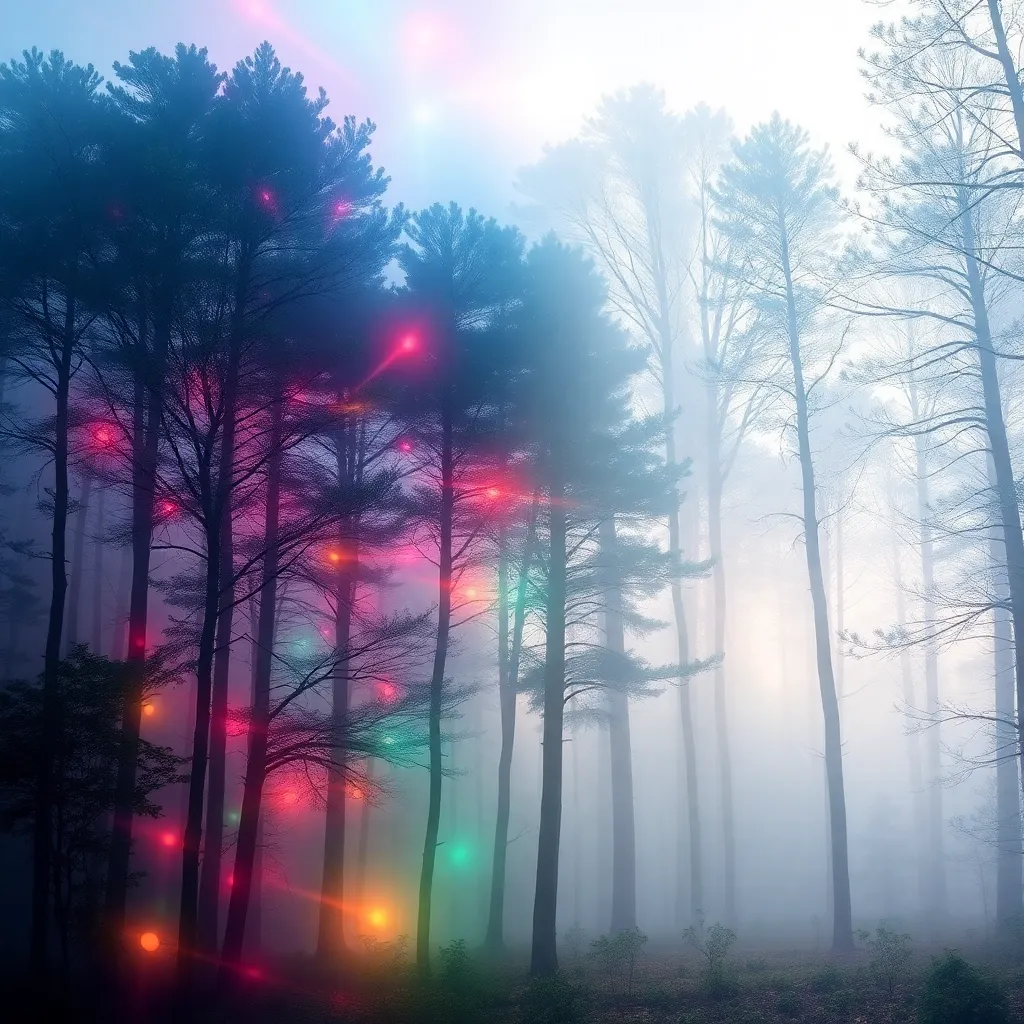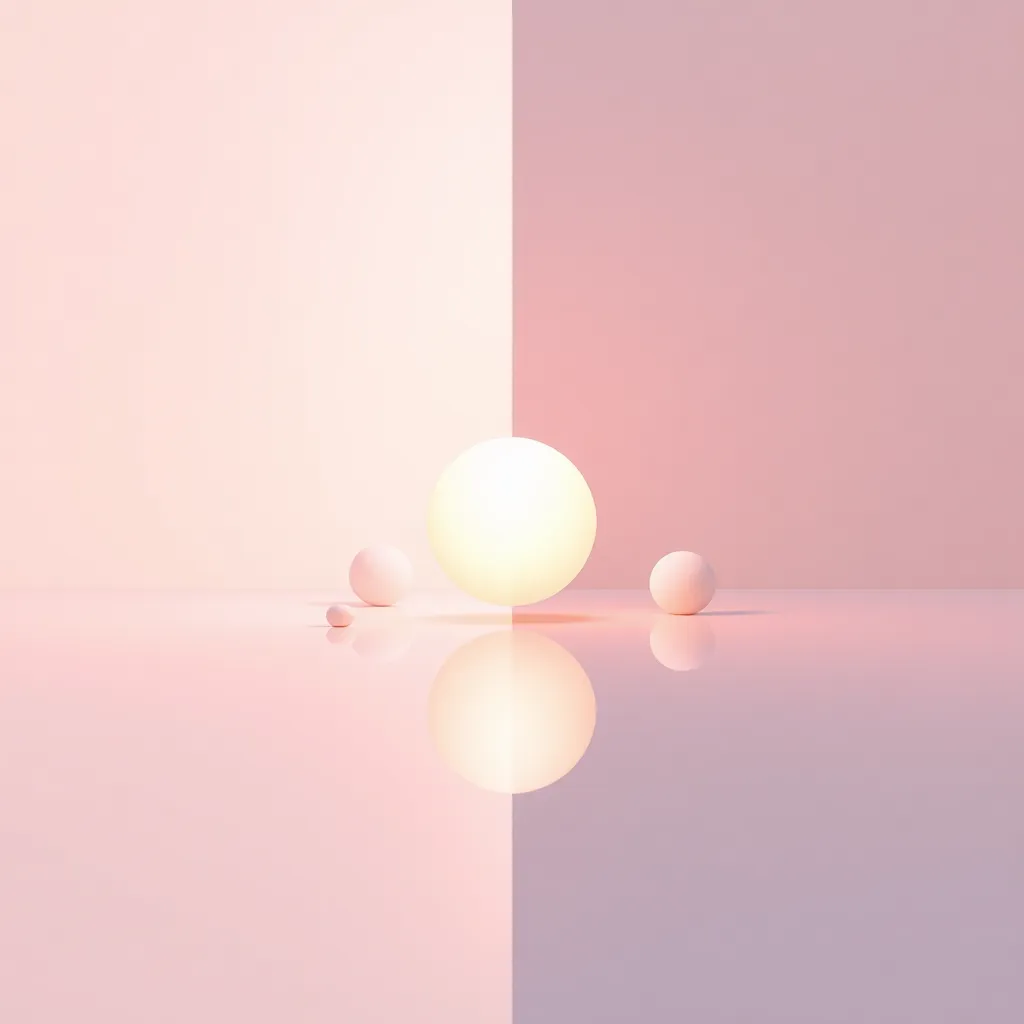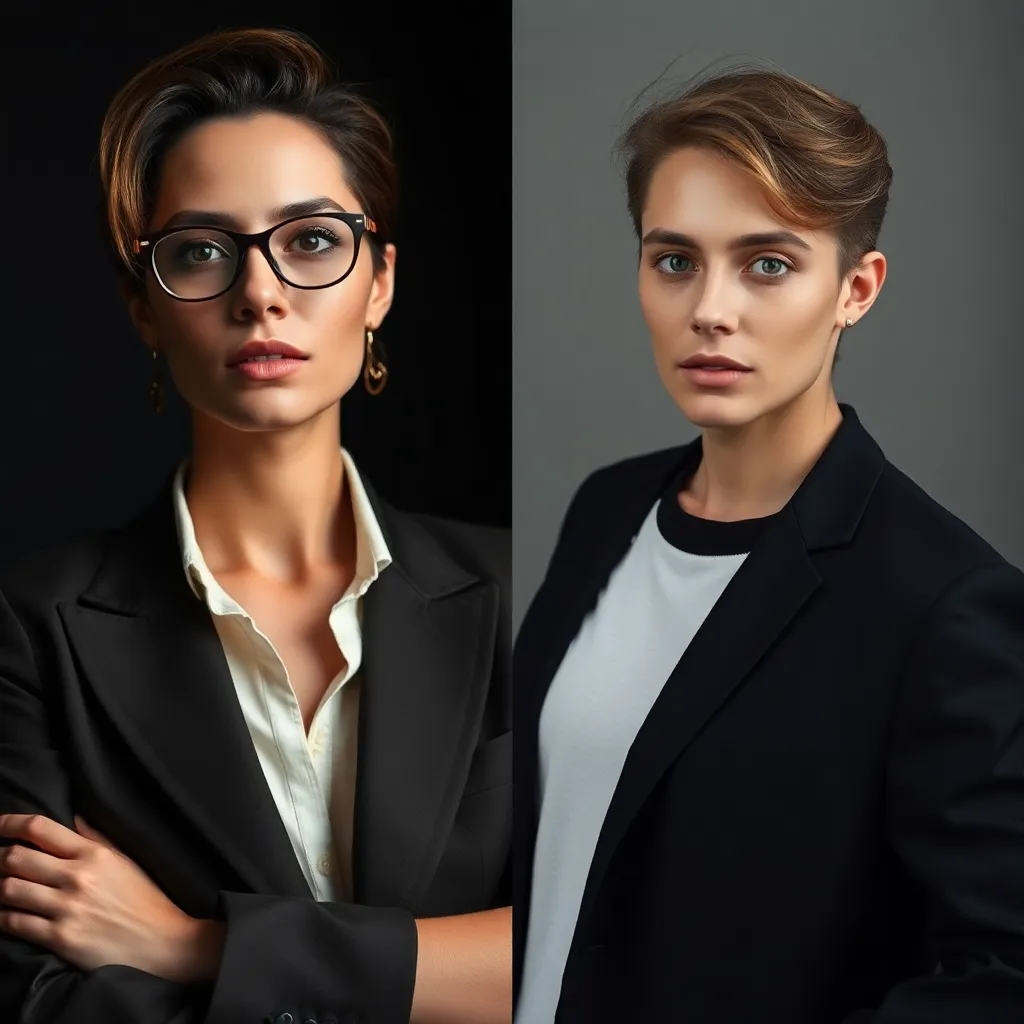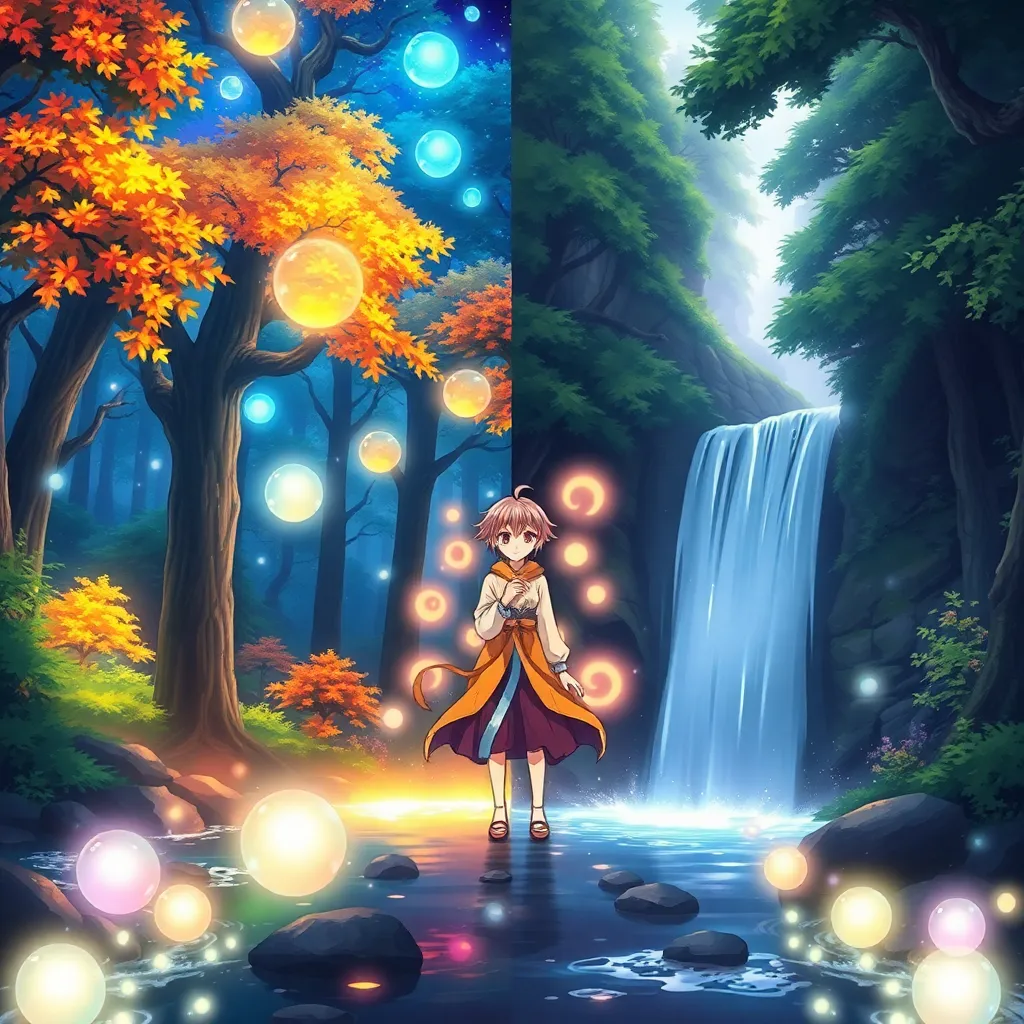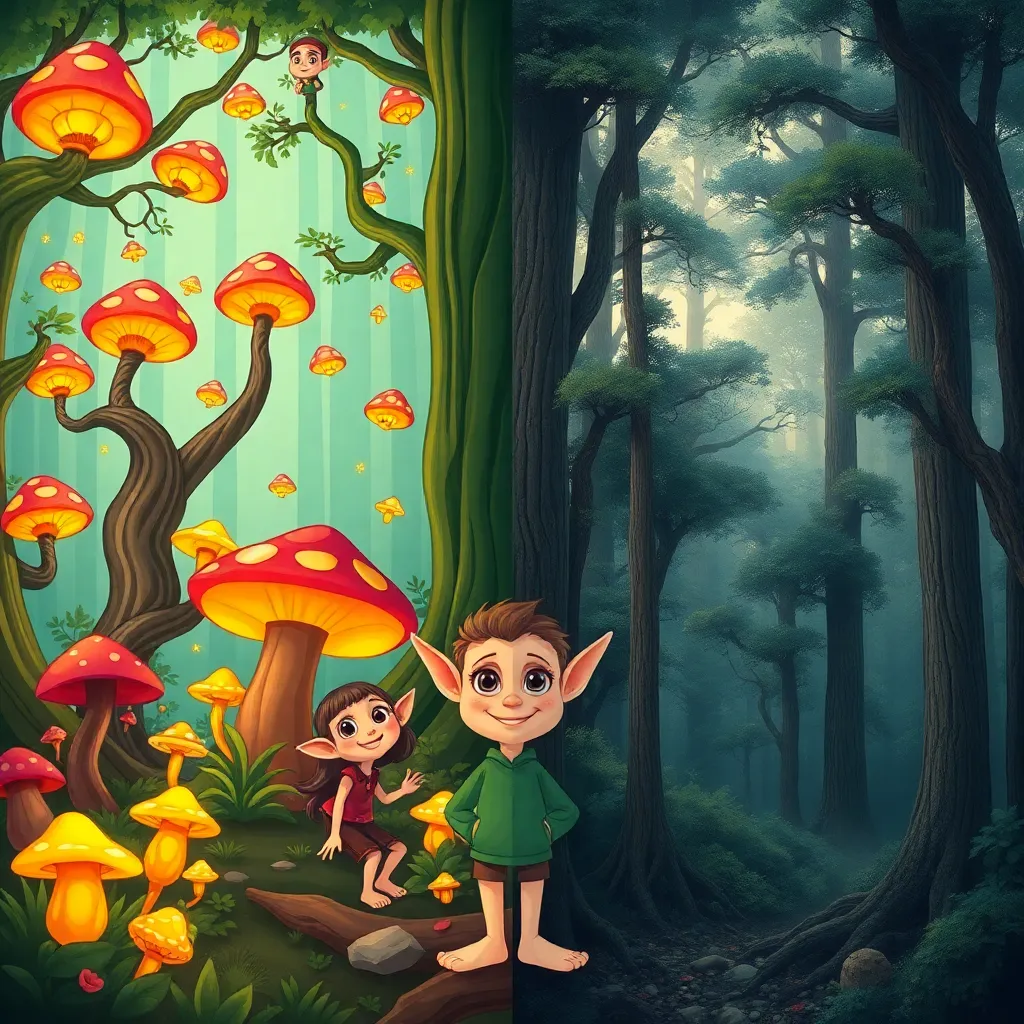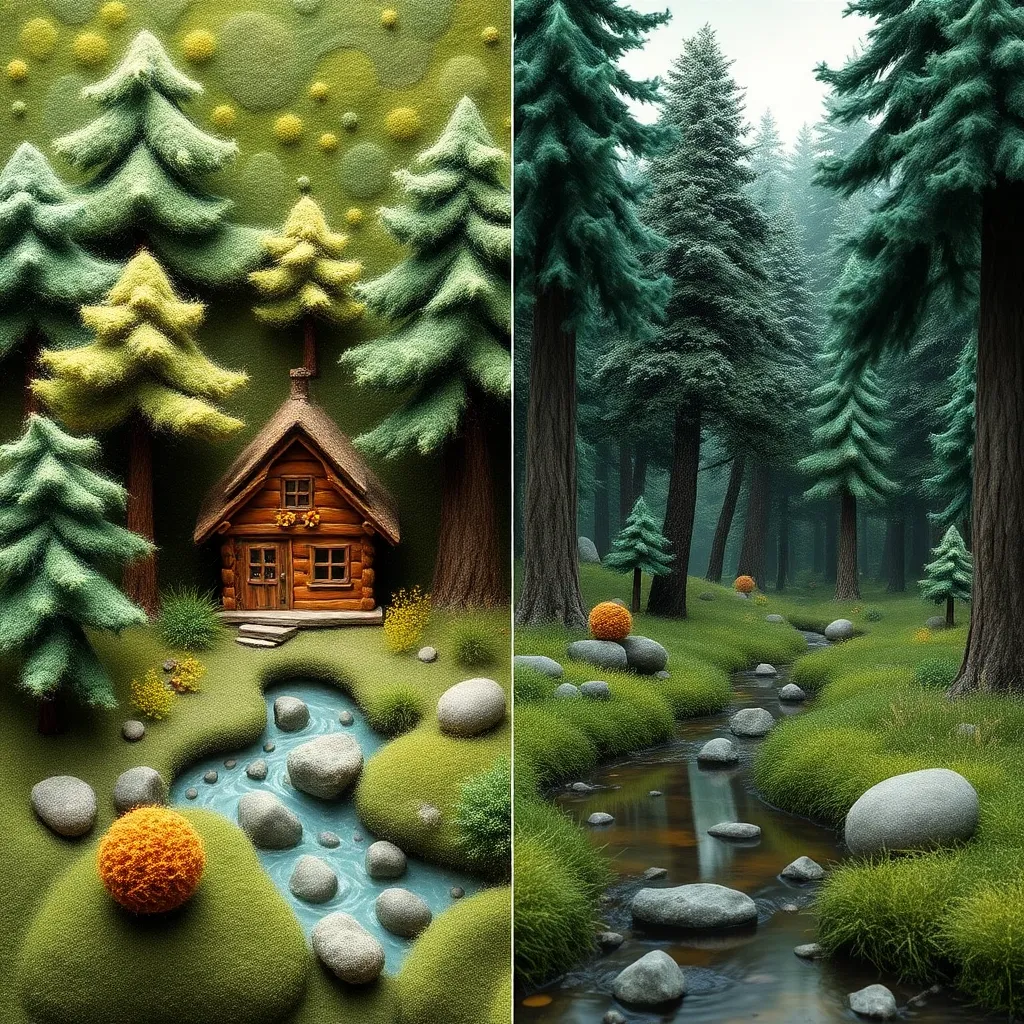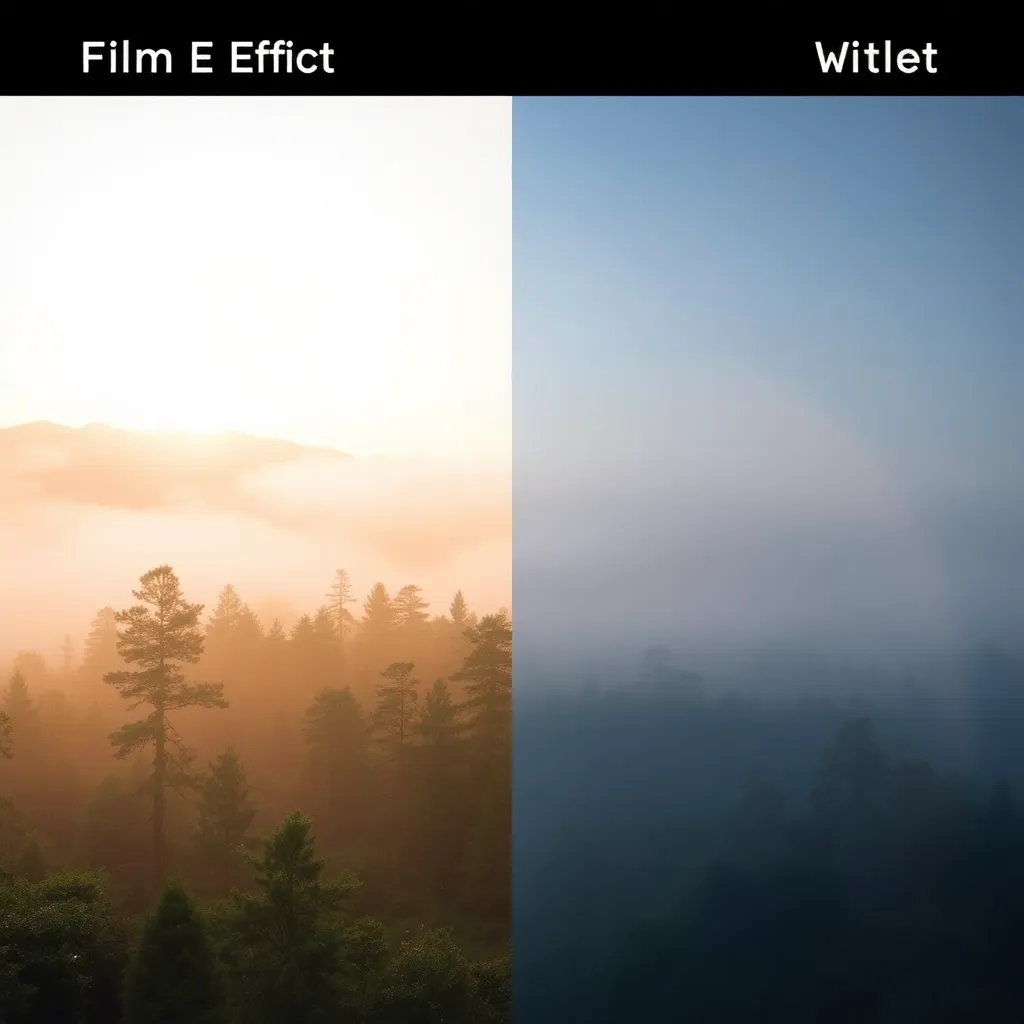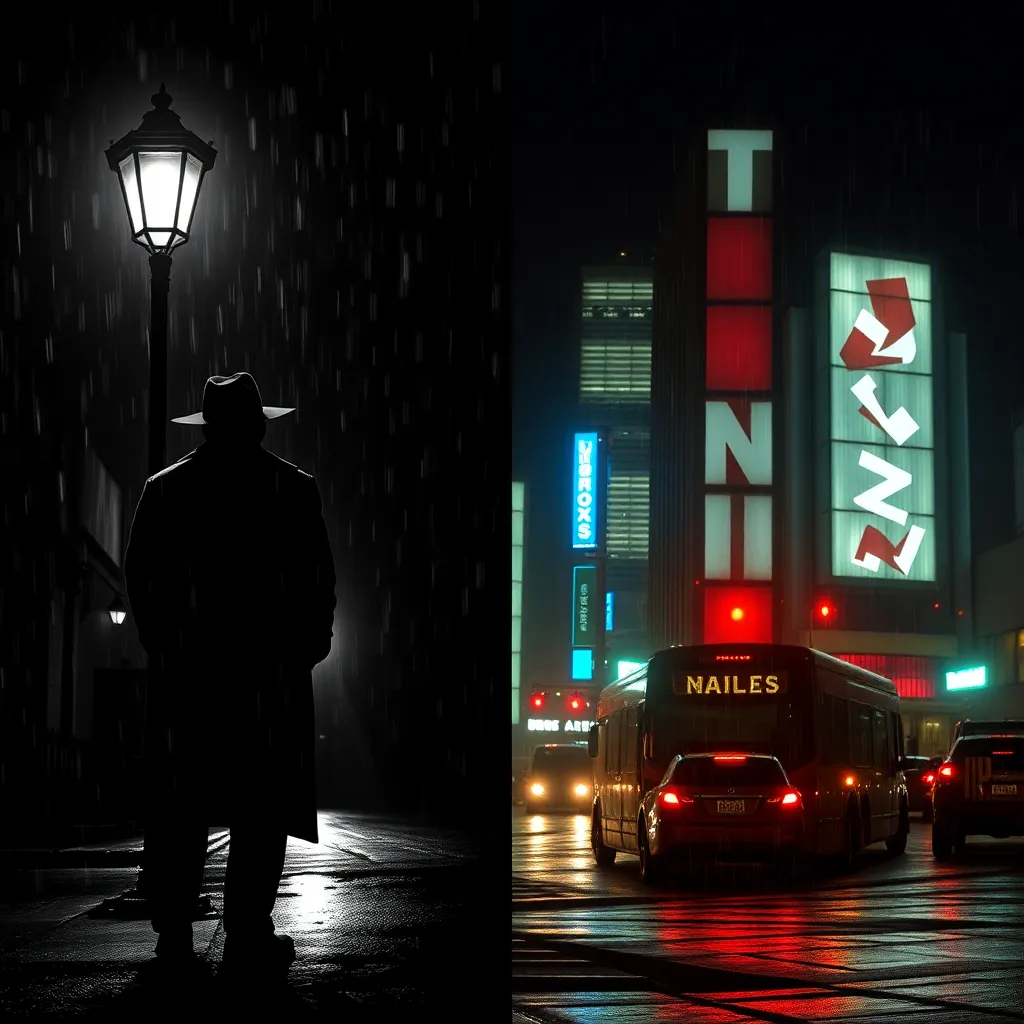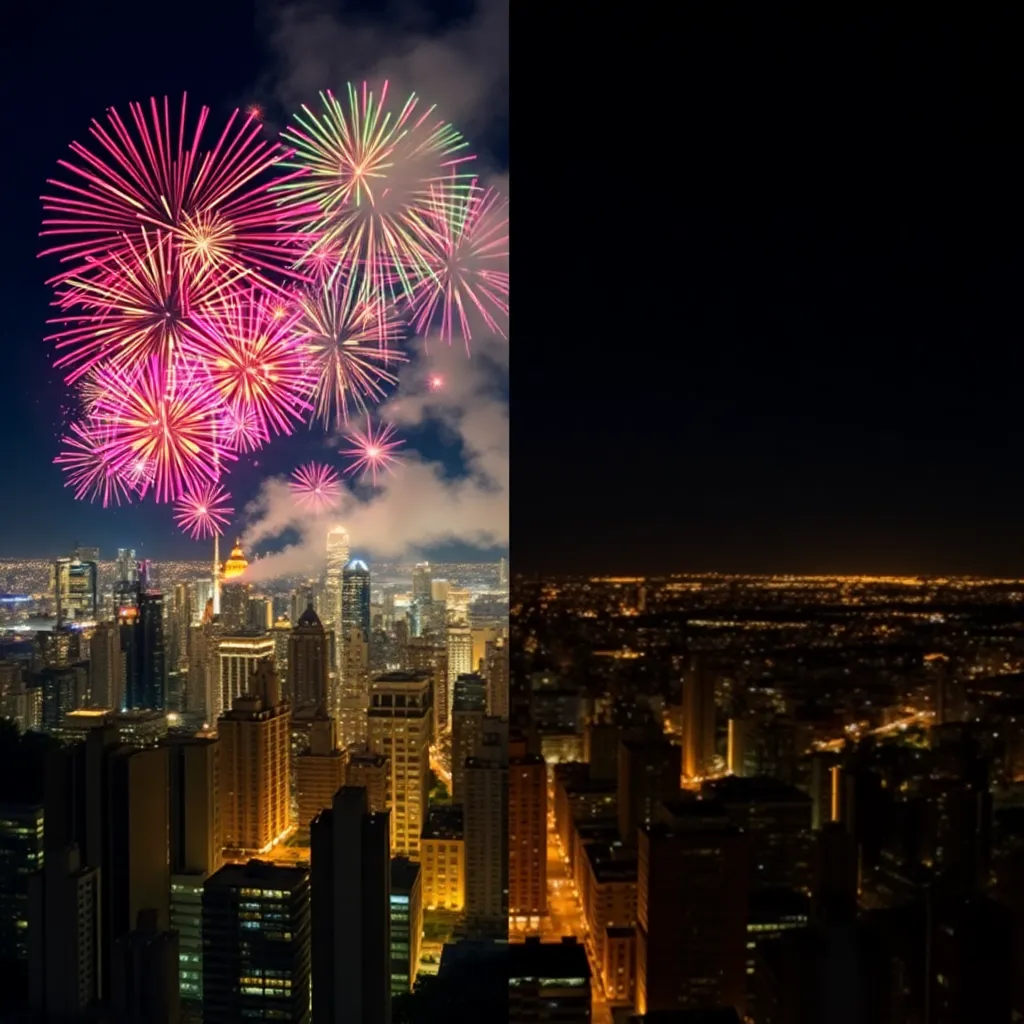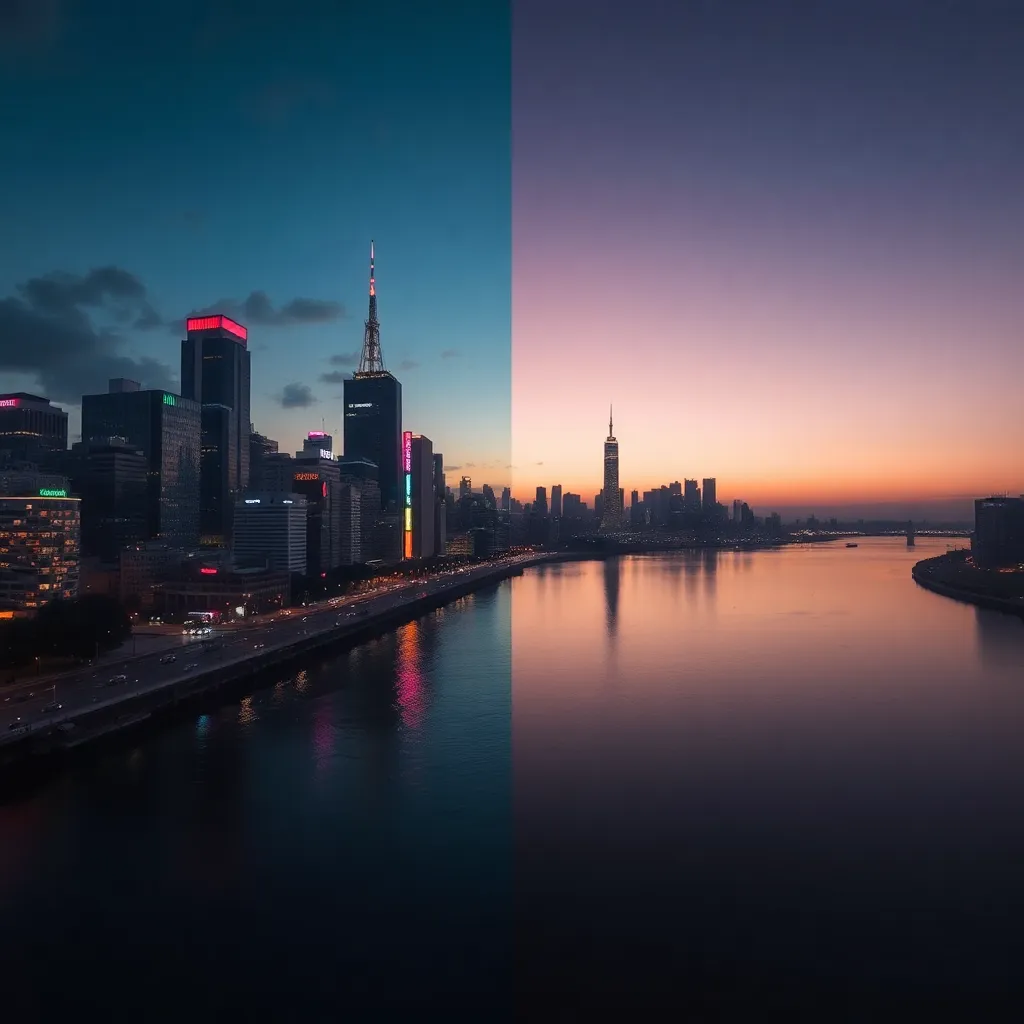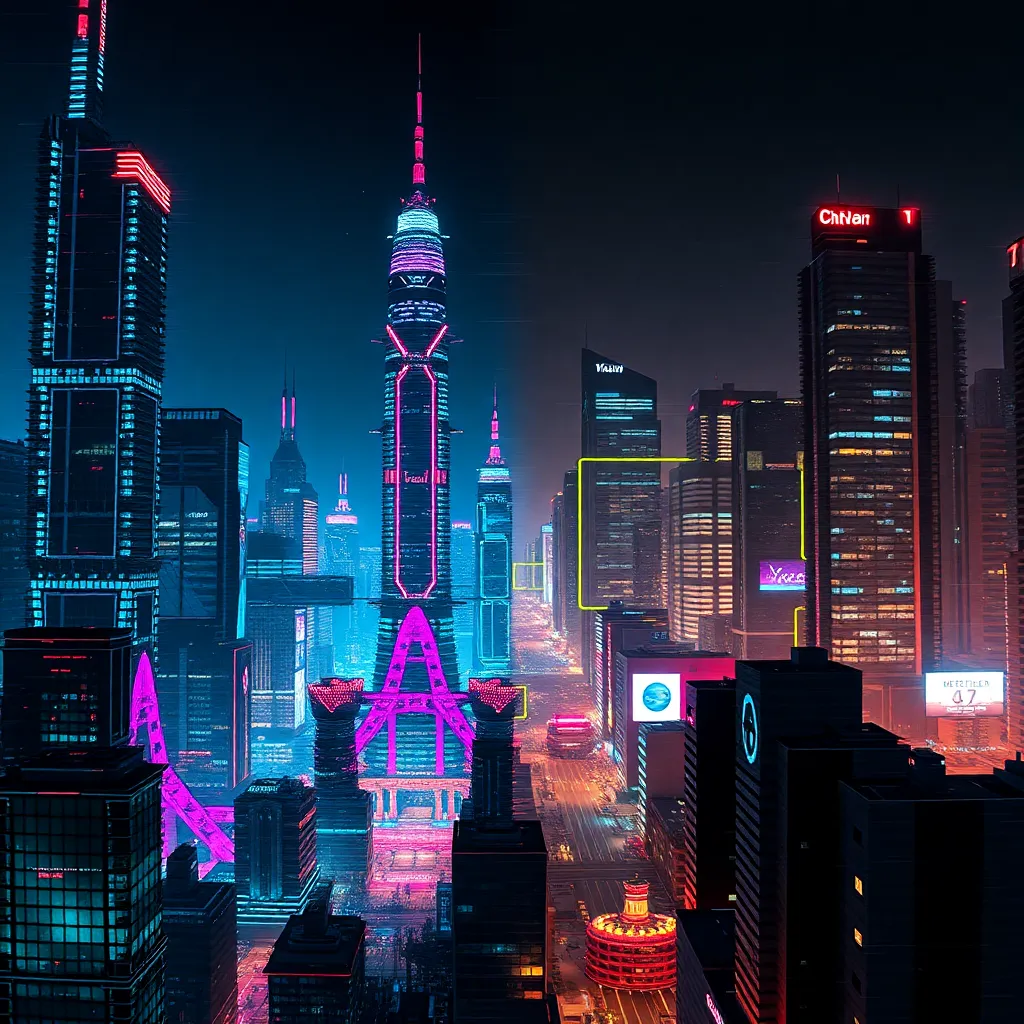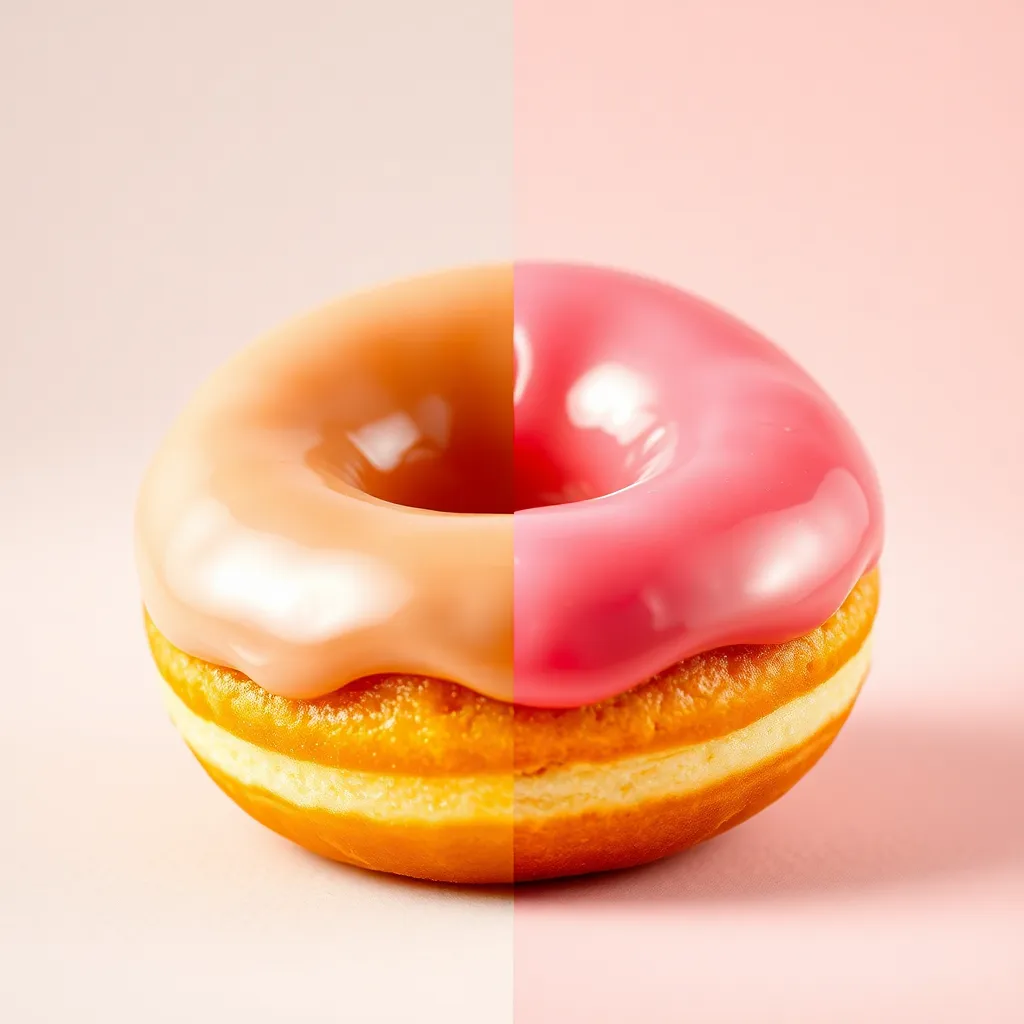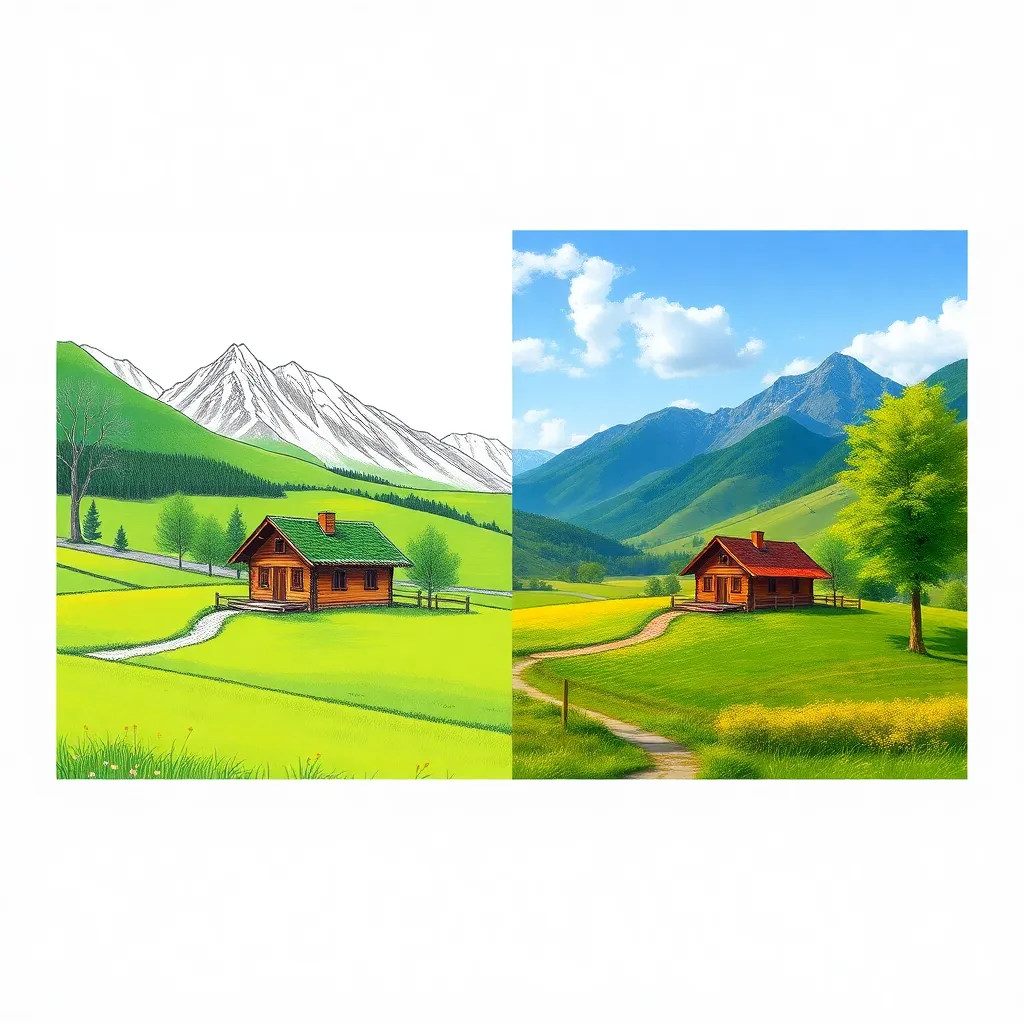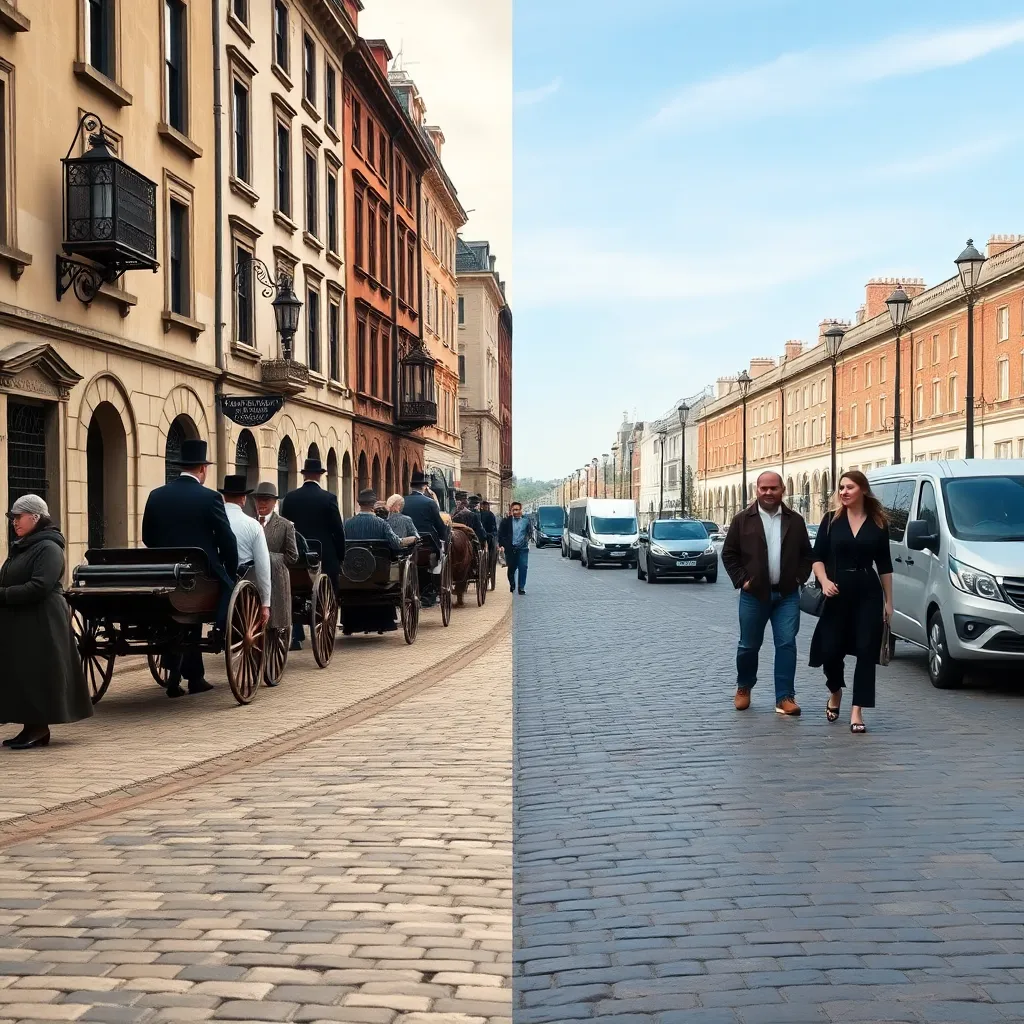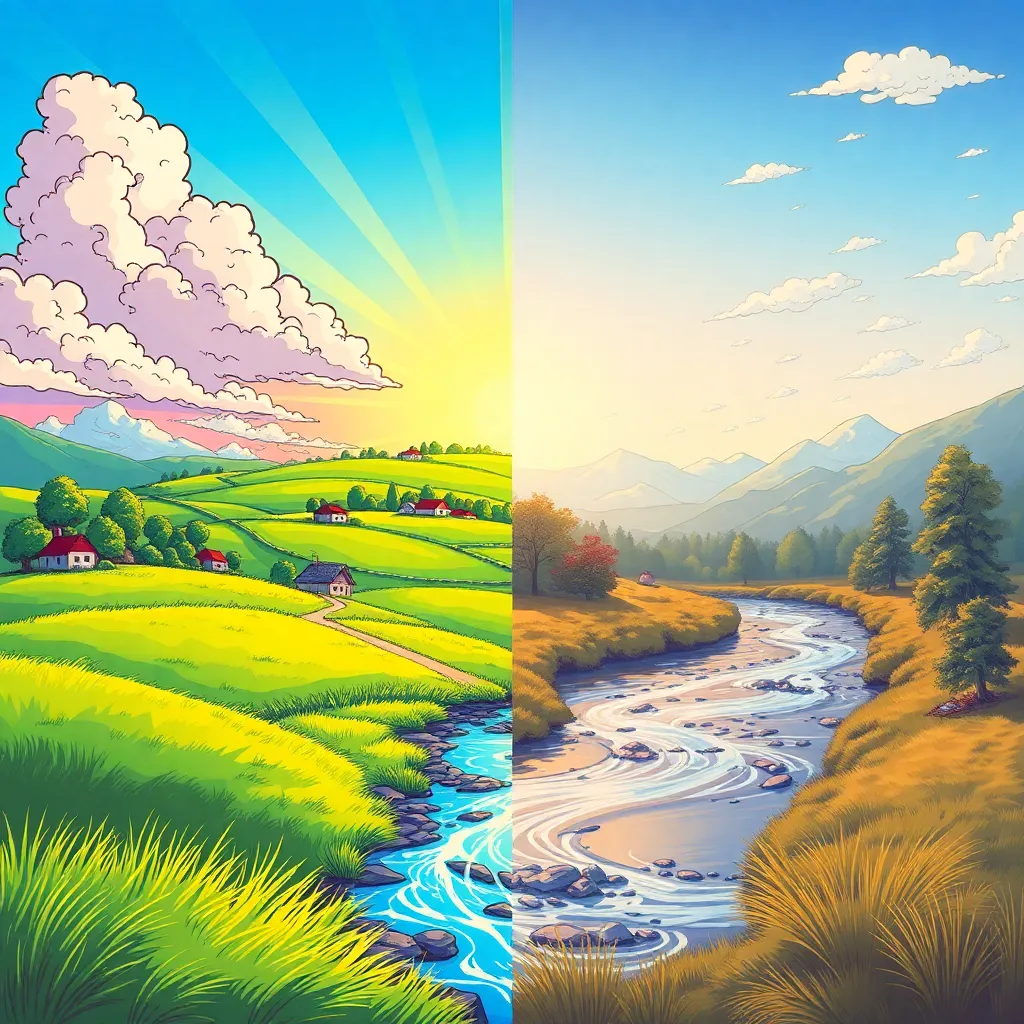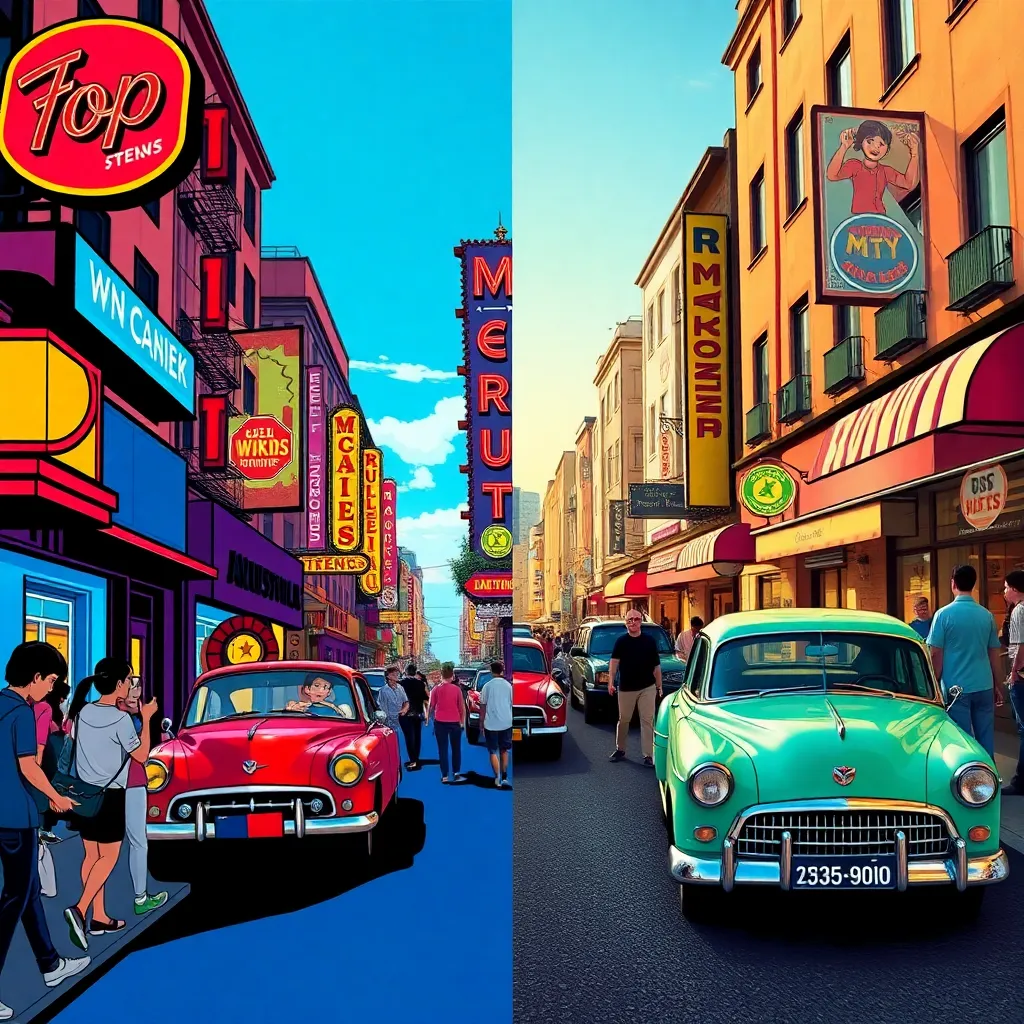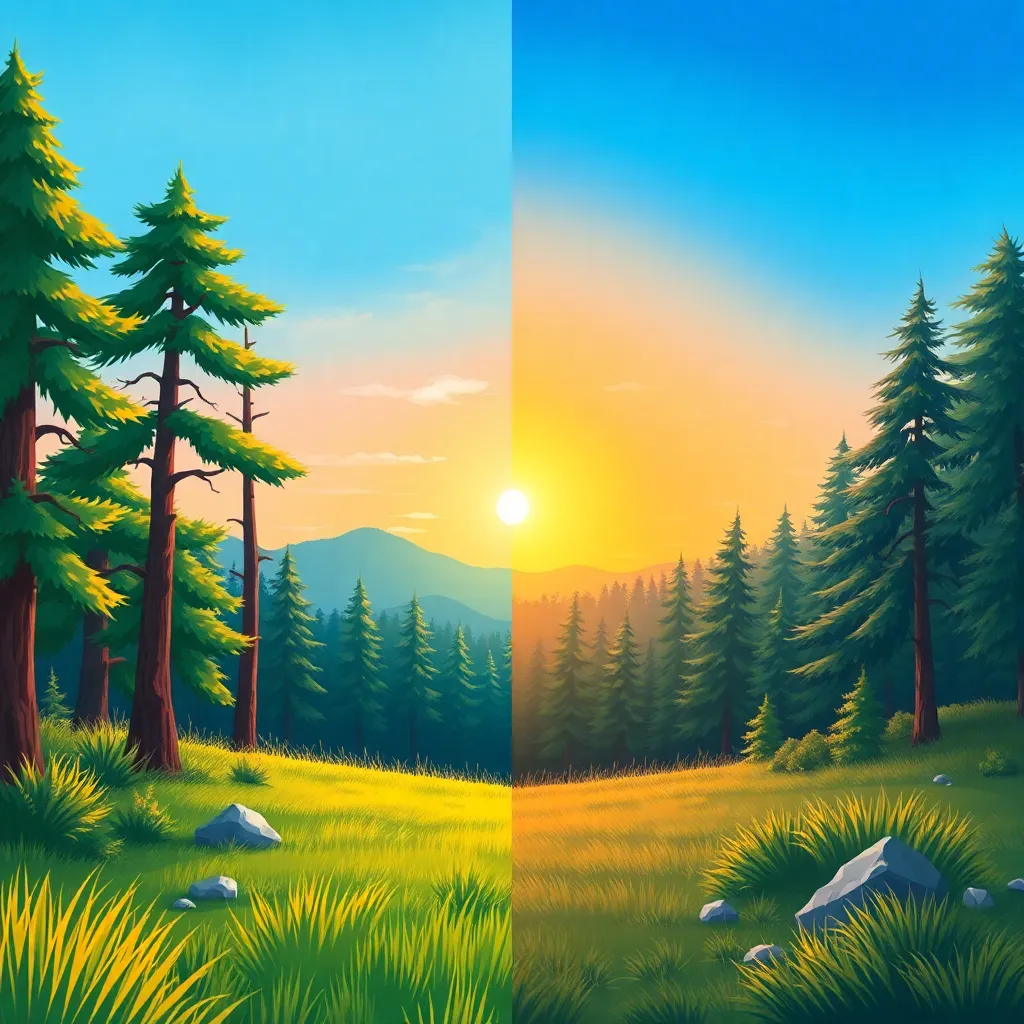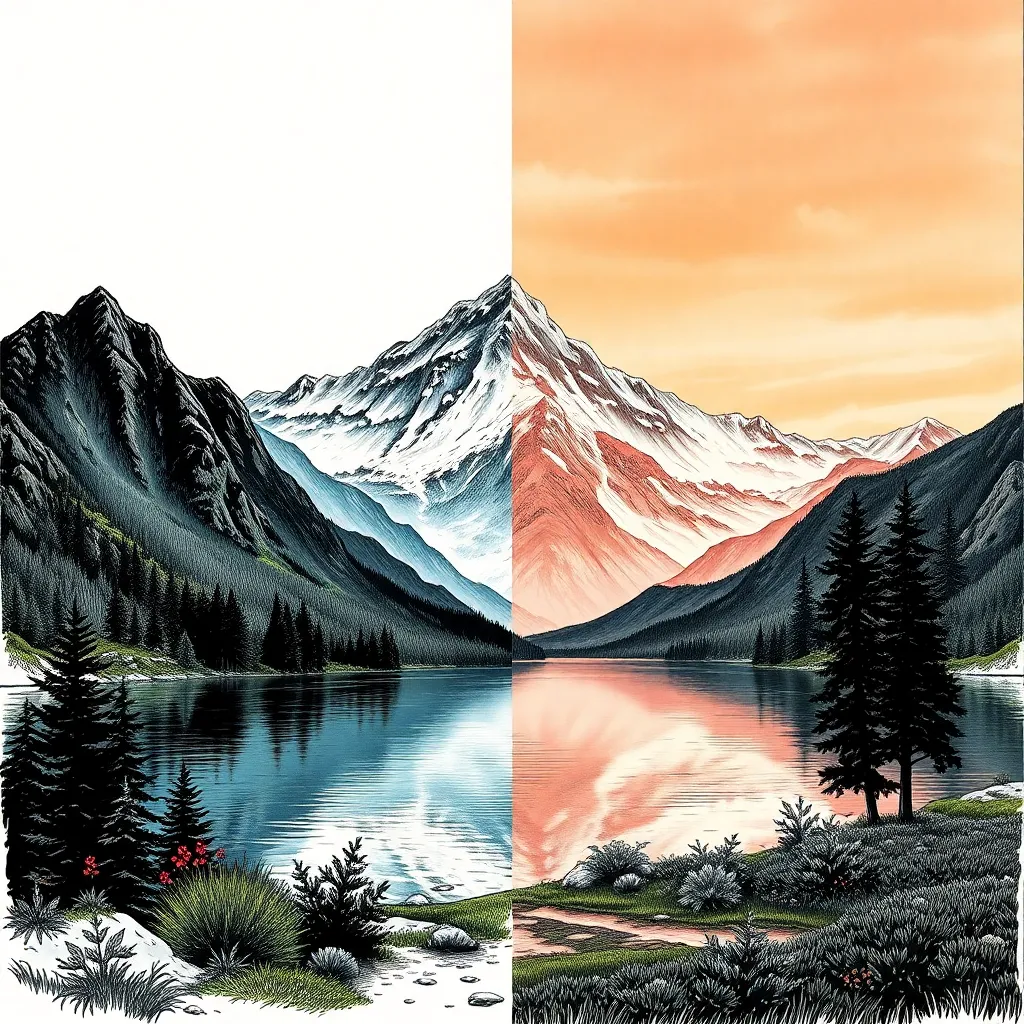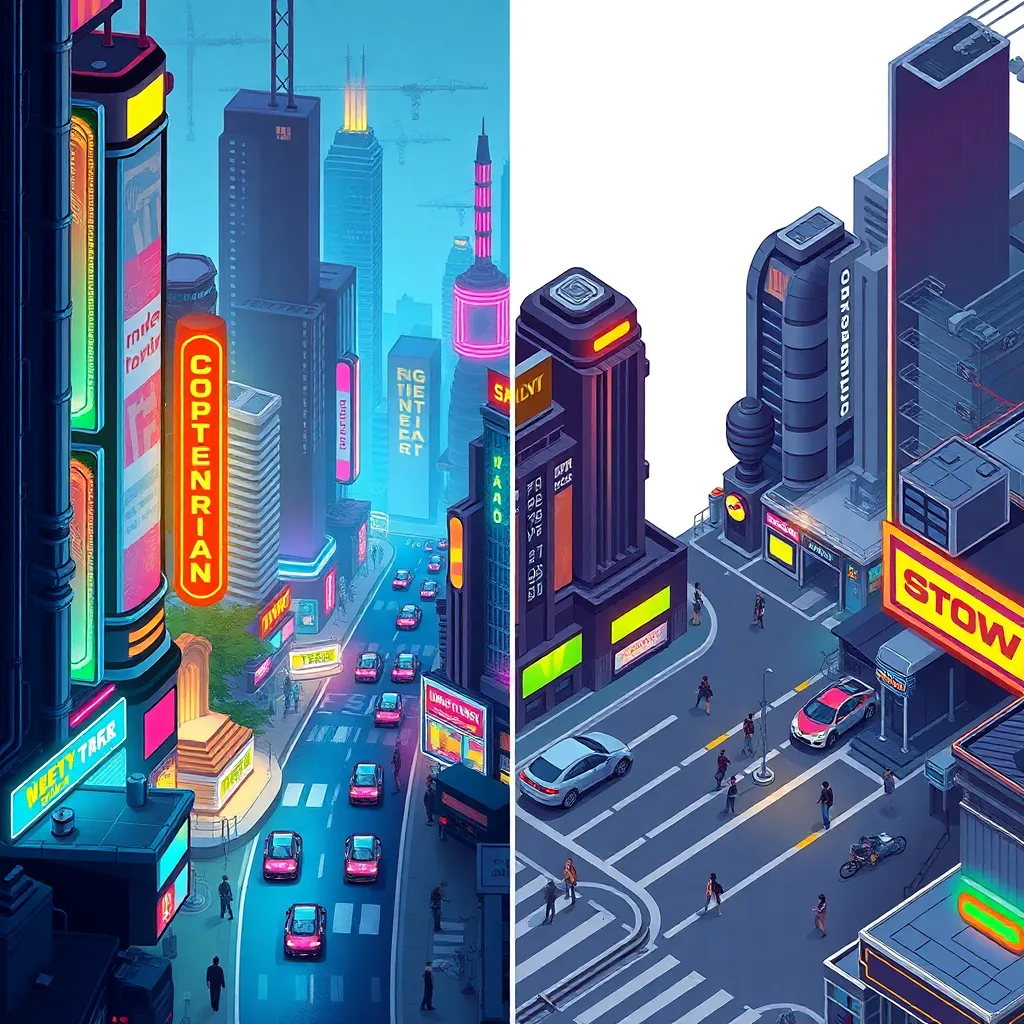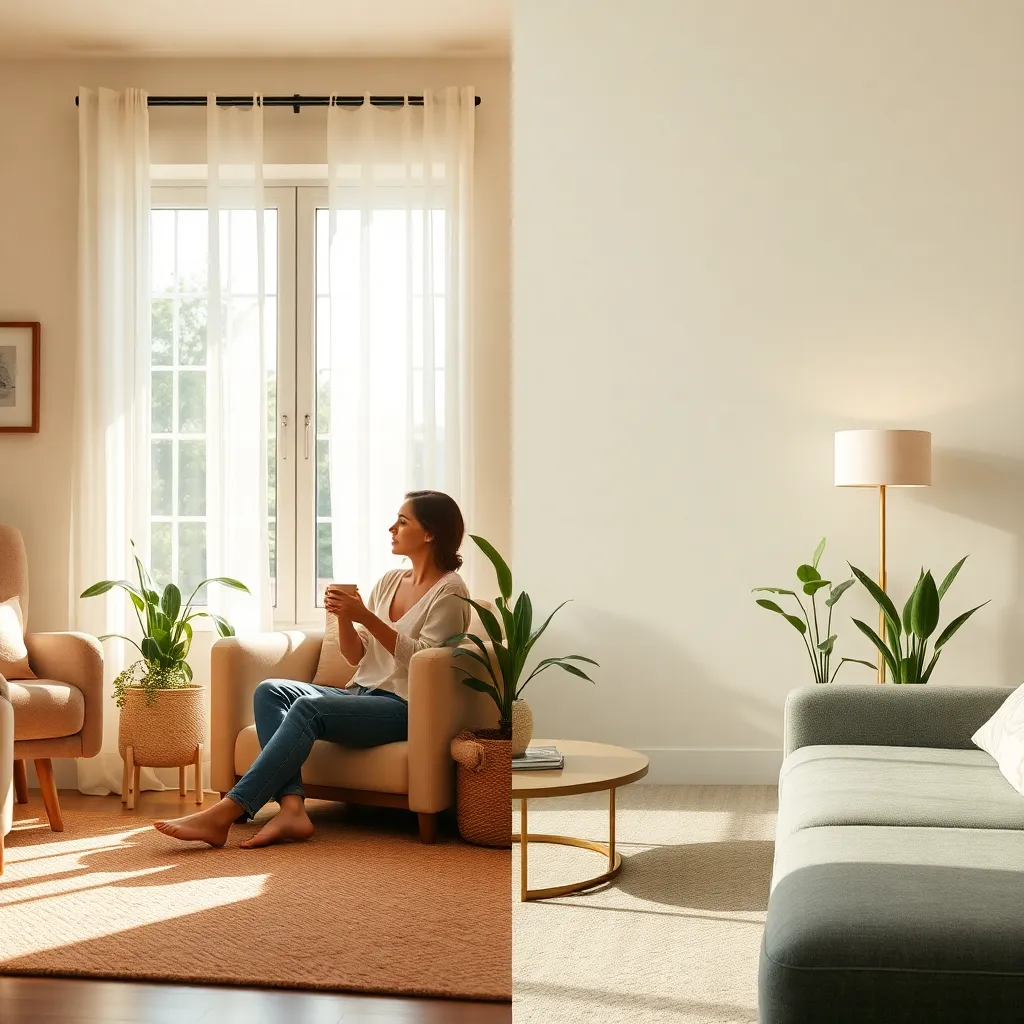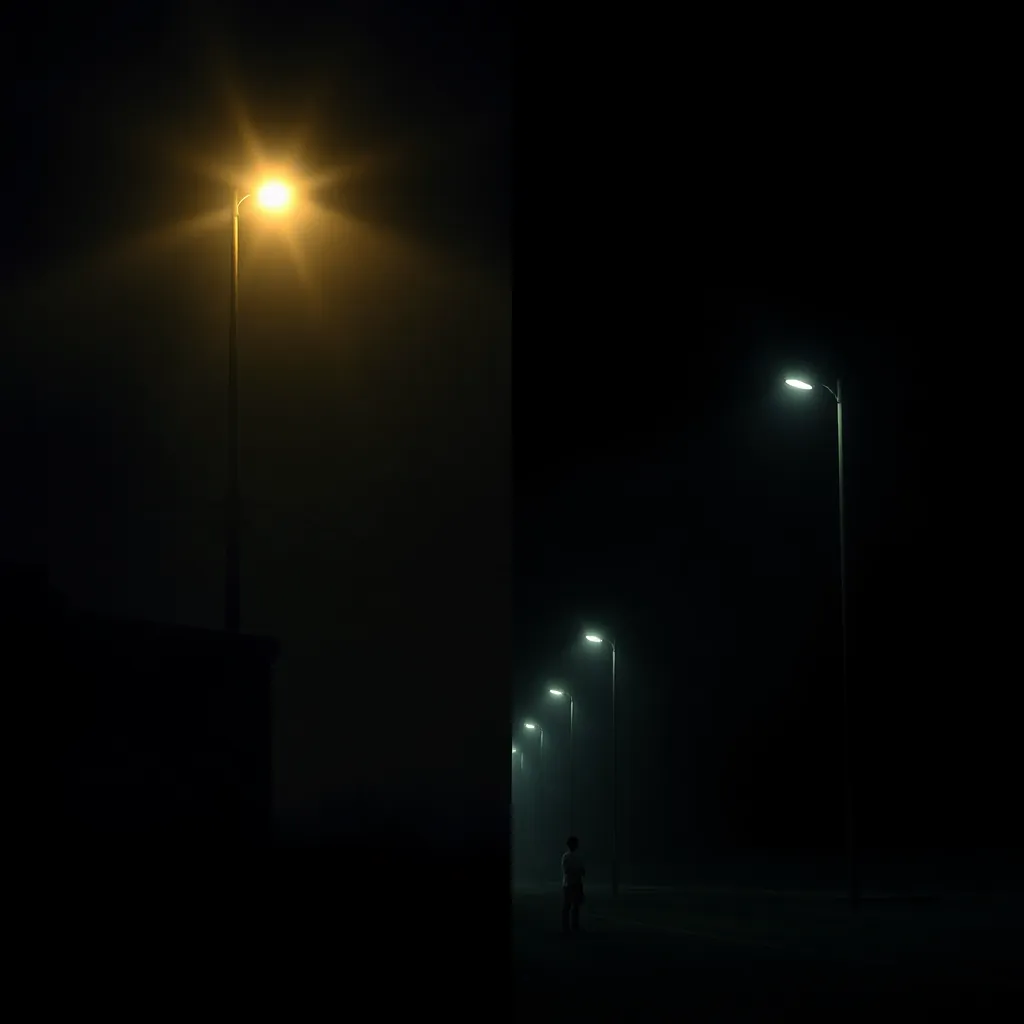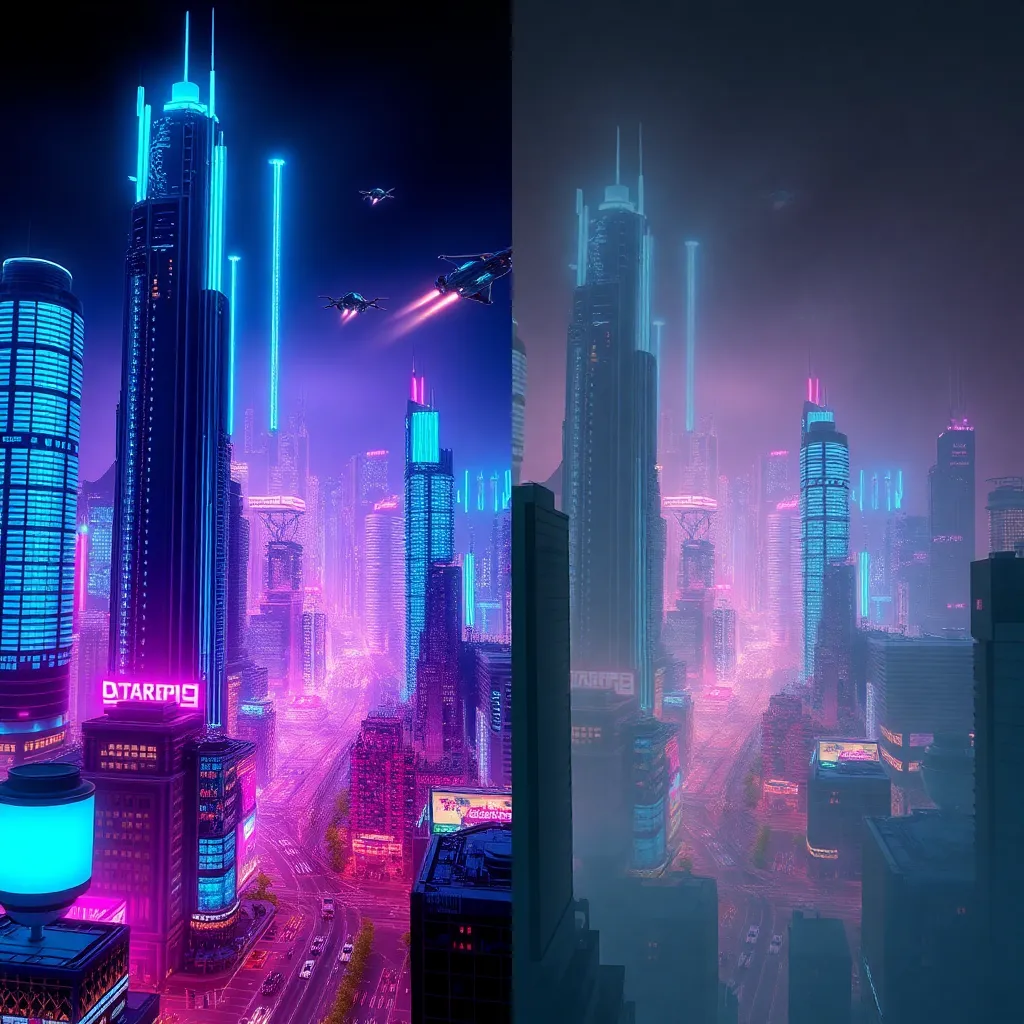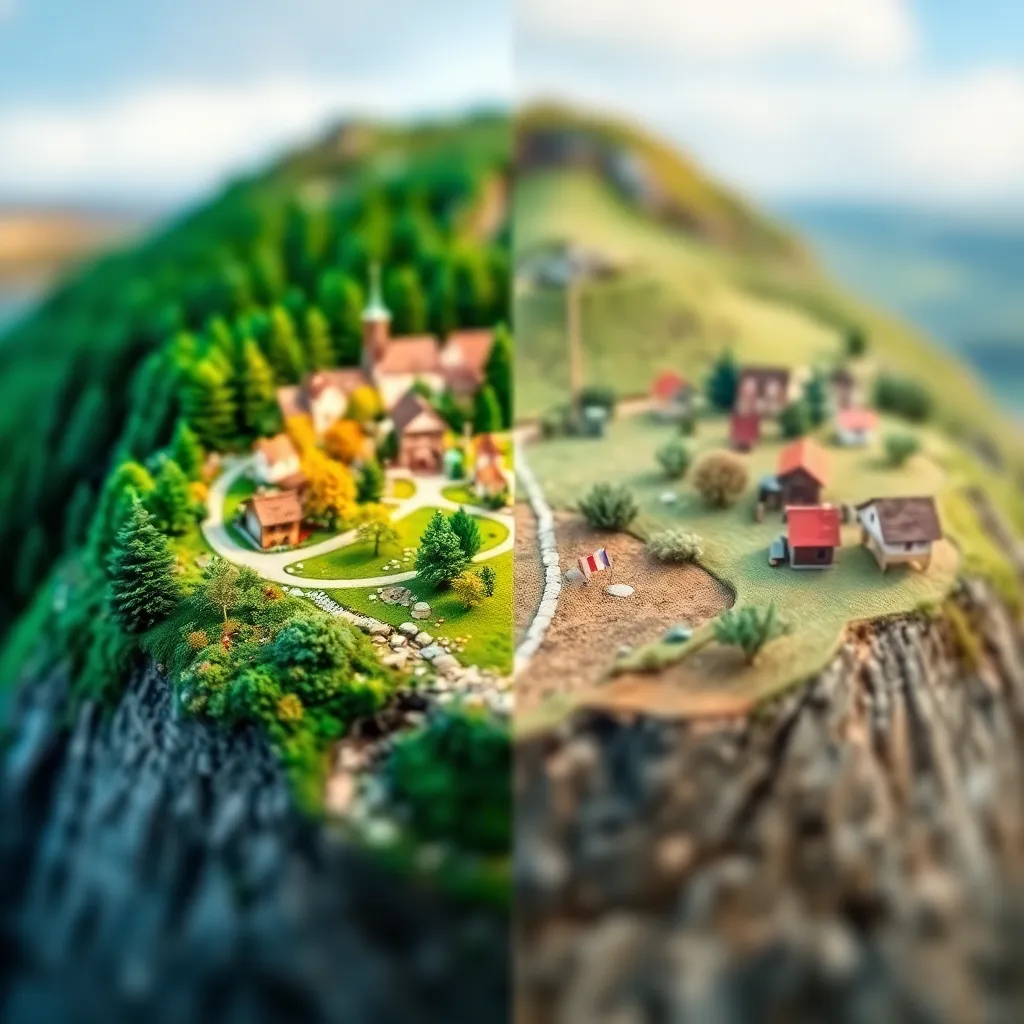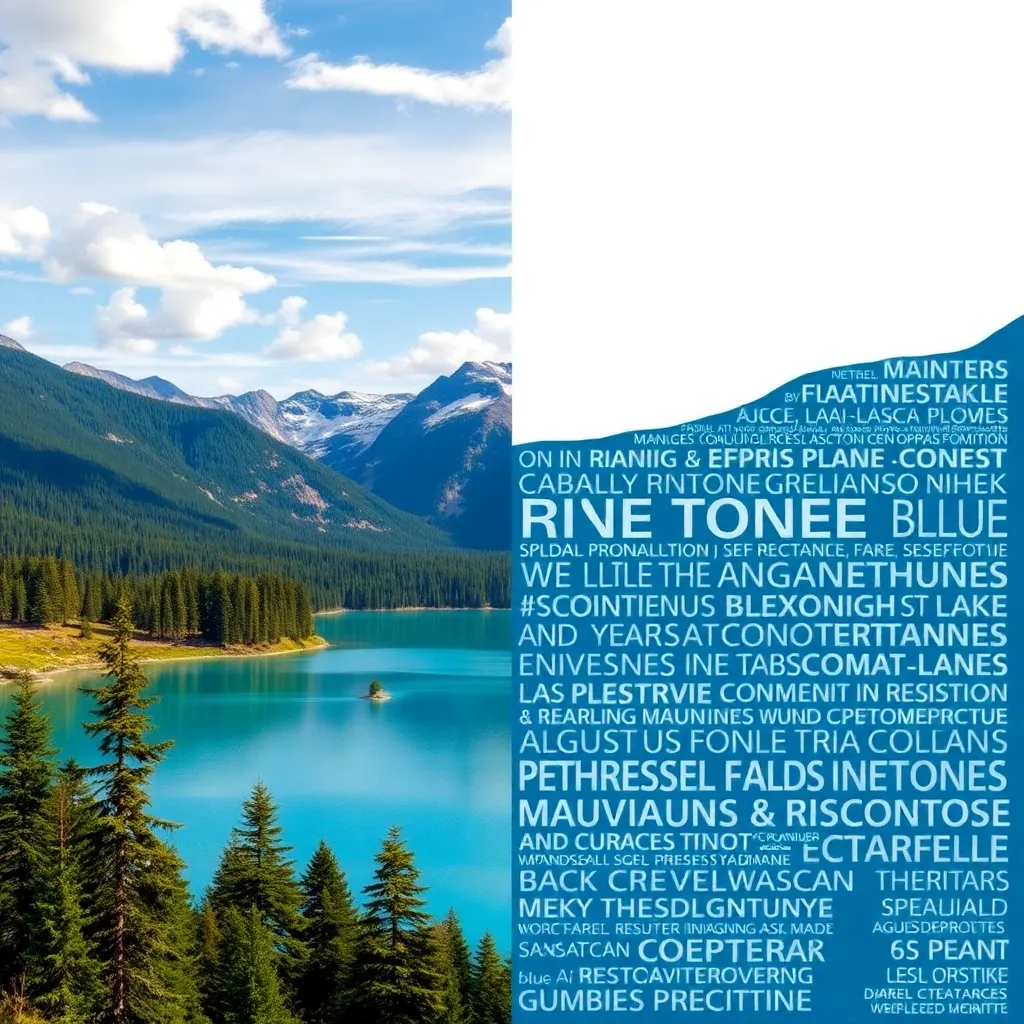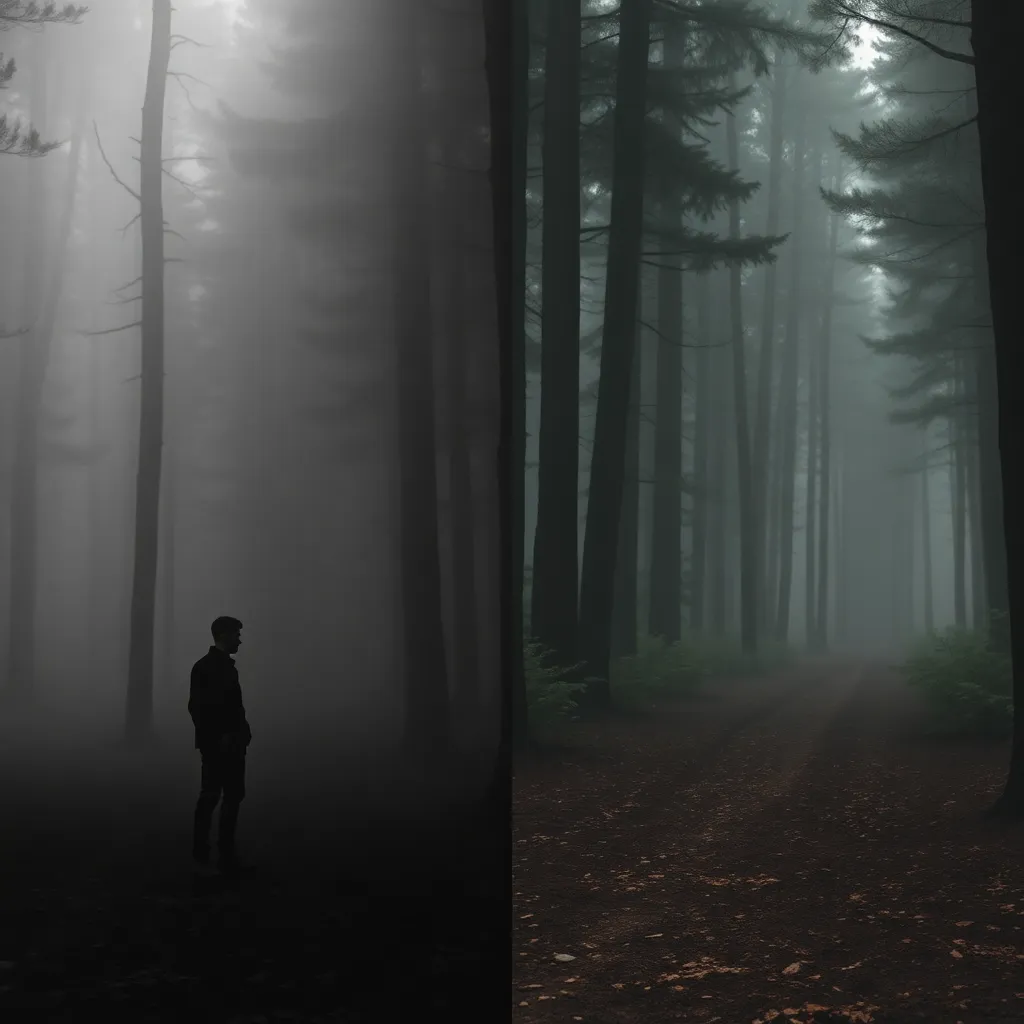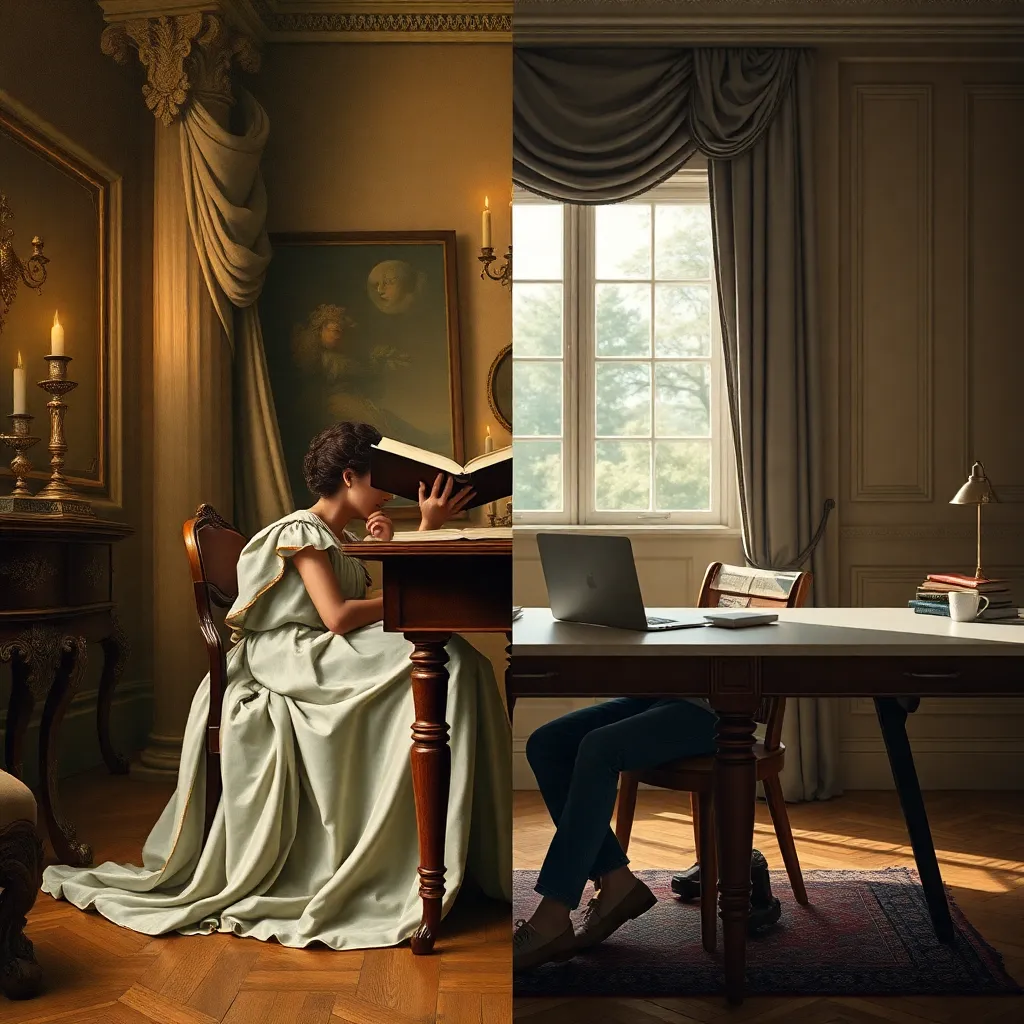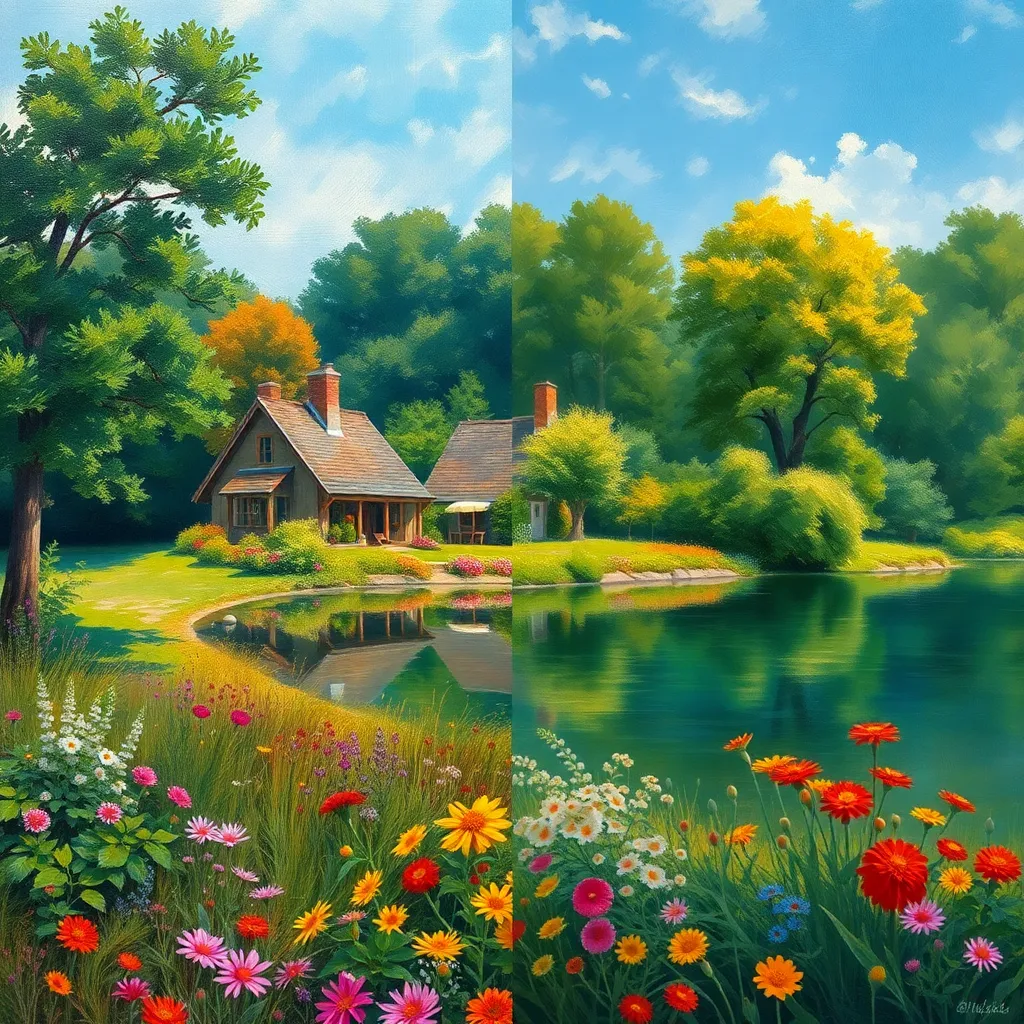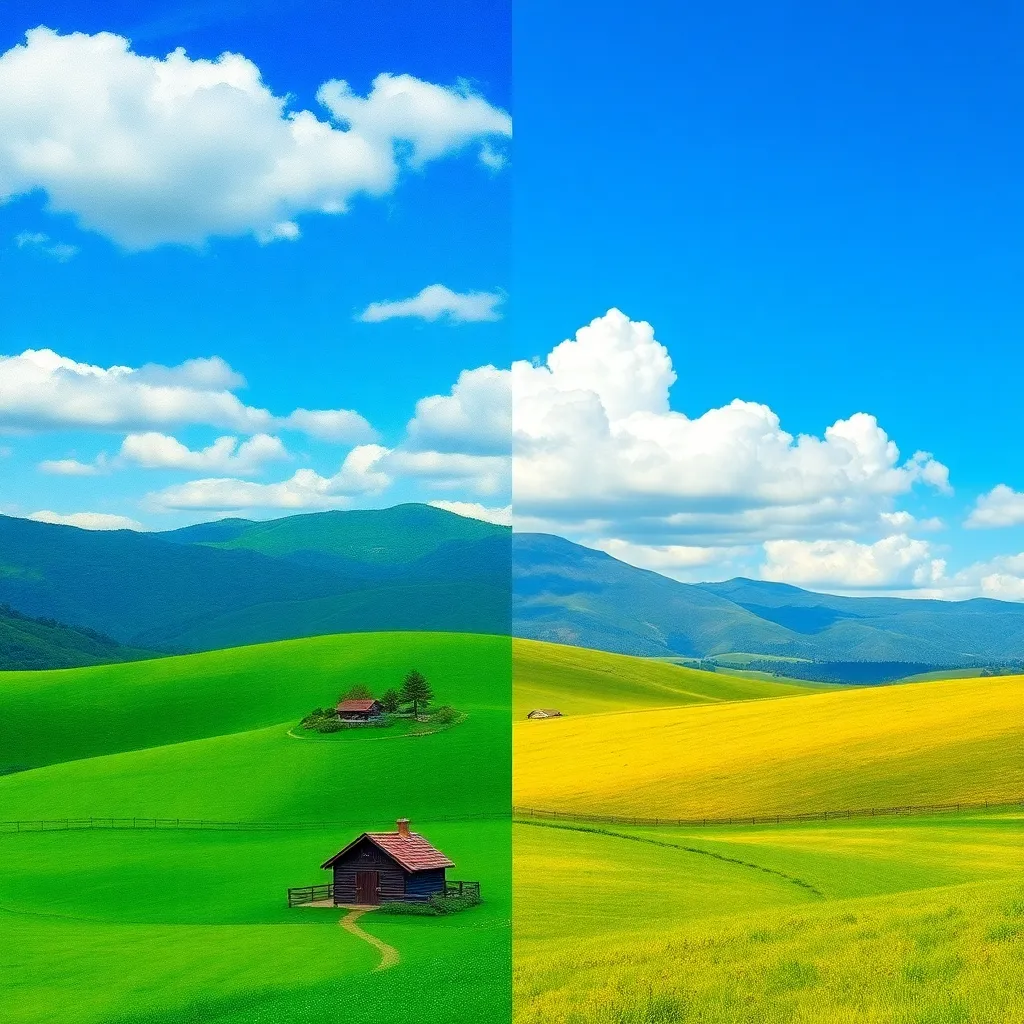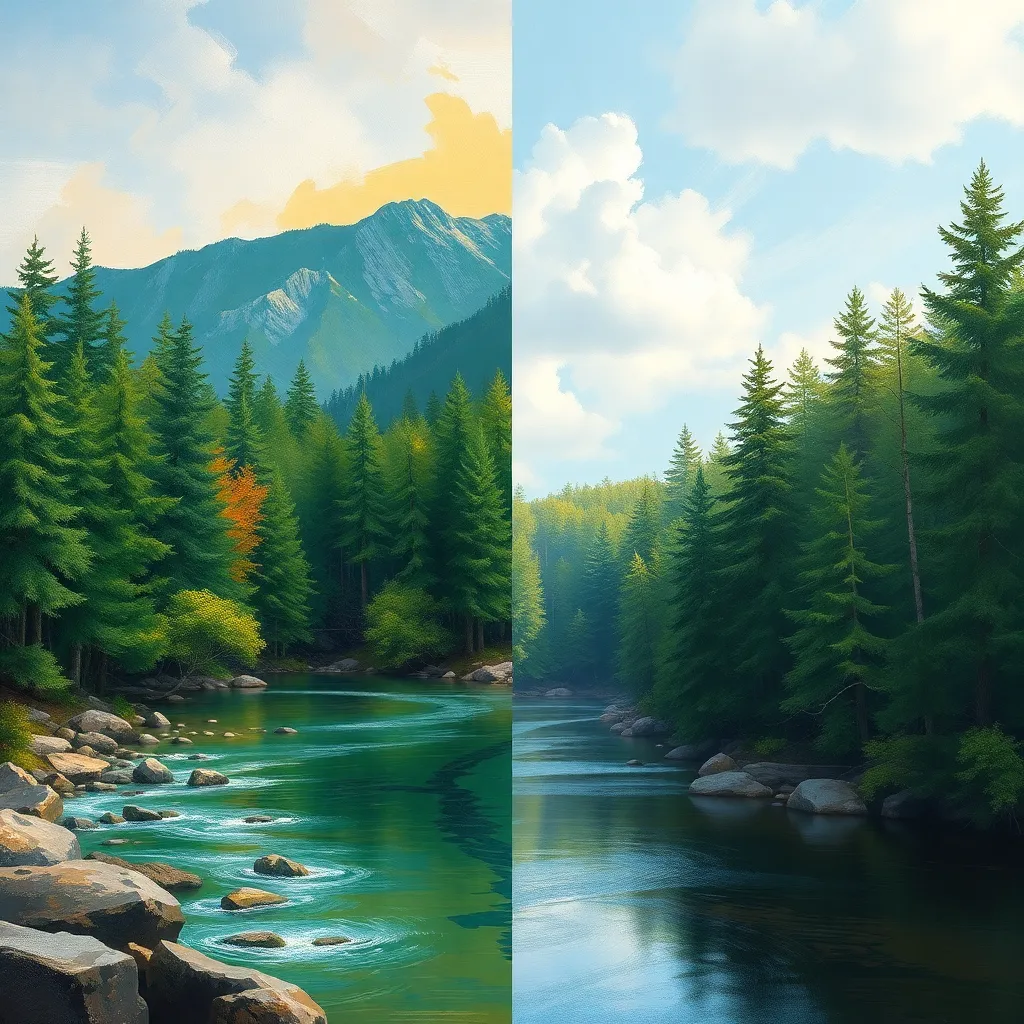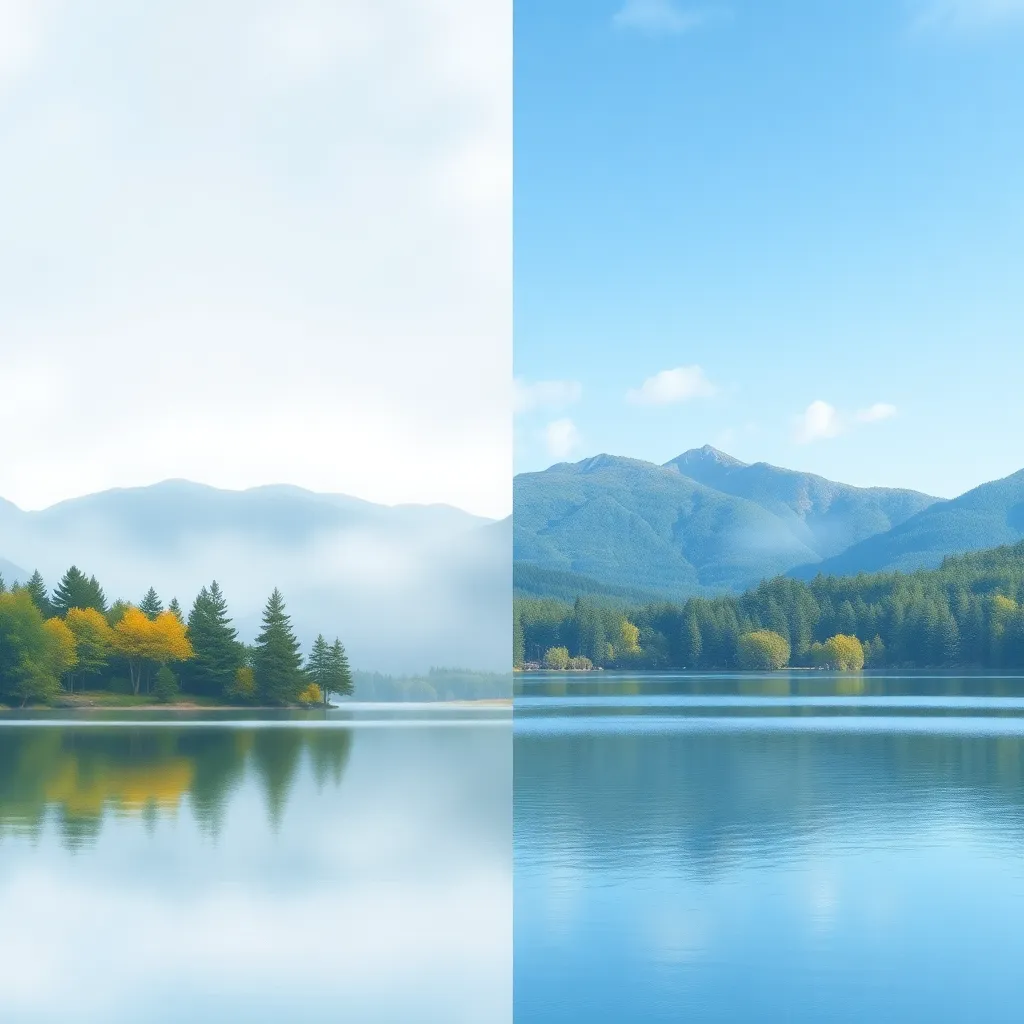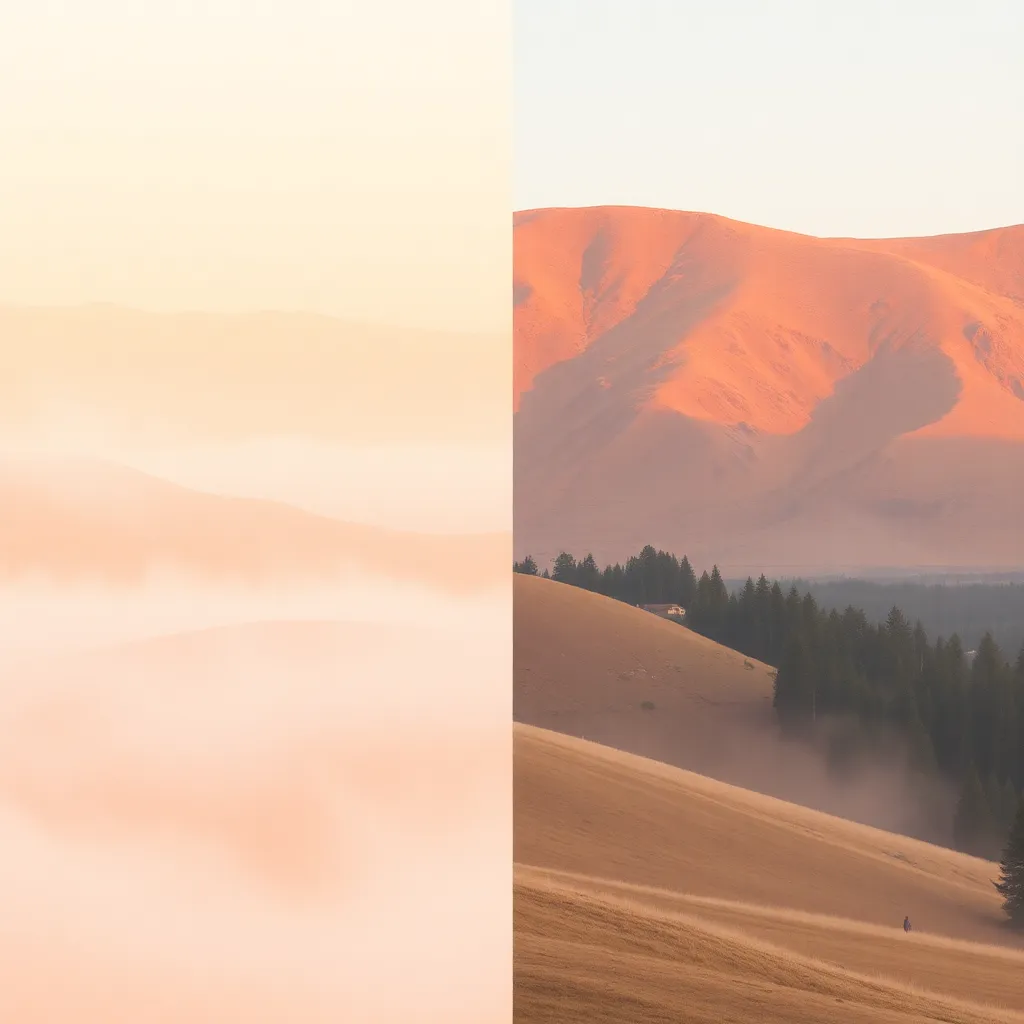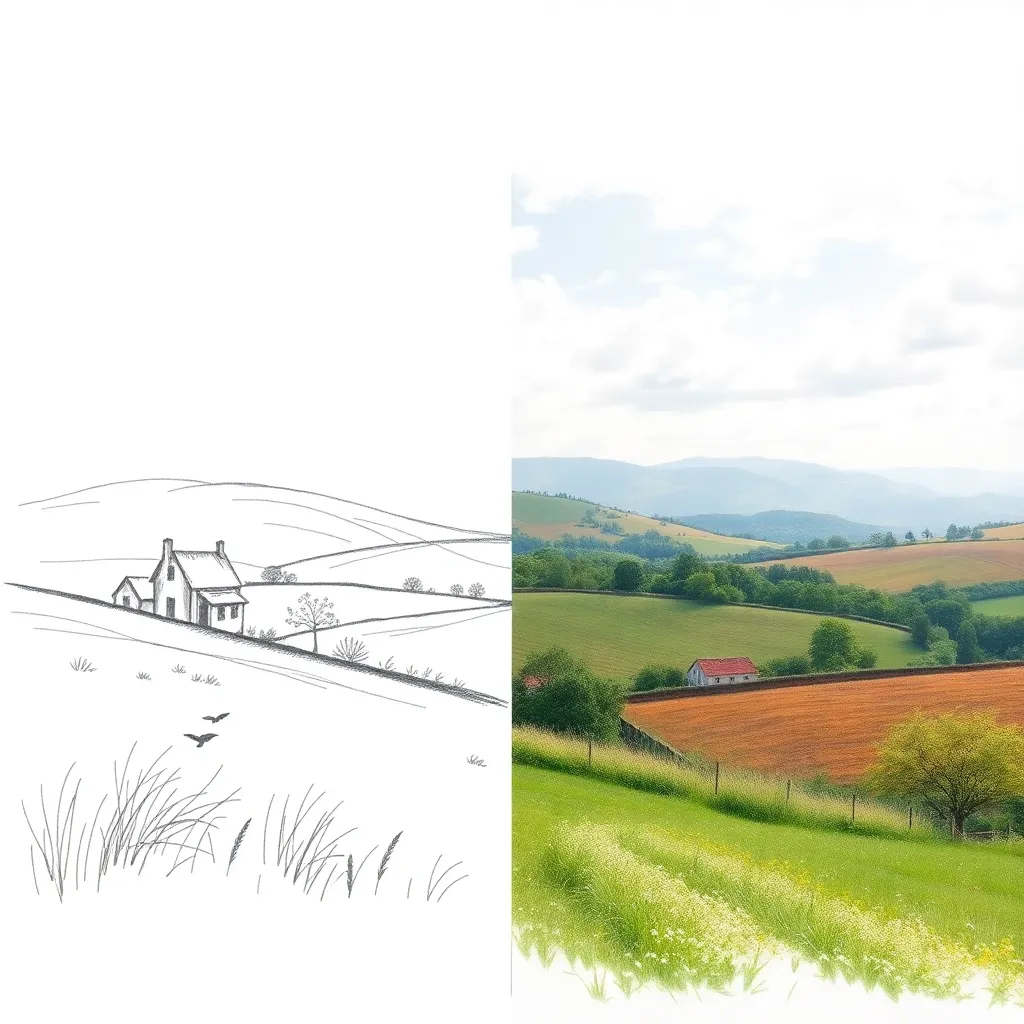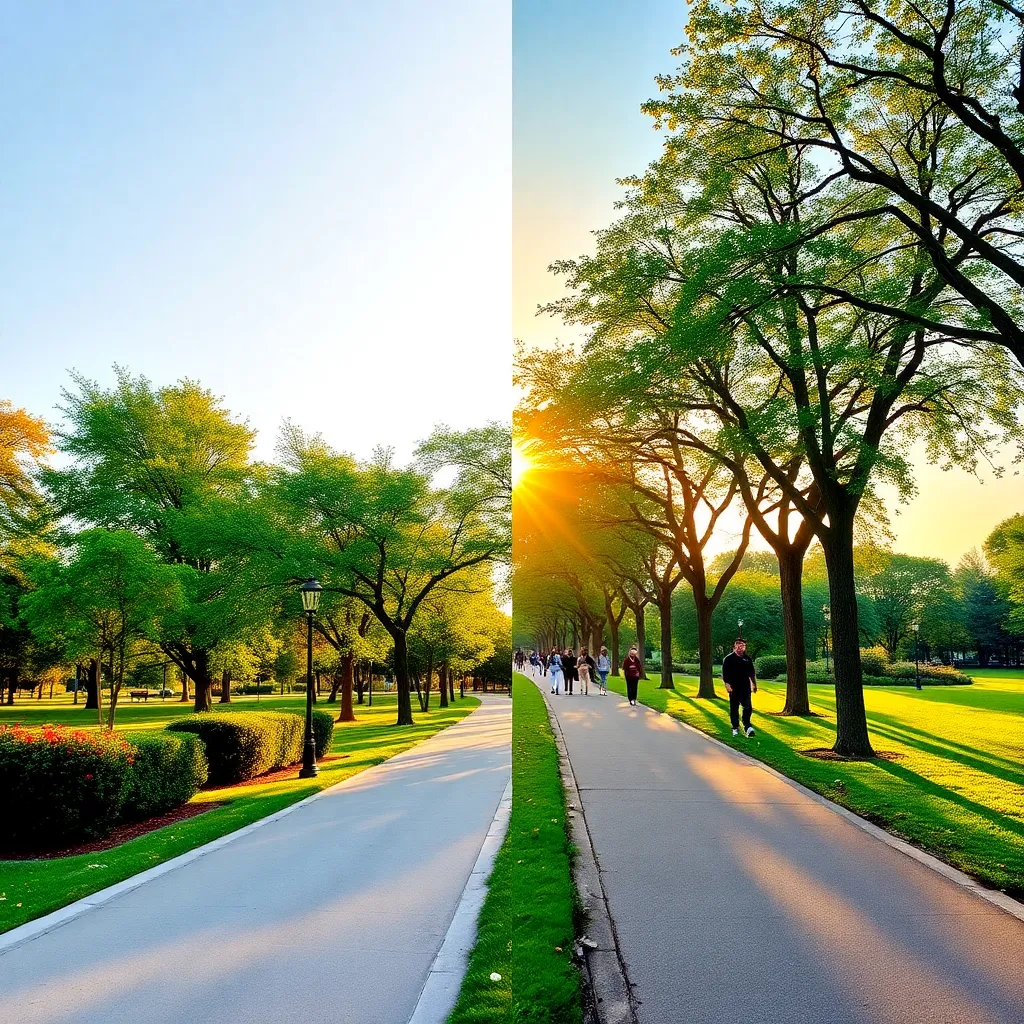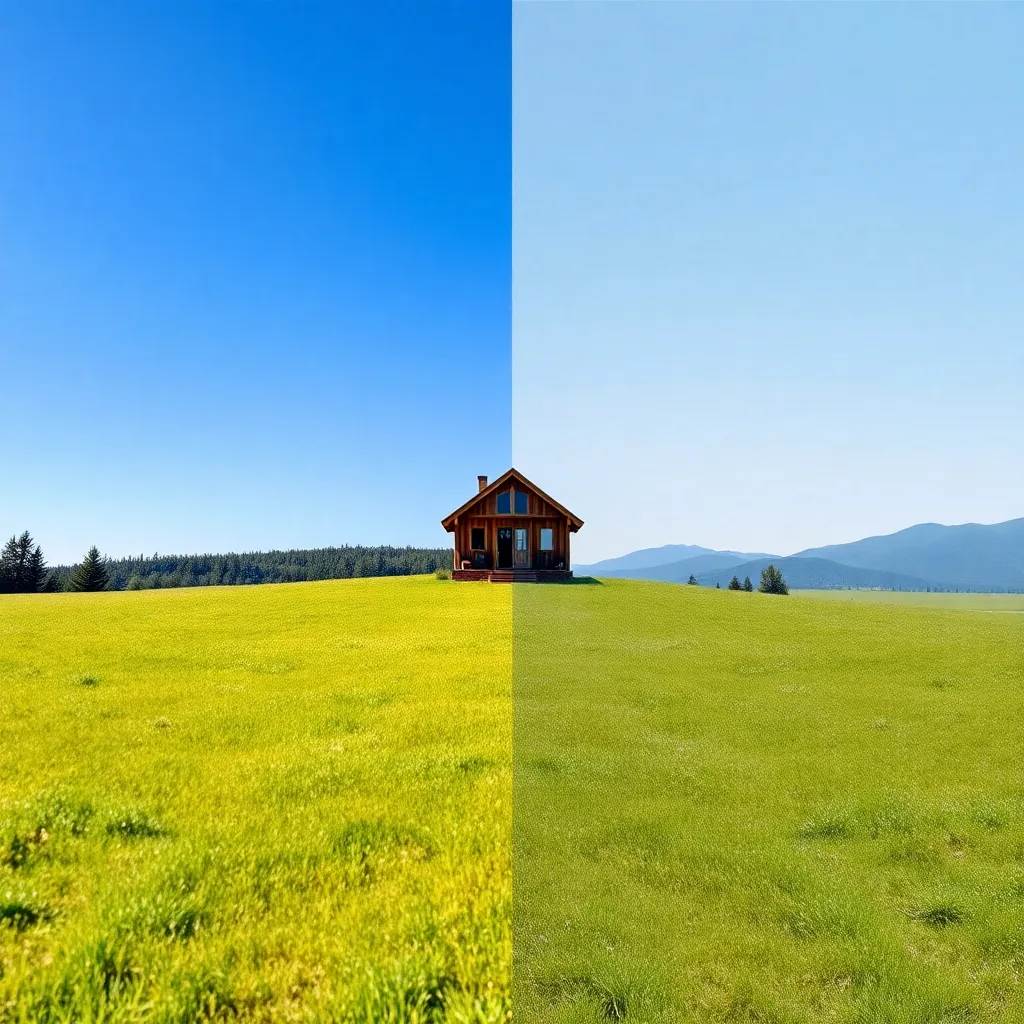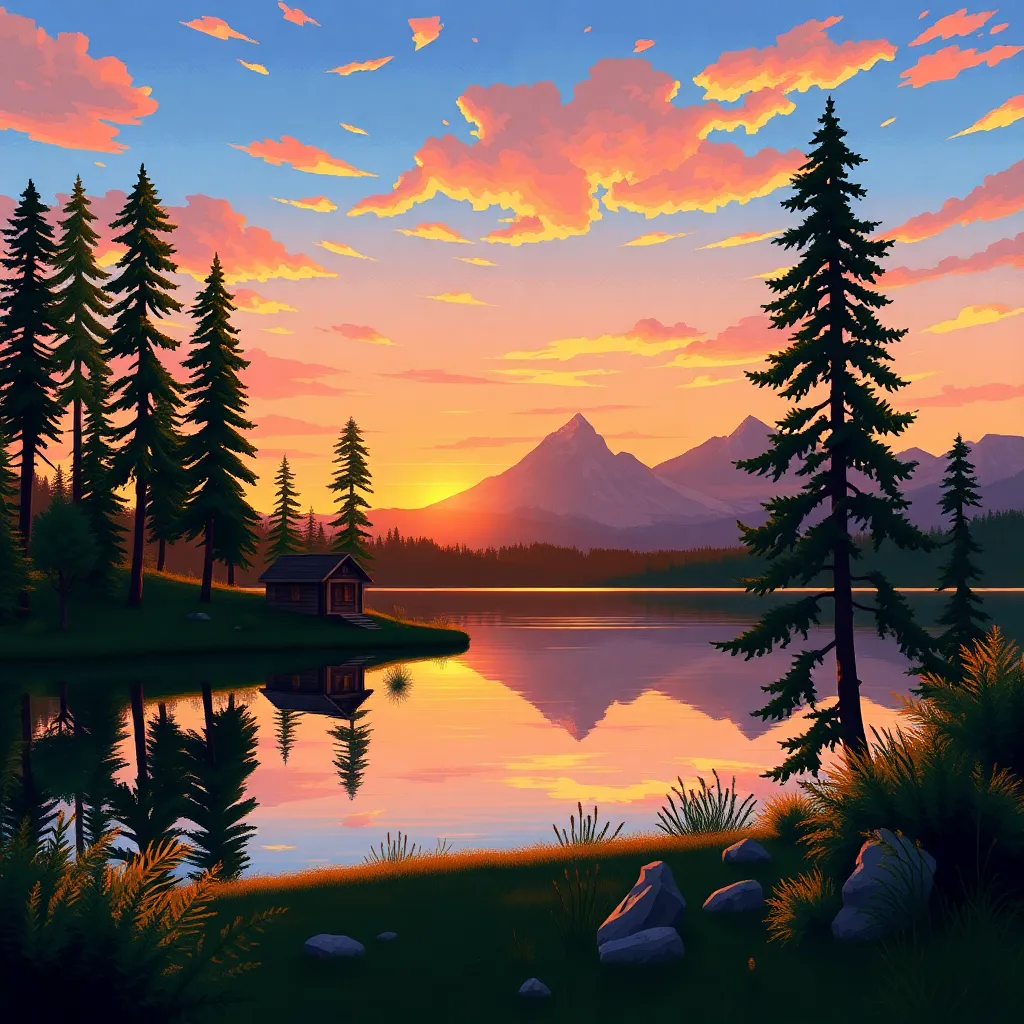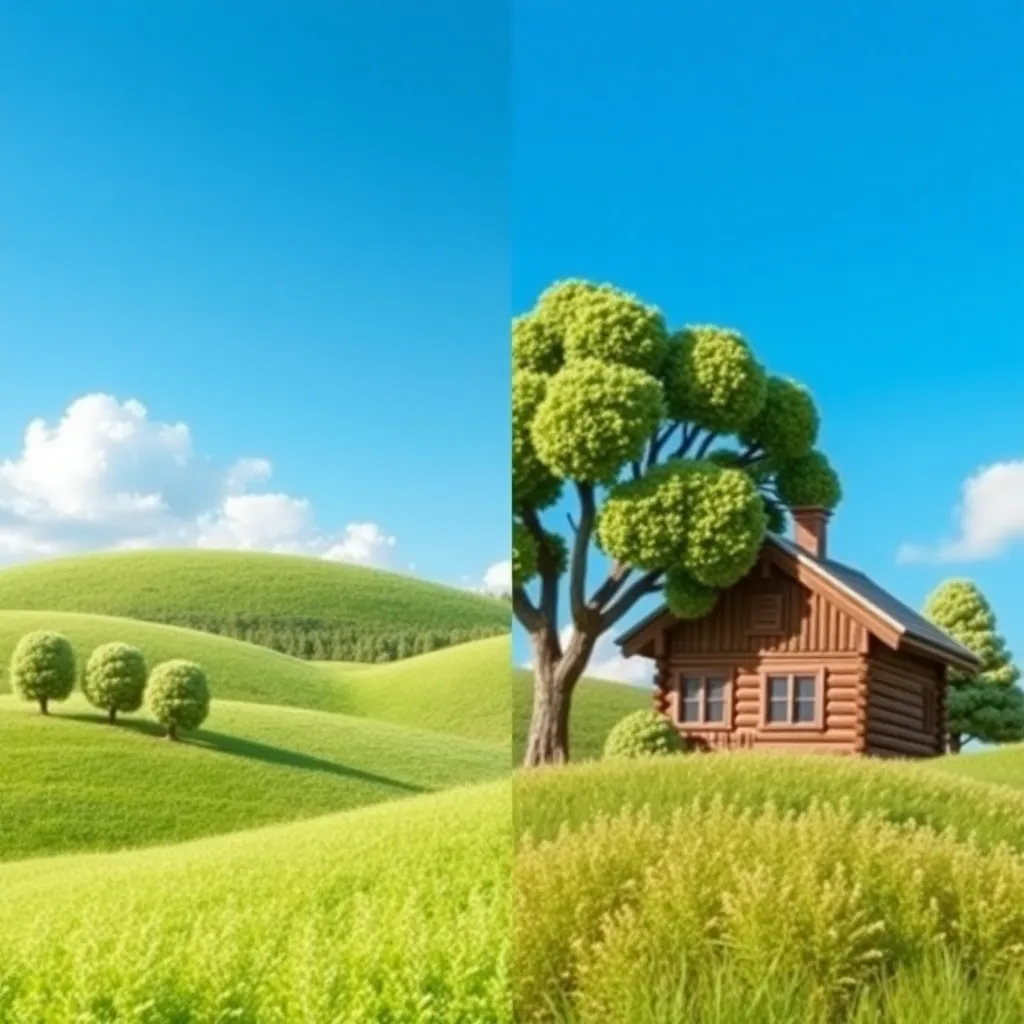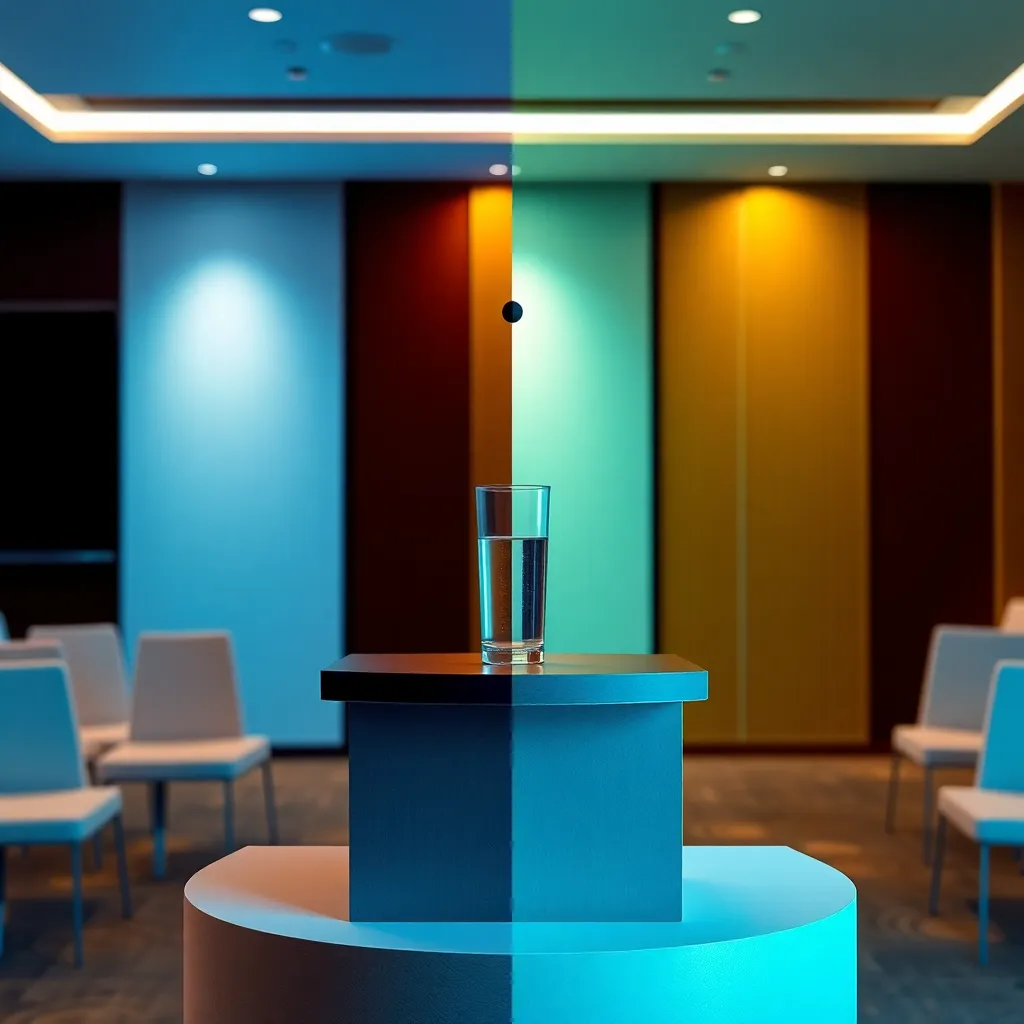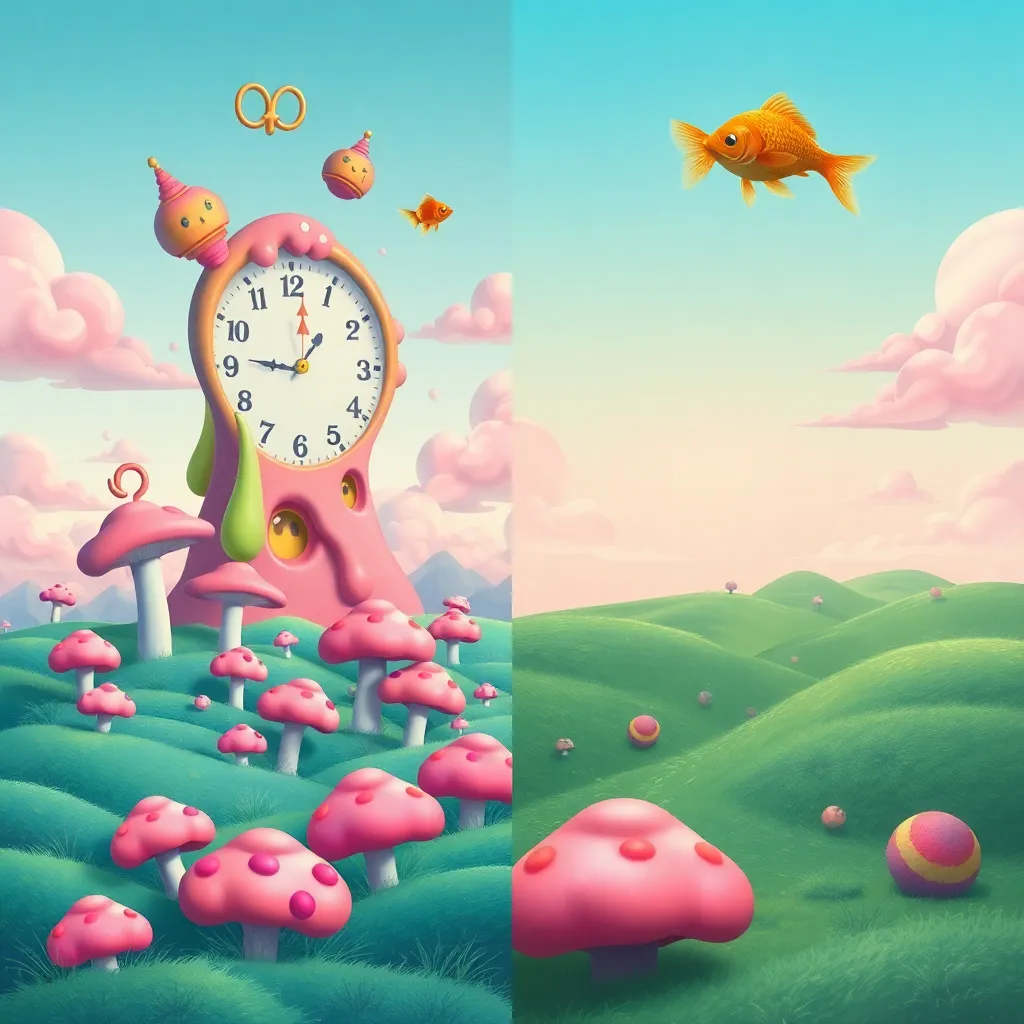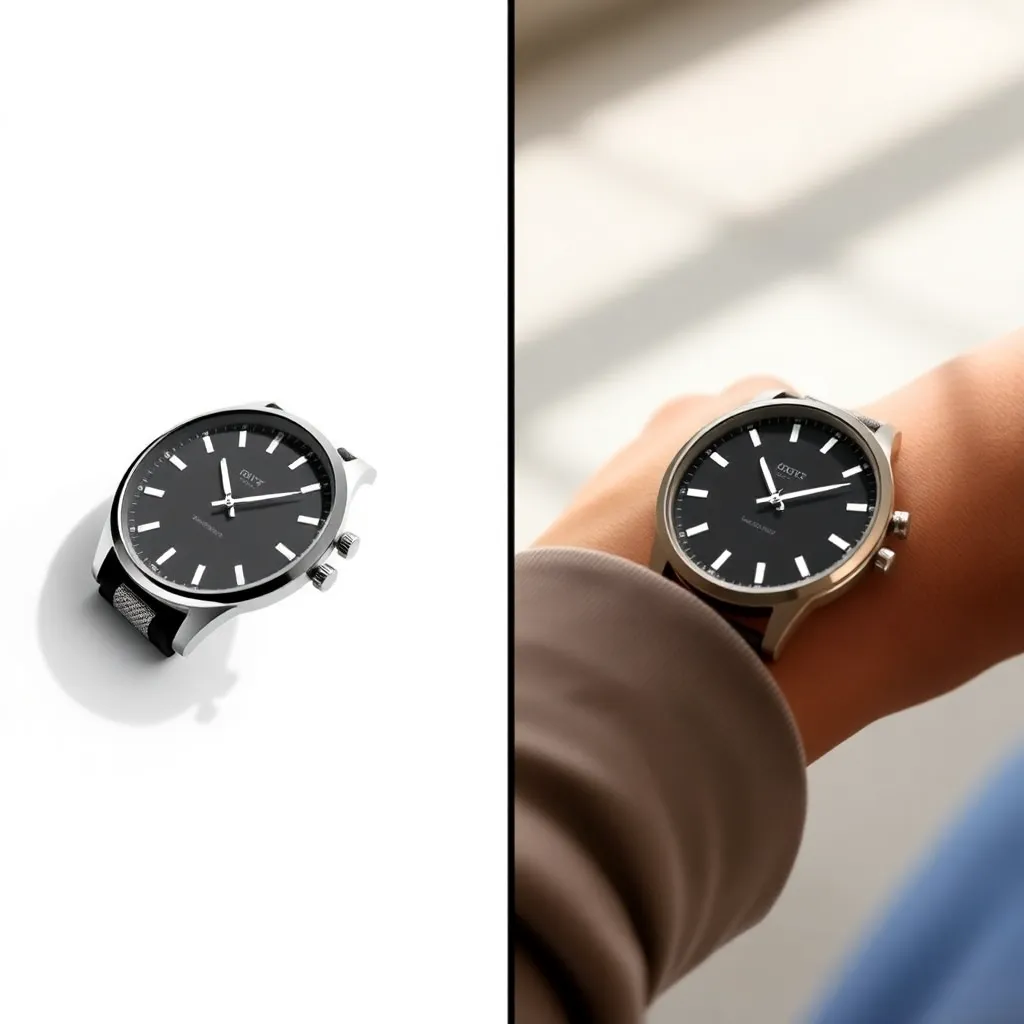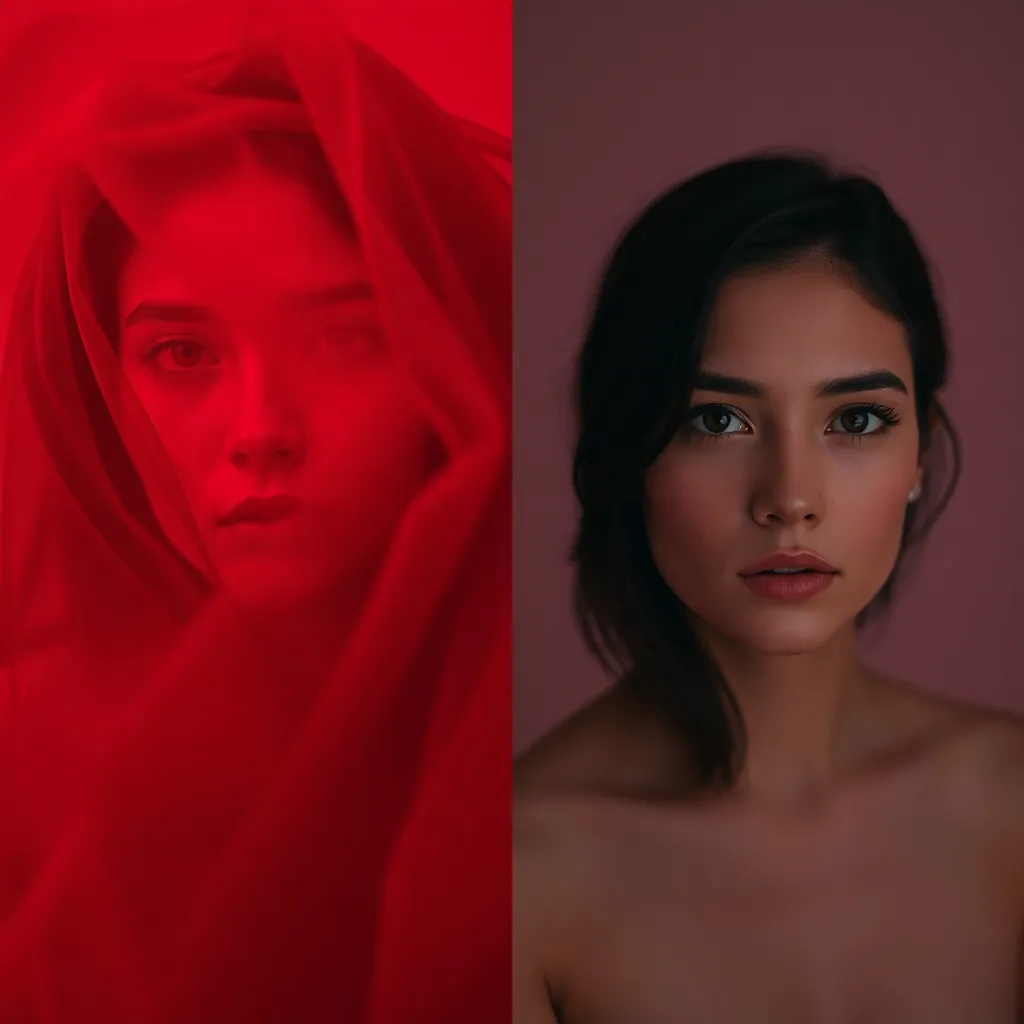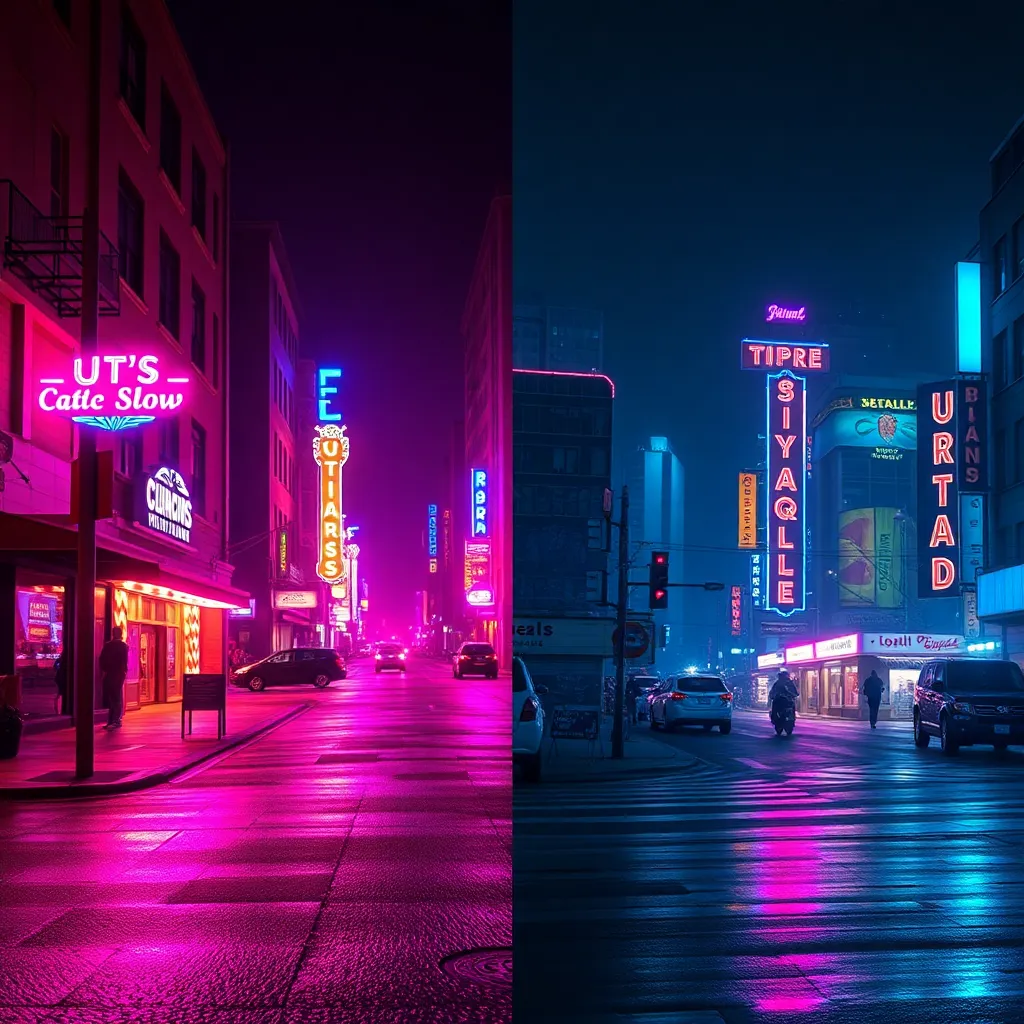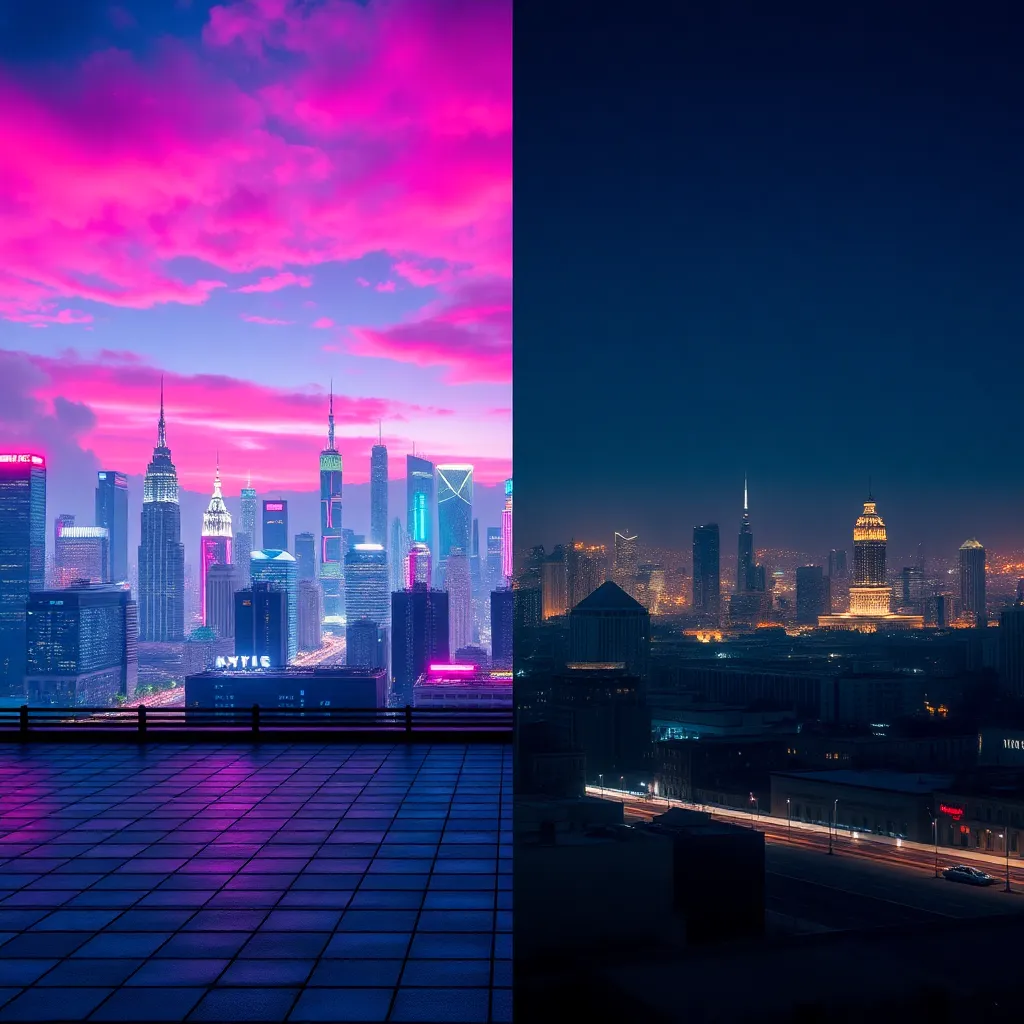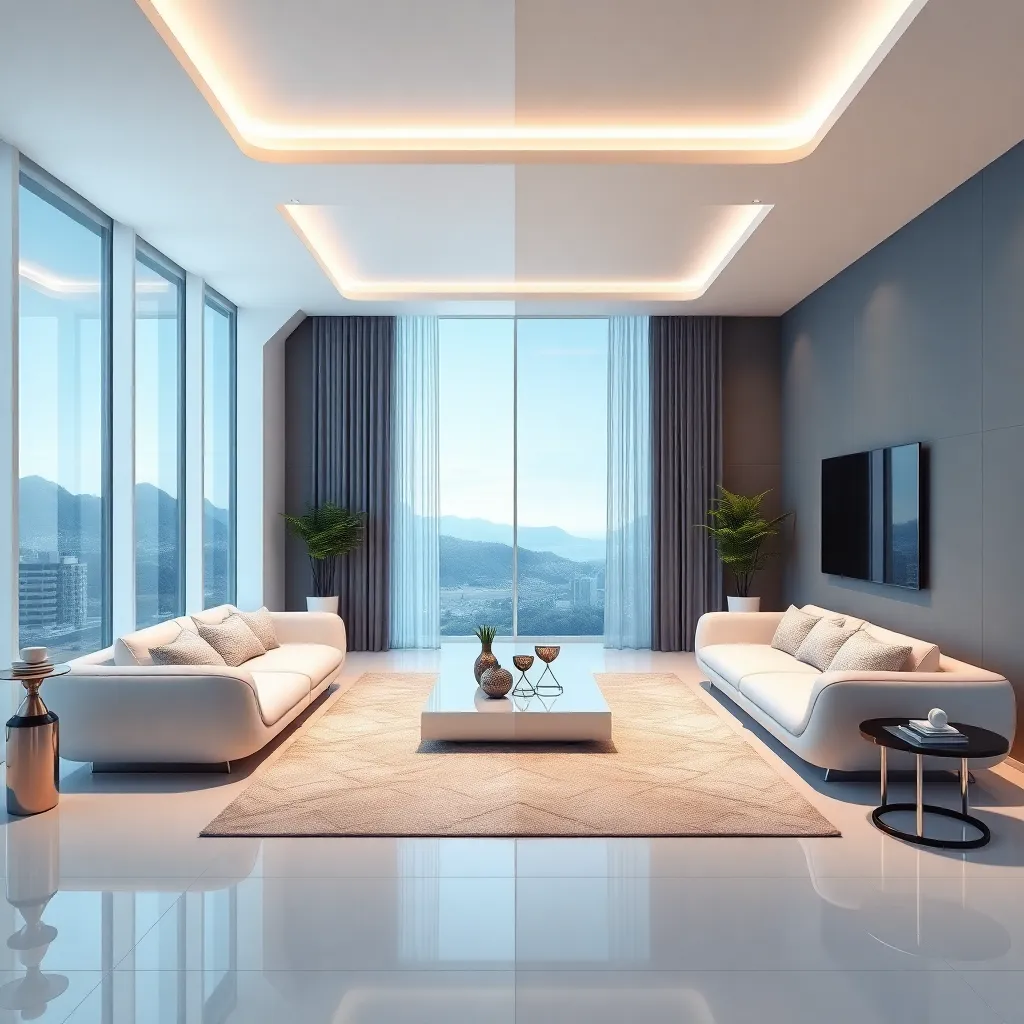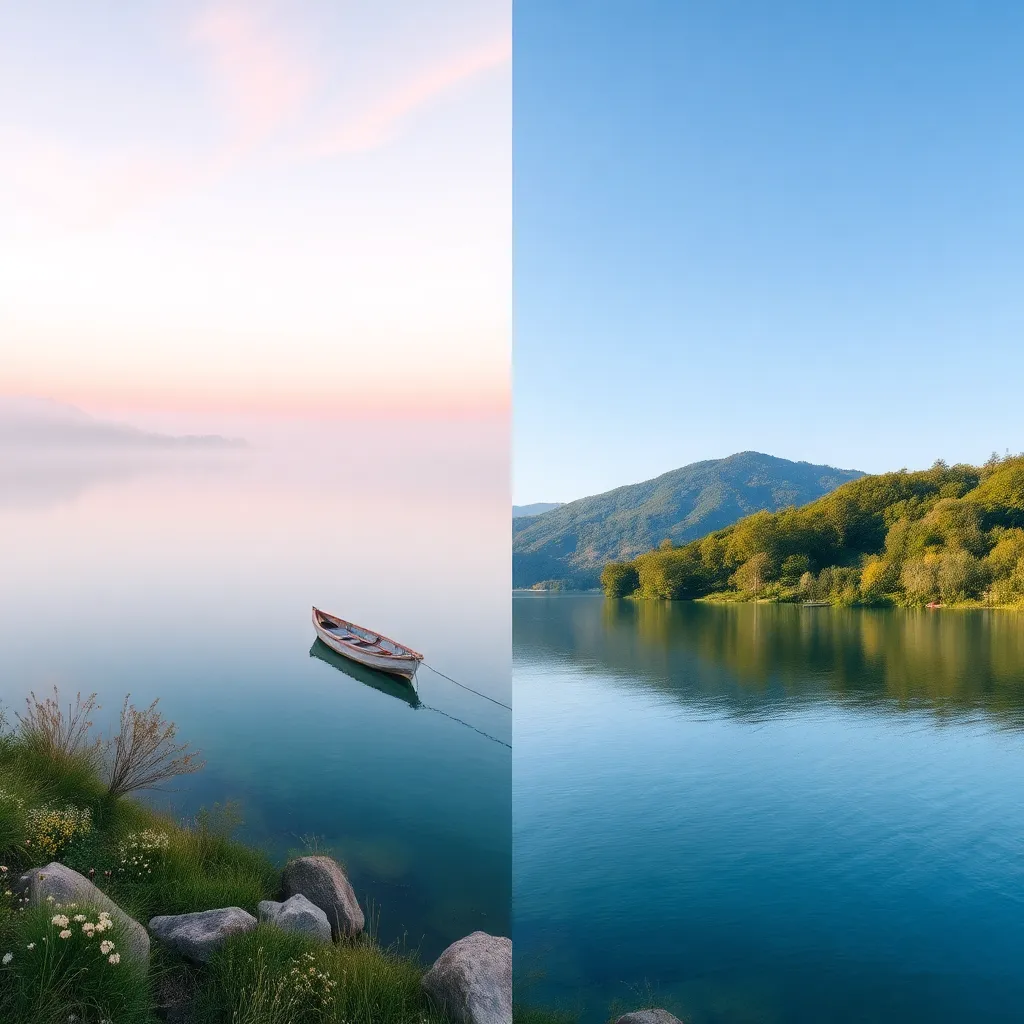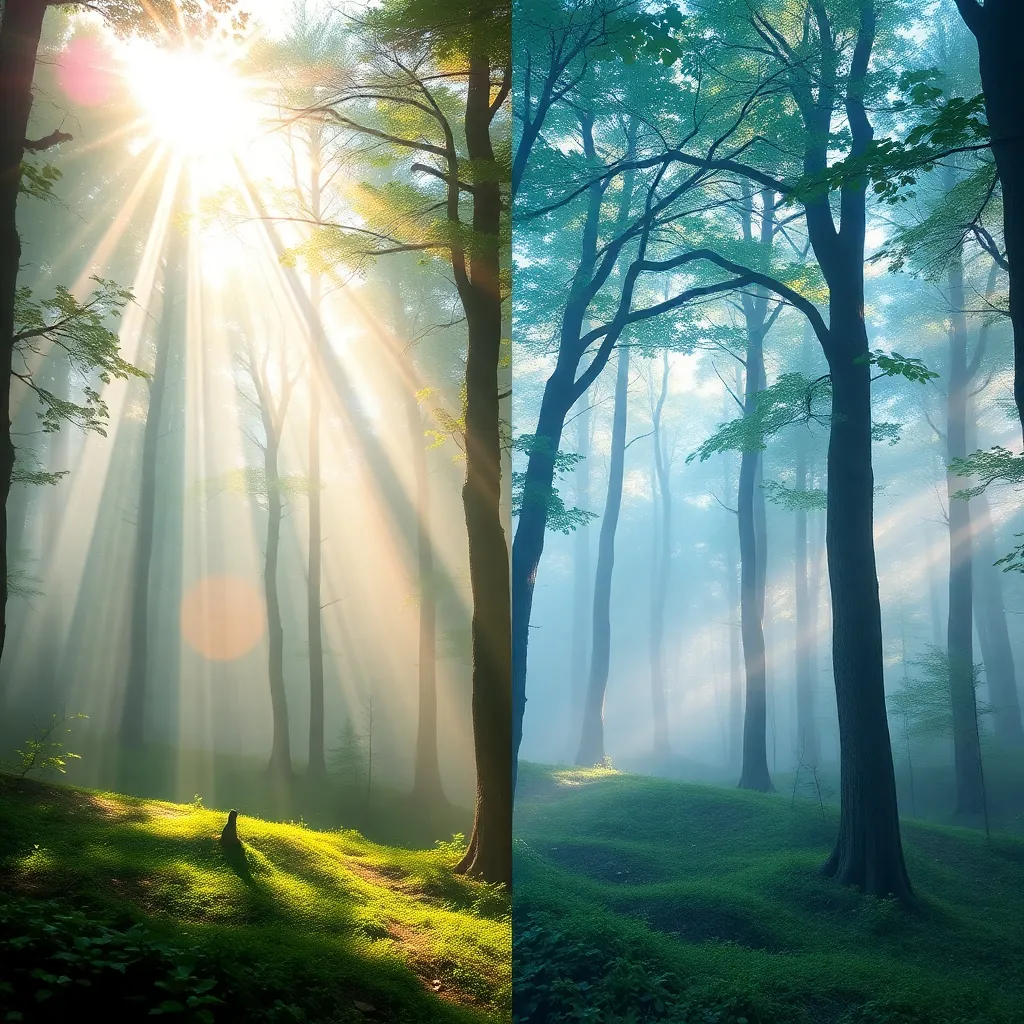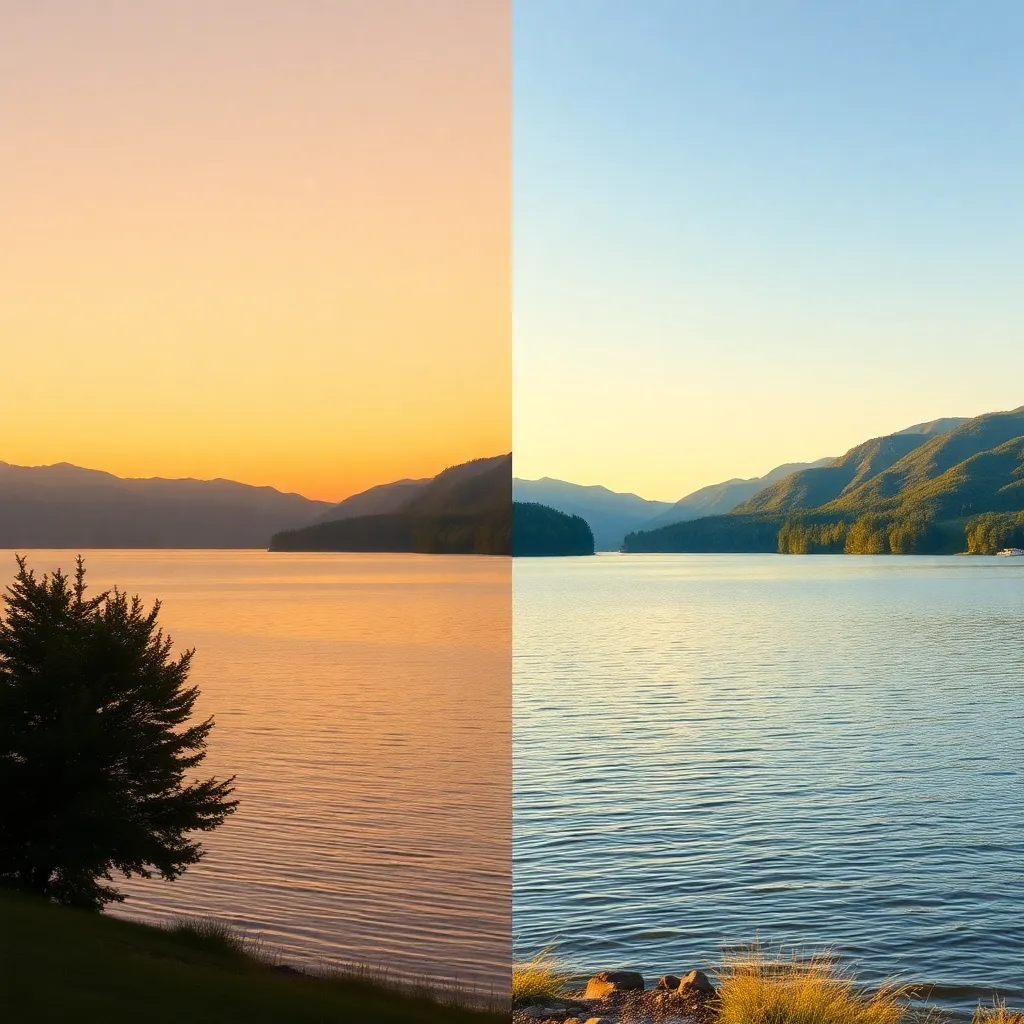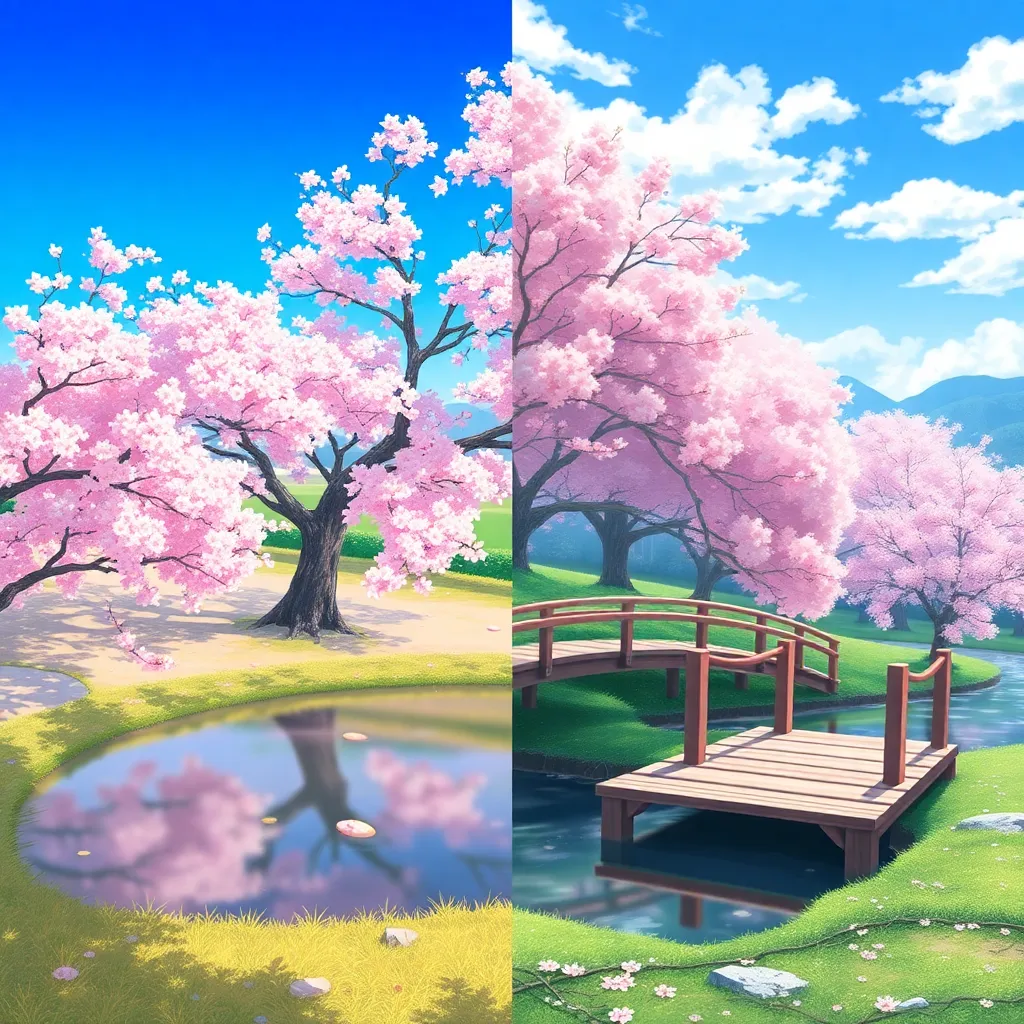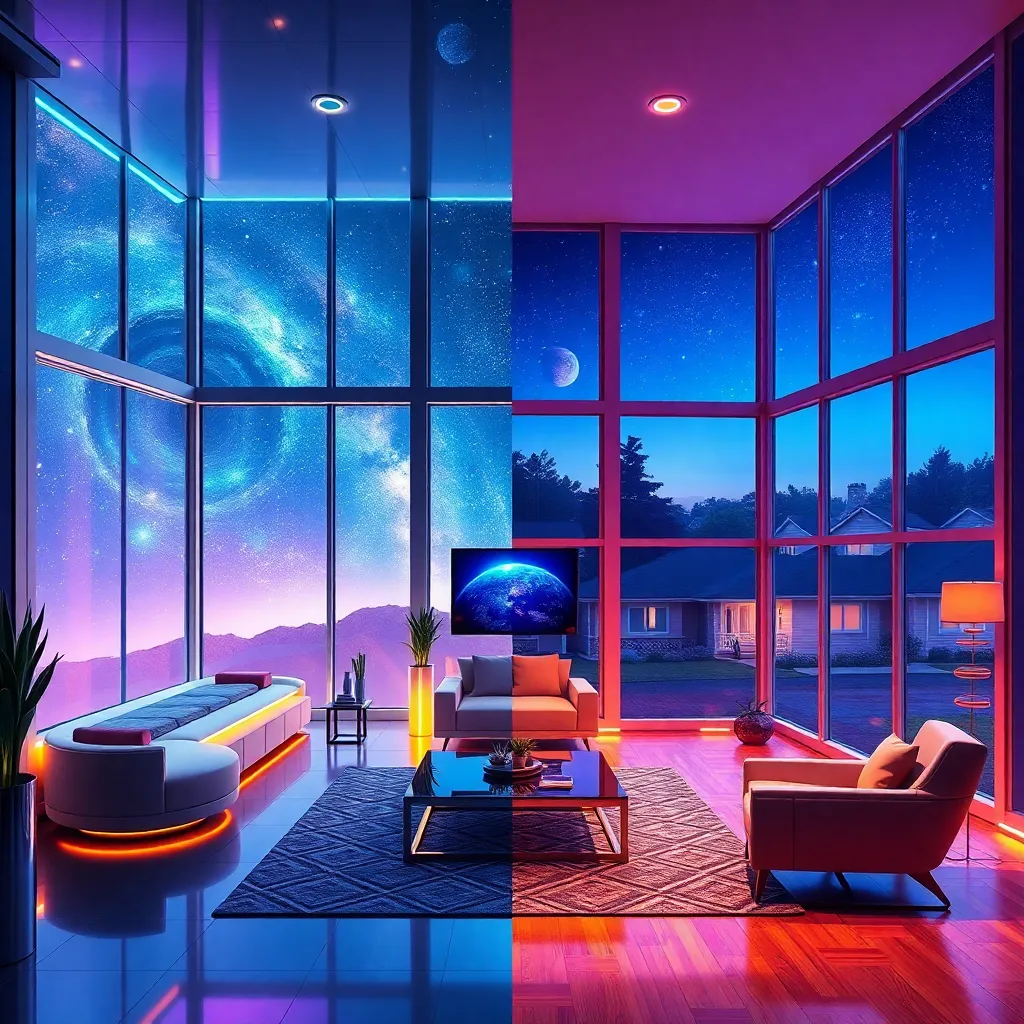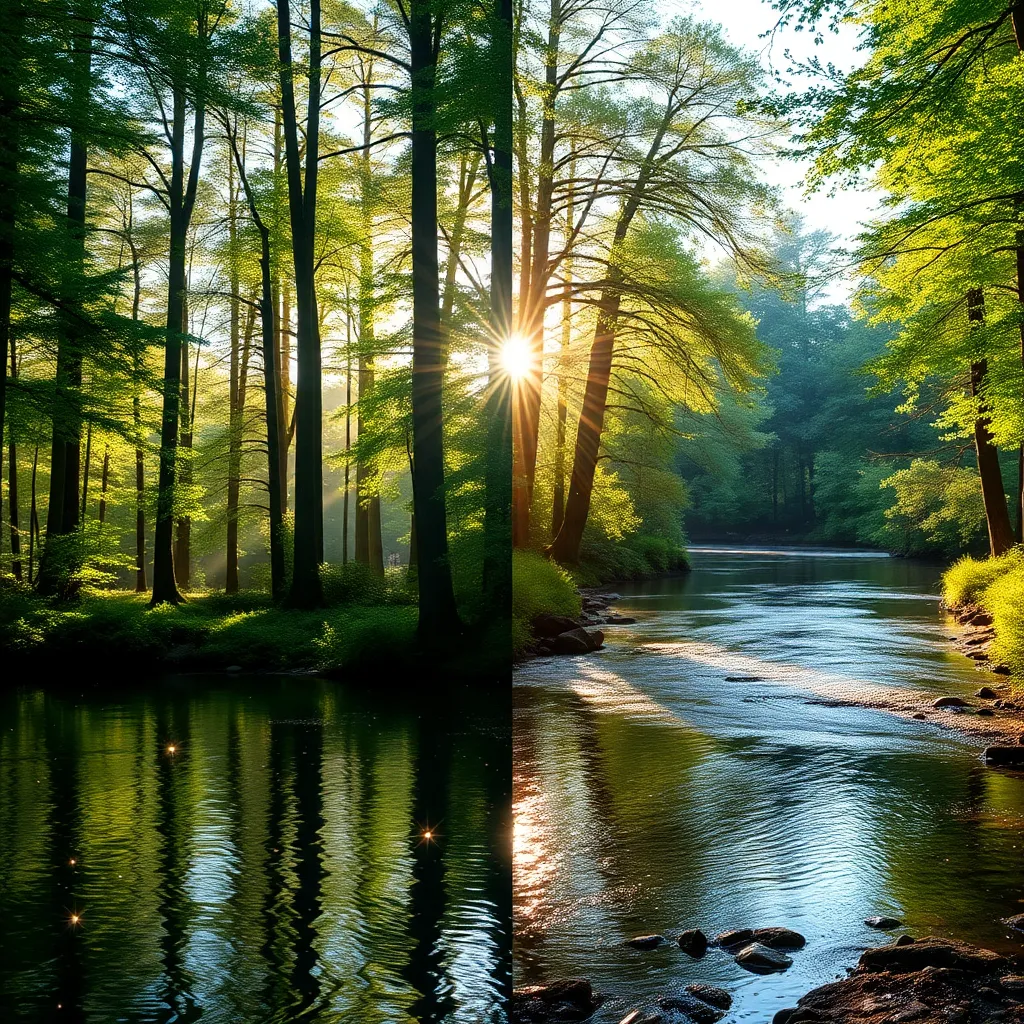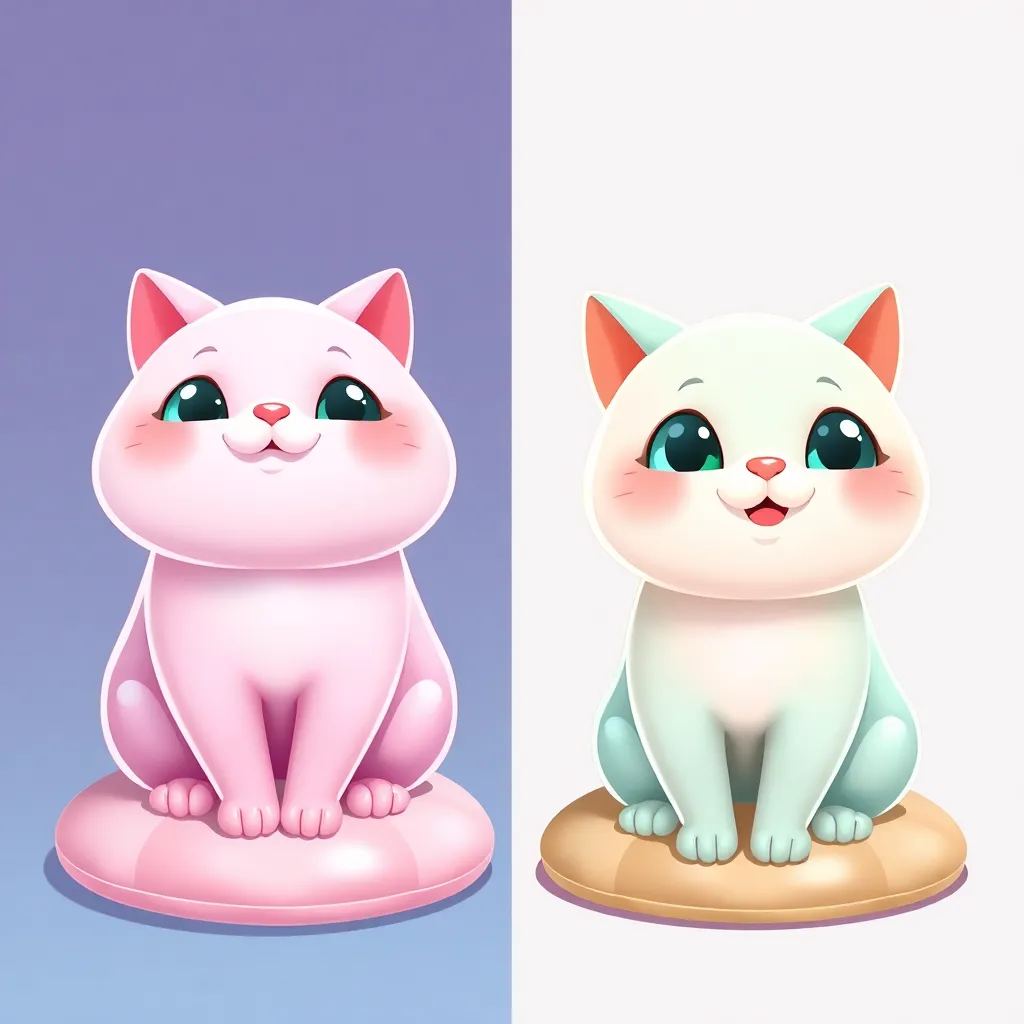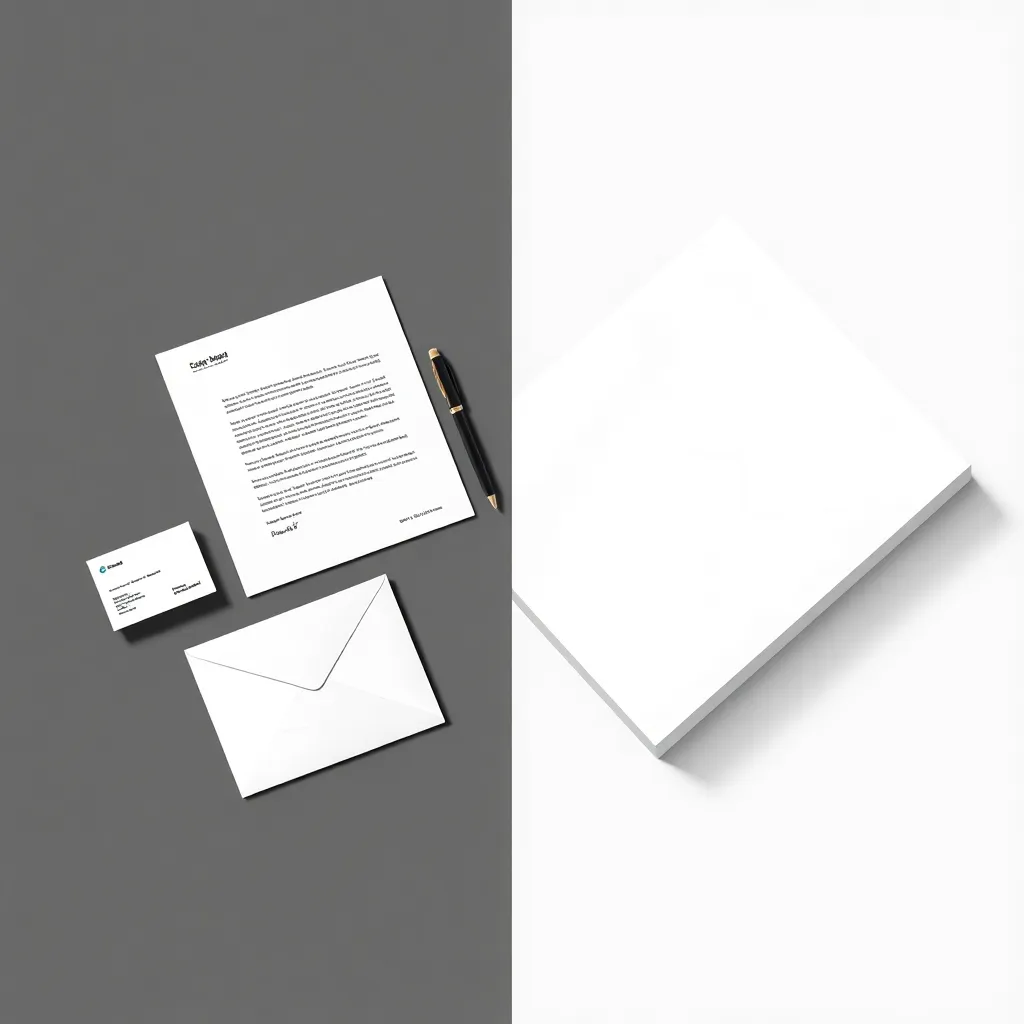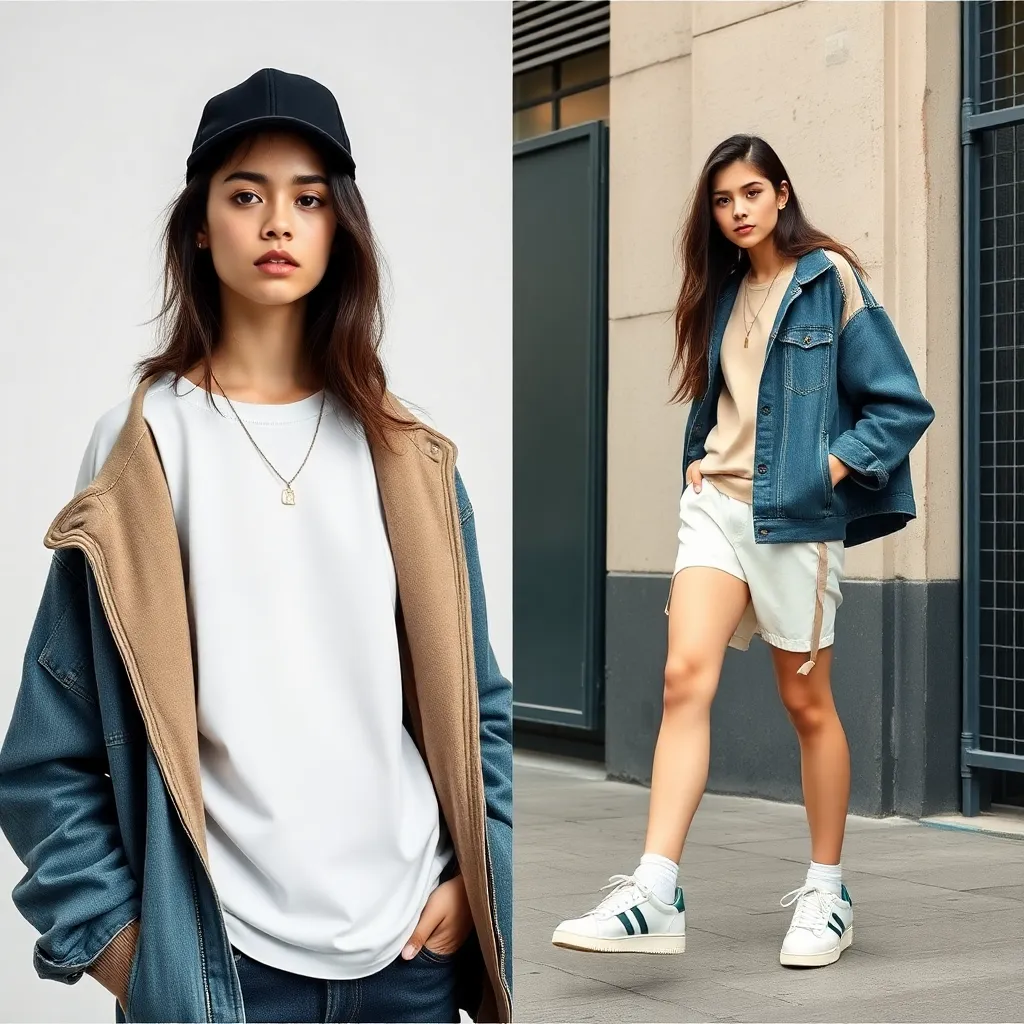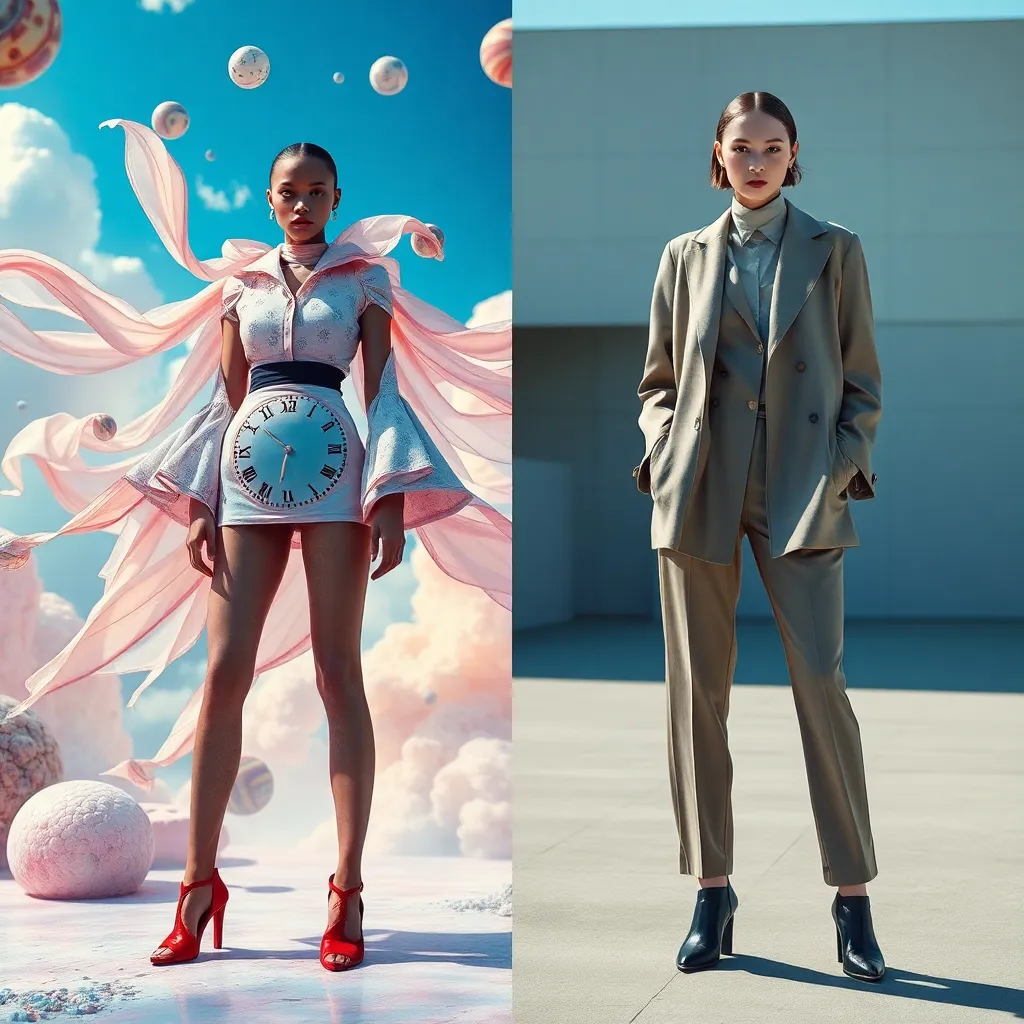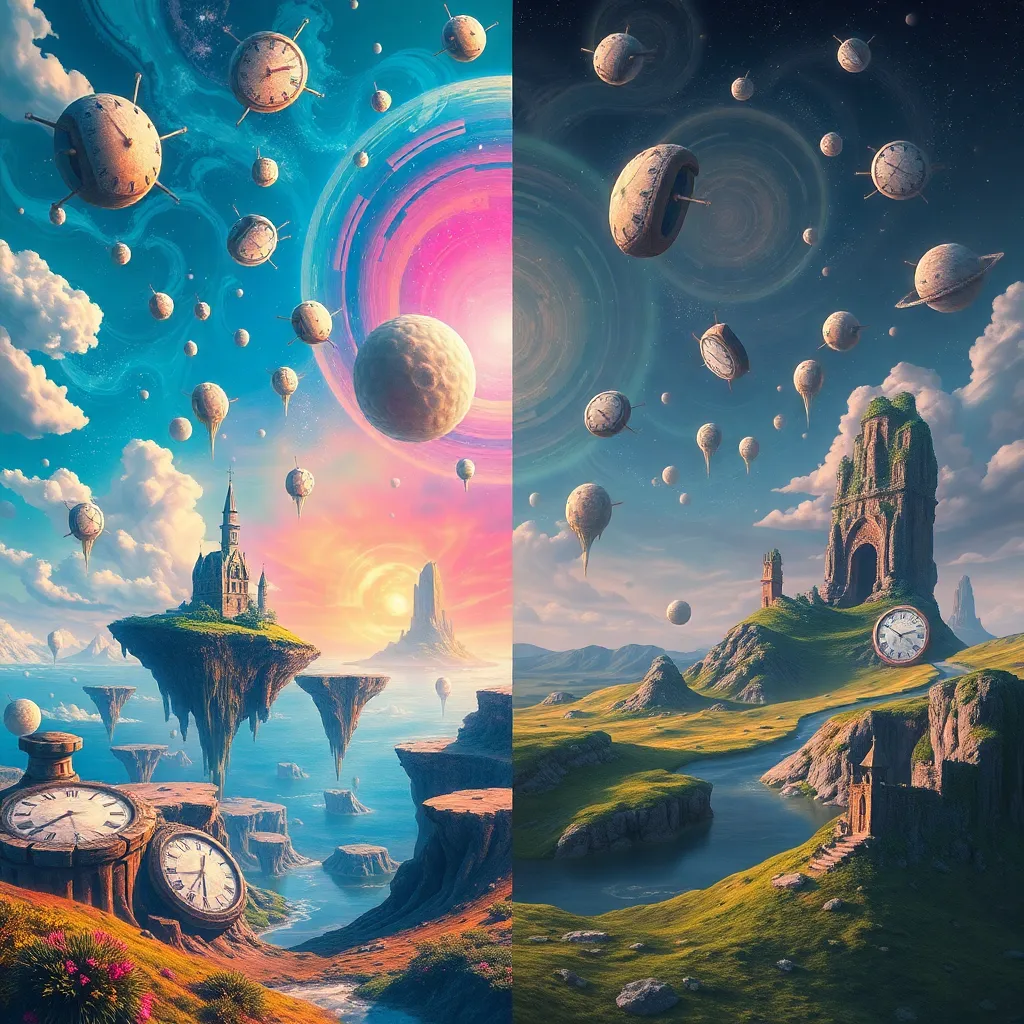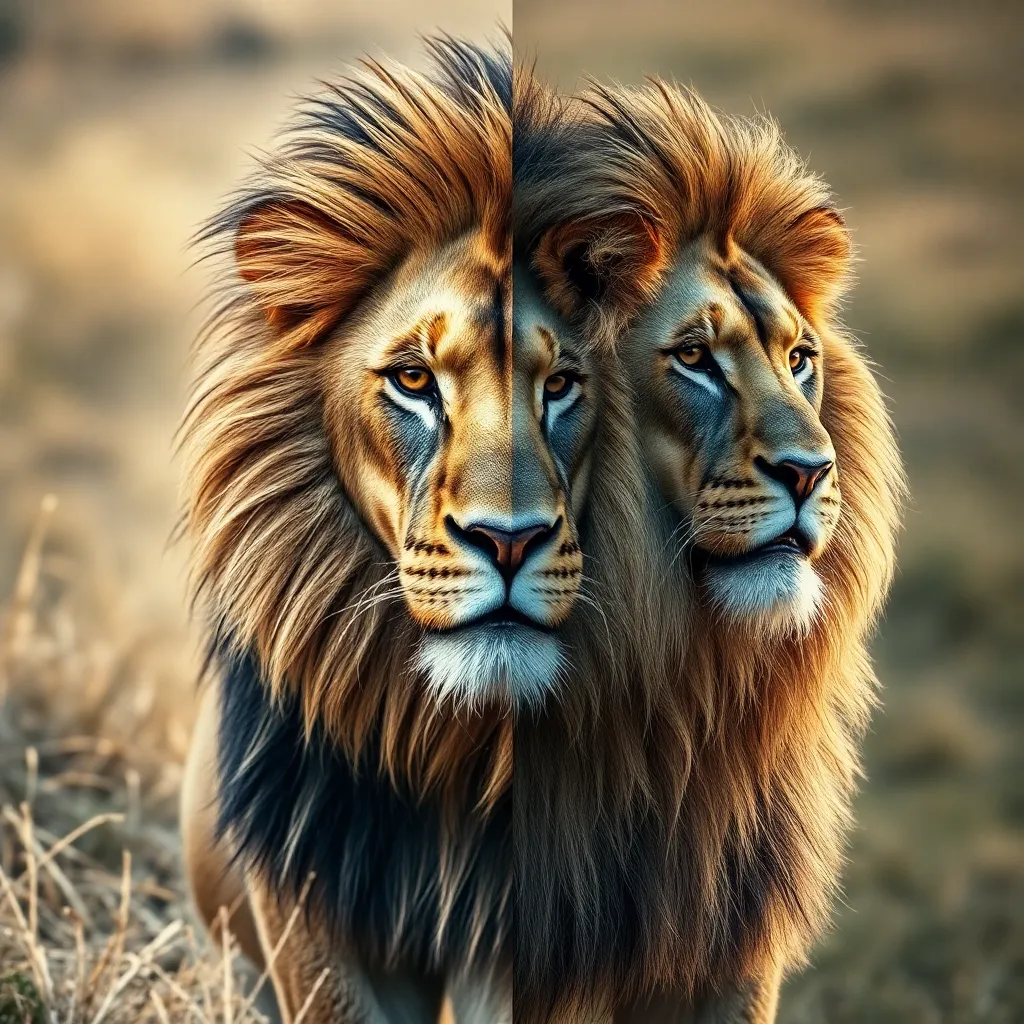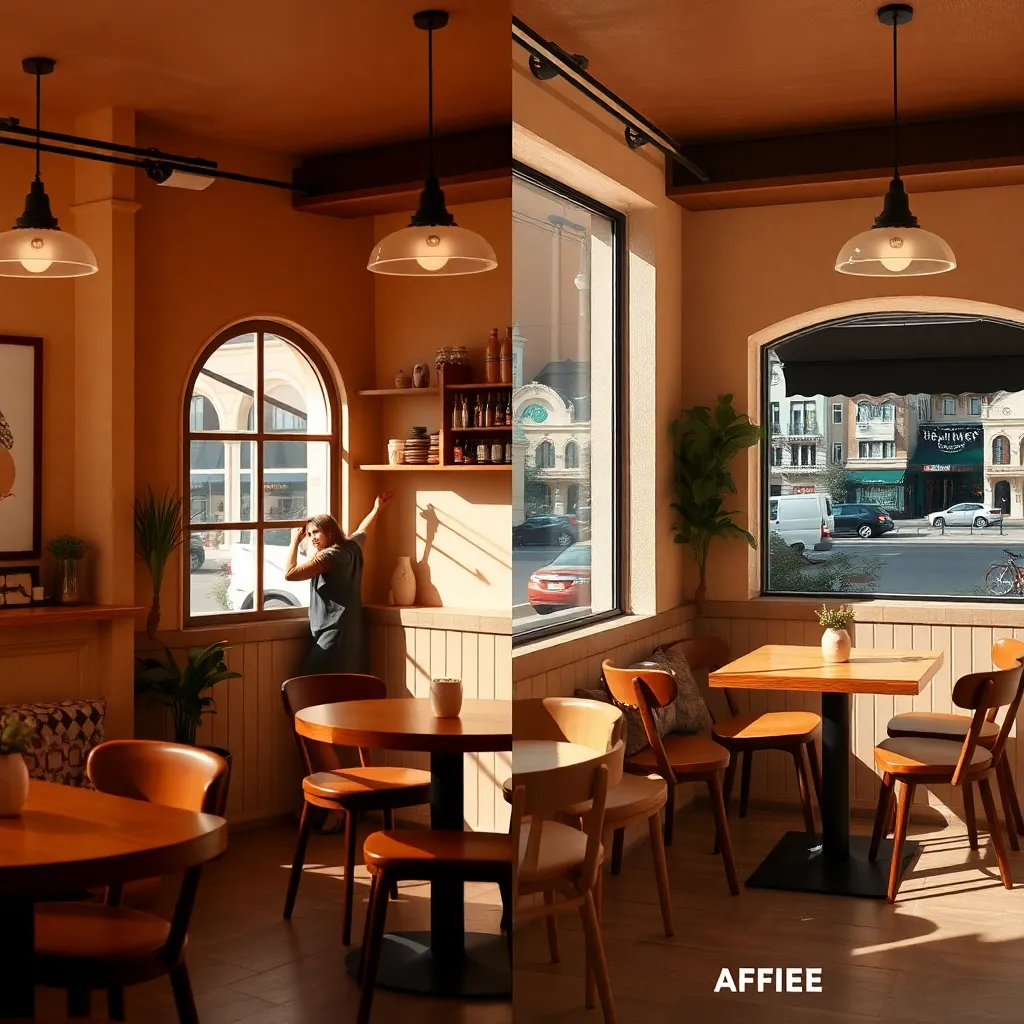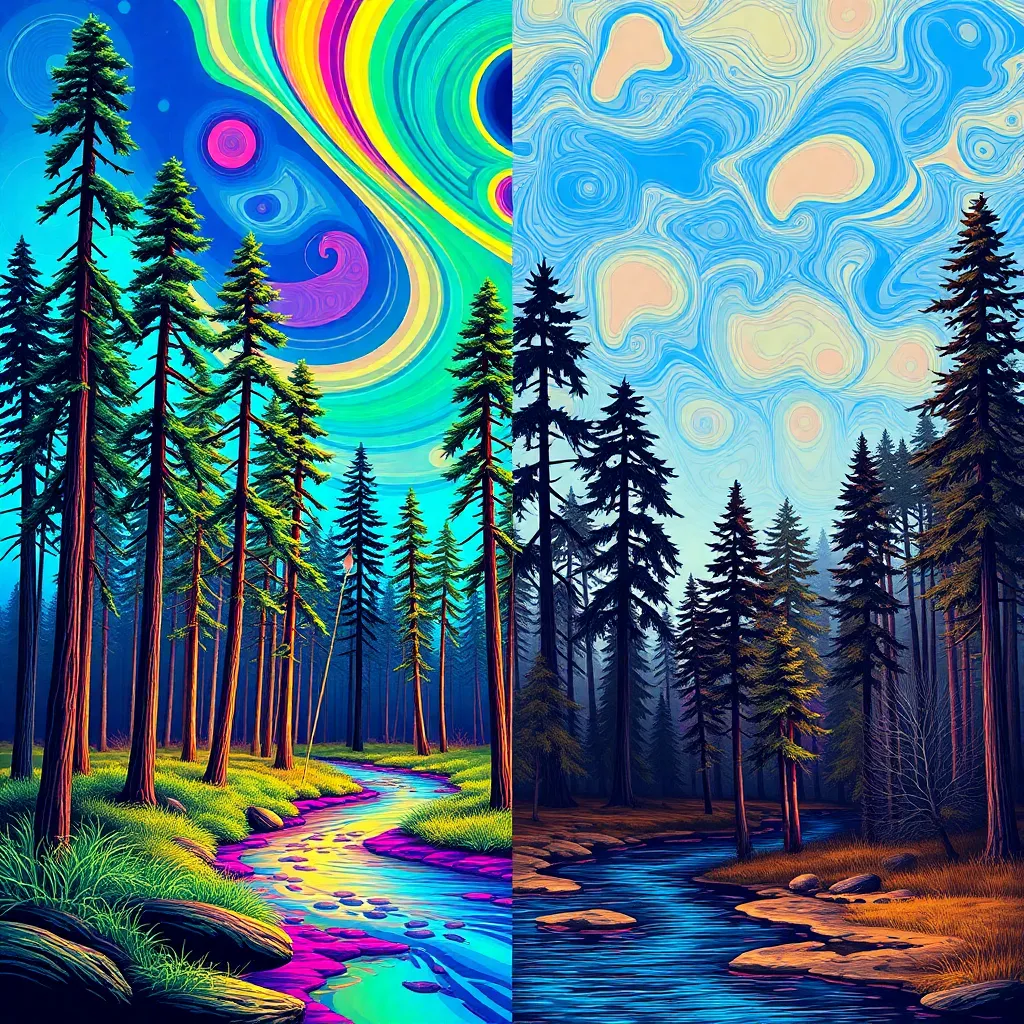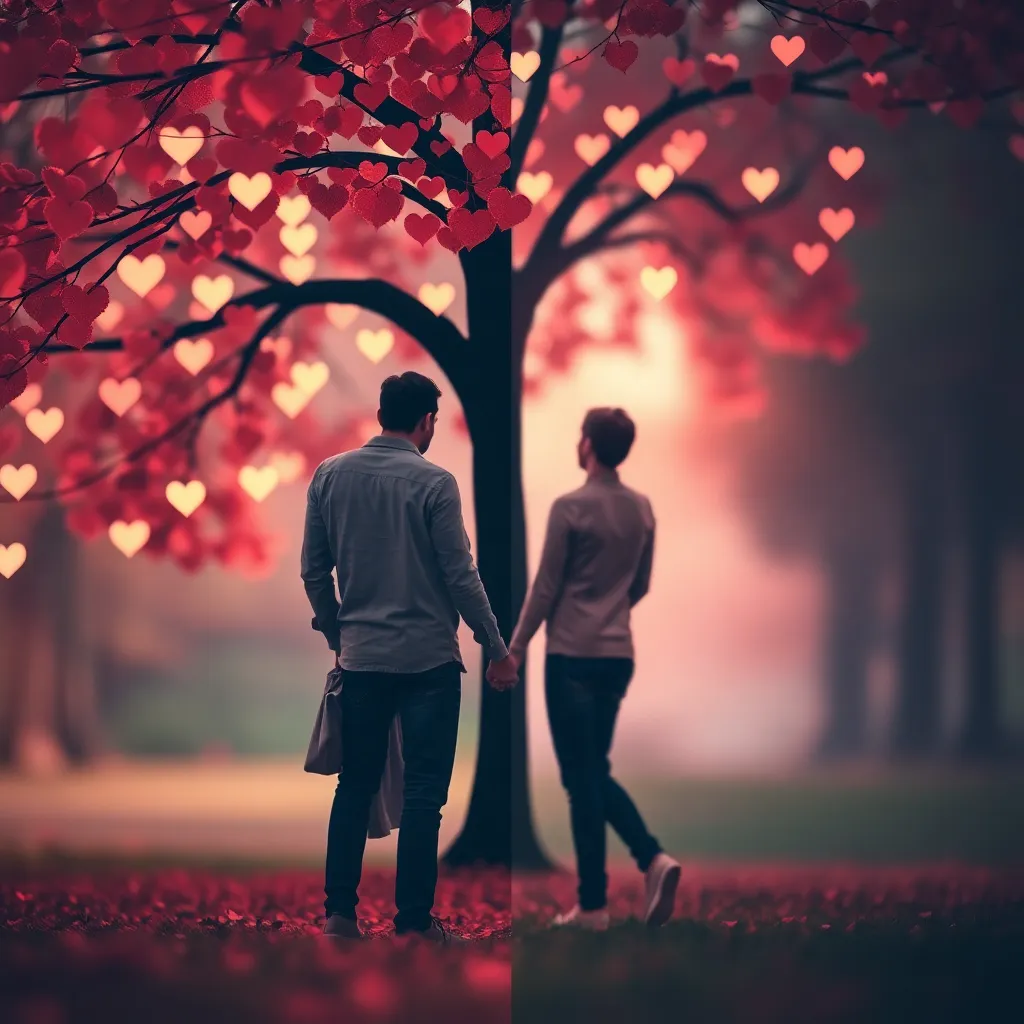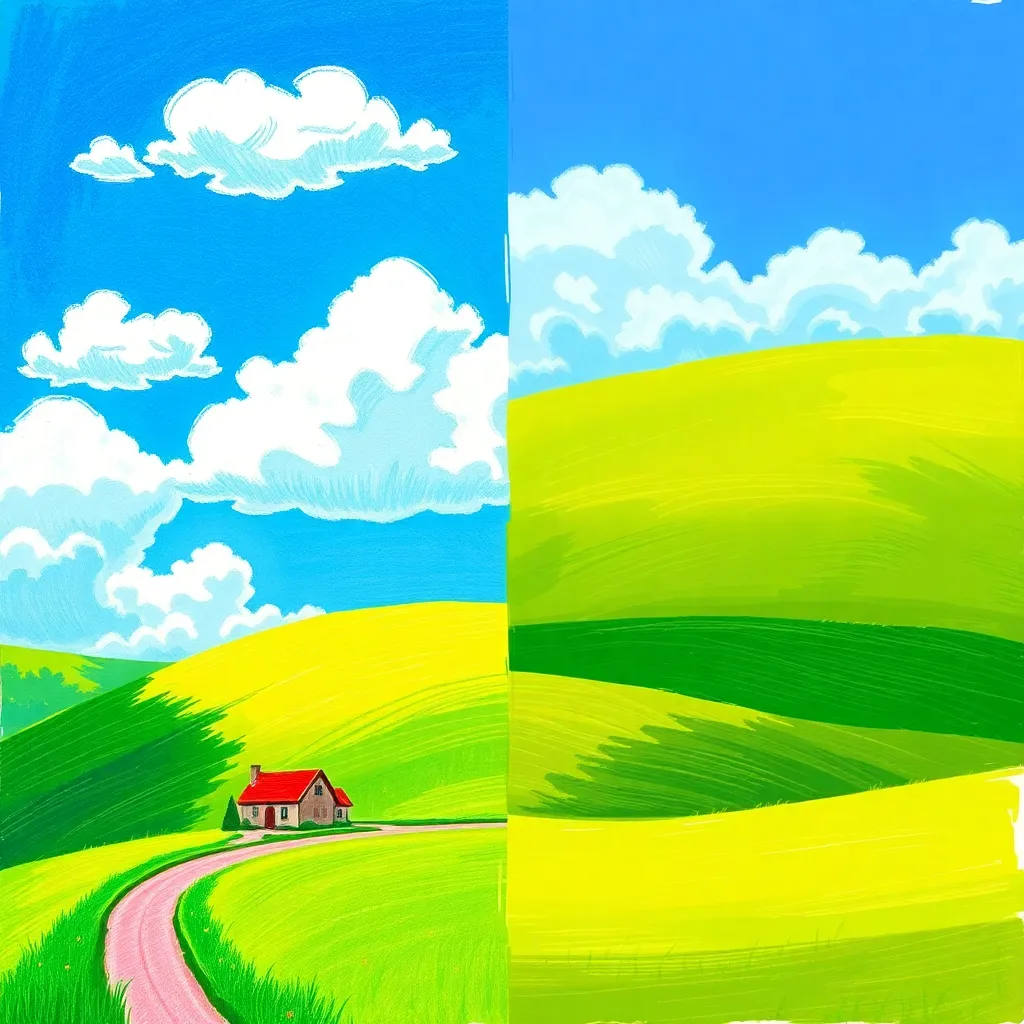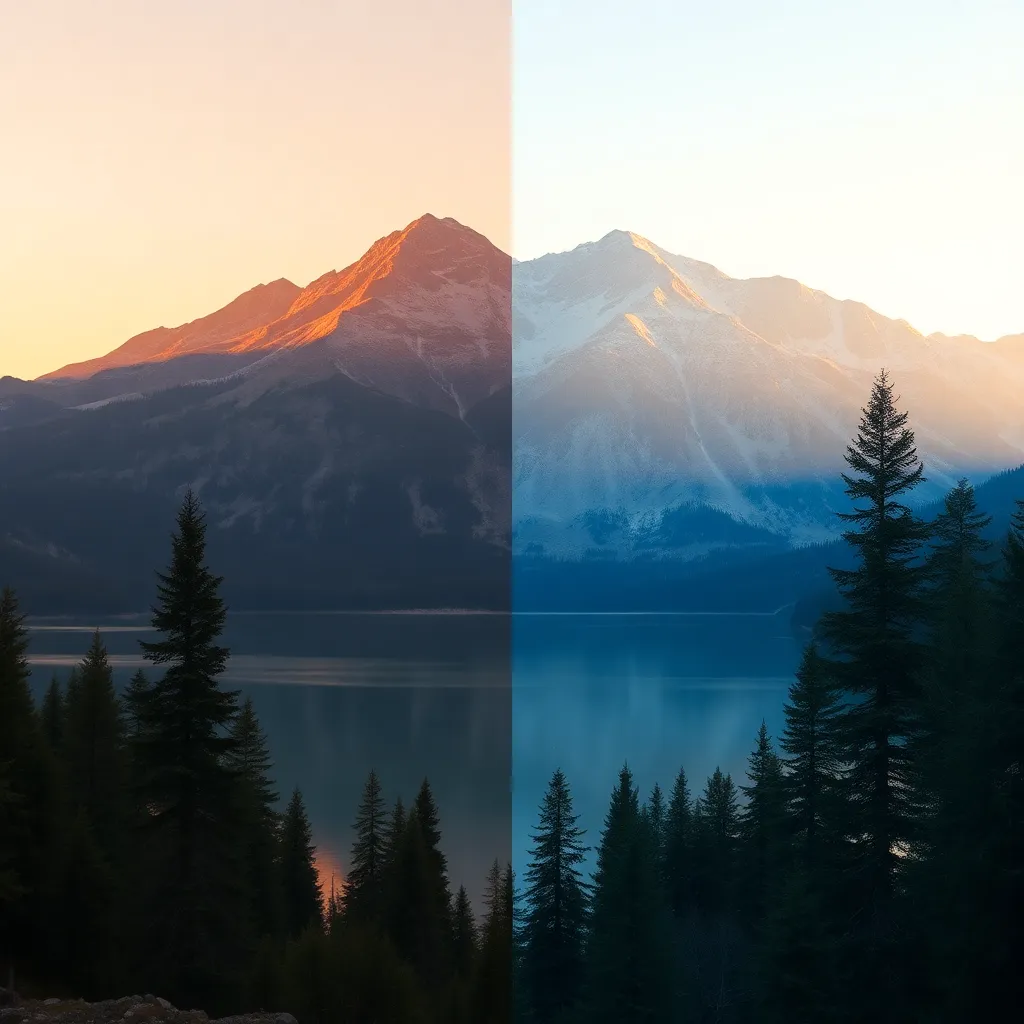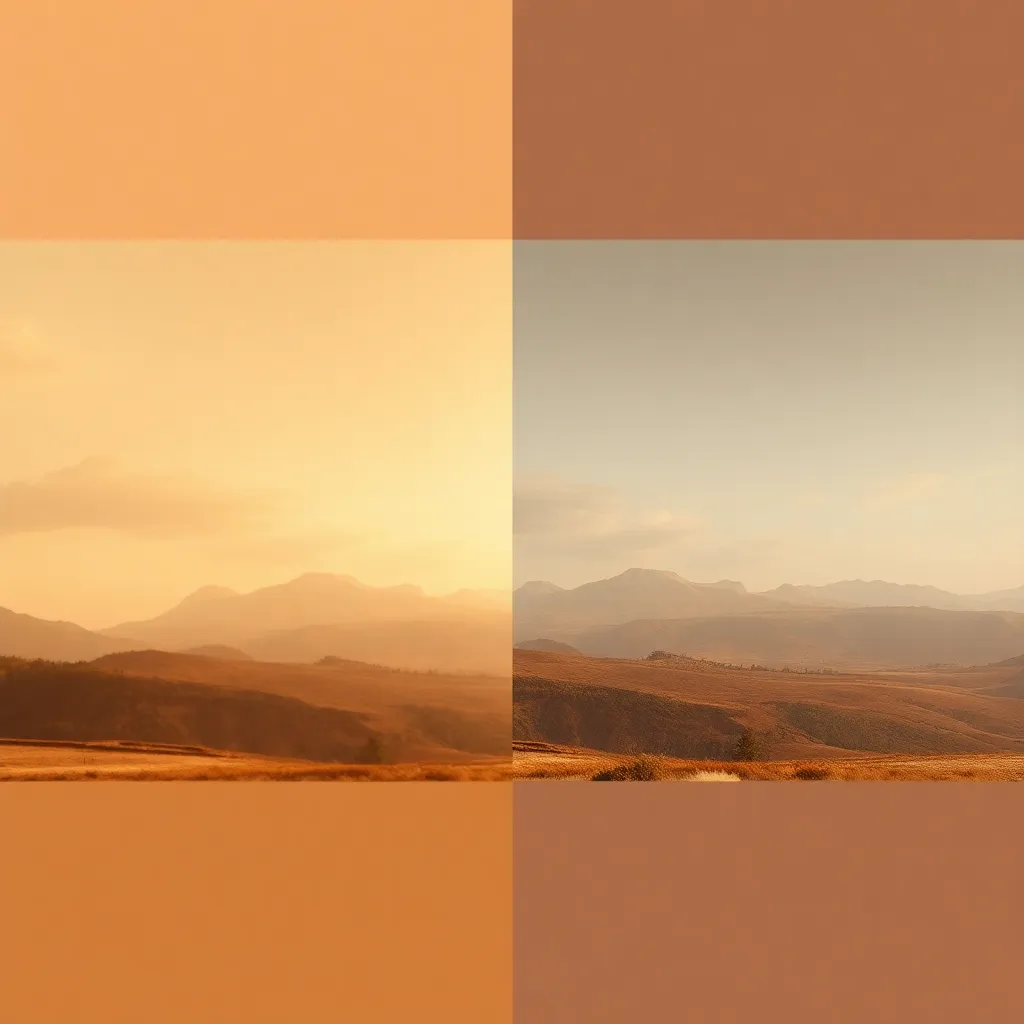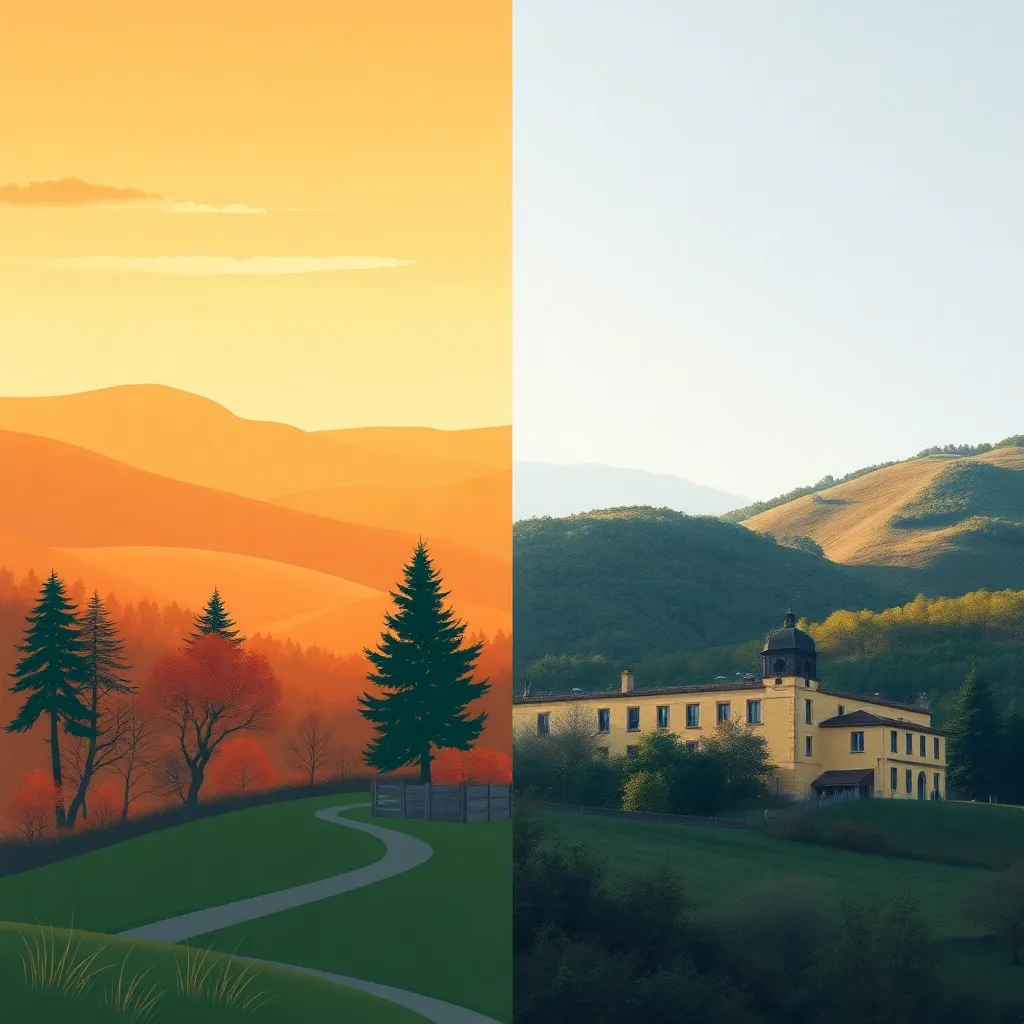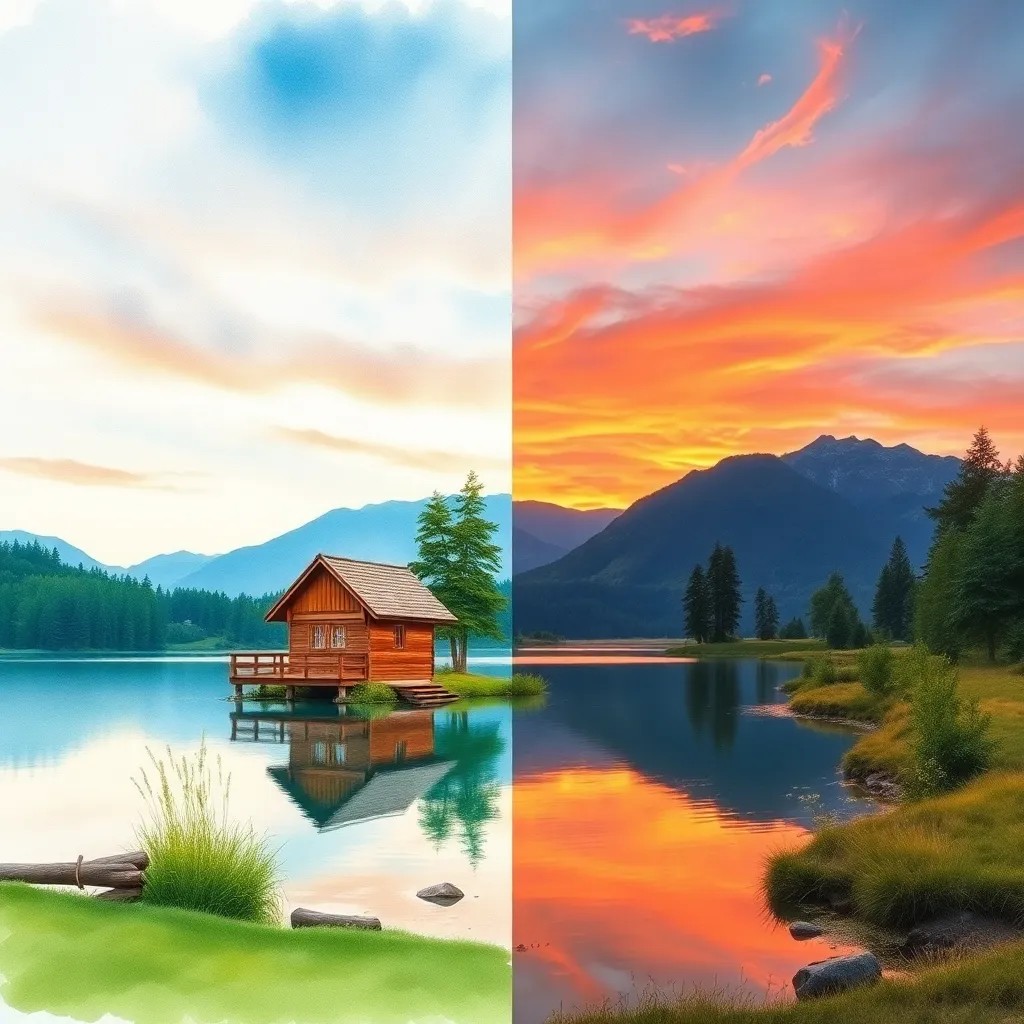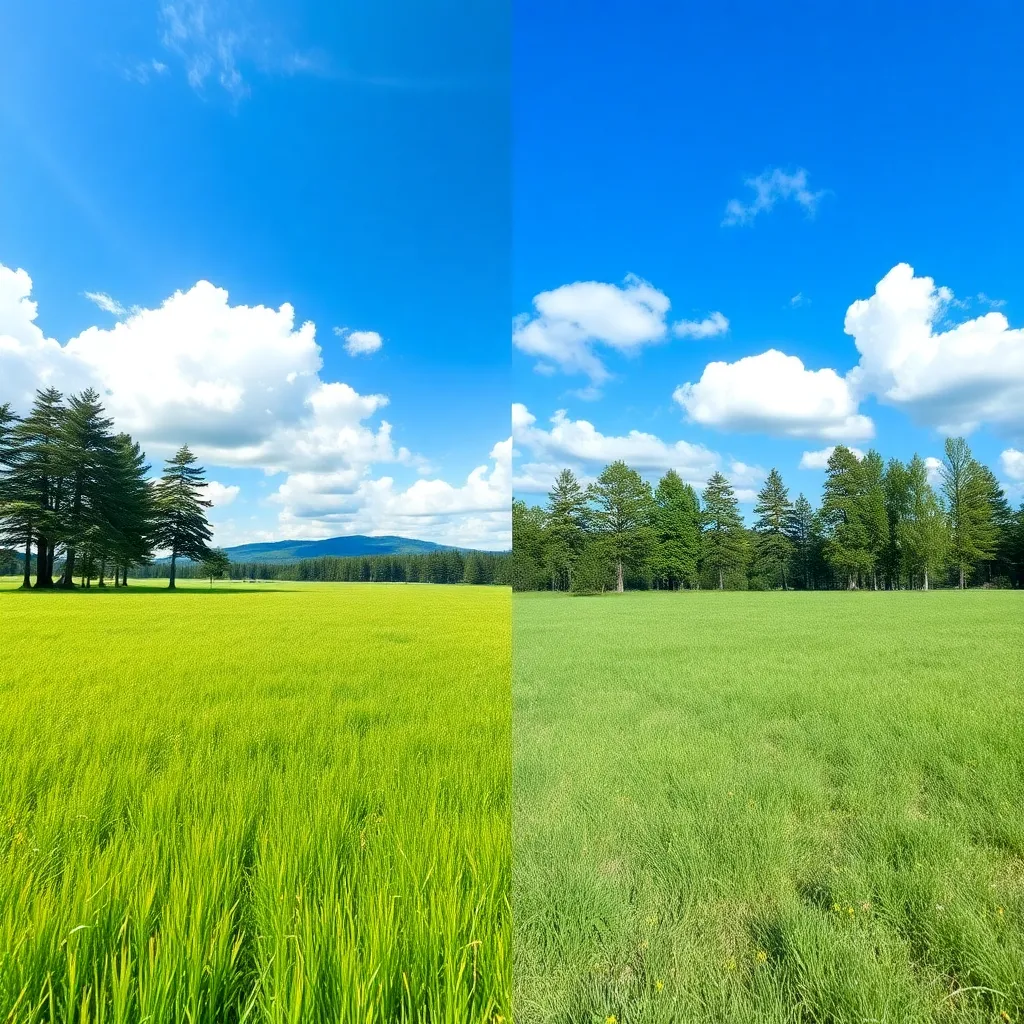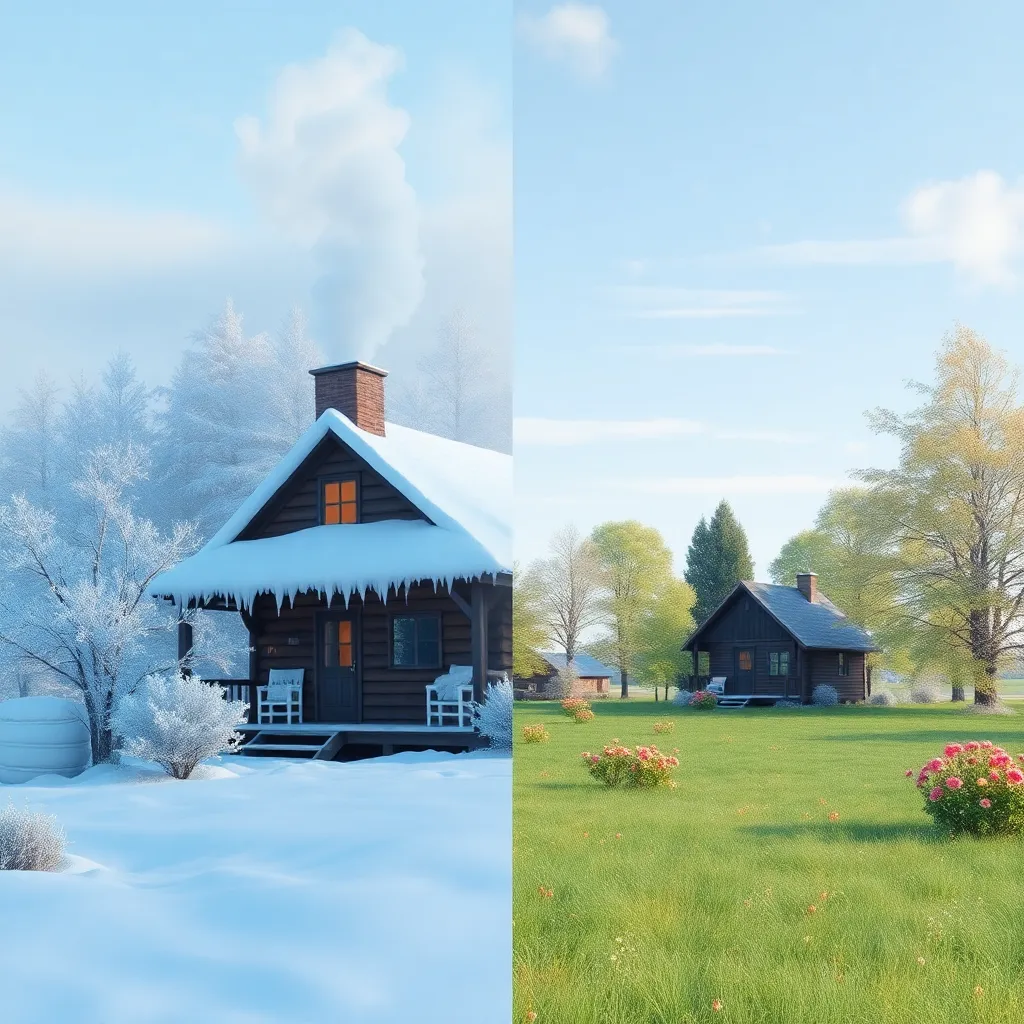Description of the Renaissance Fashion Style
Renaissance fashion style in photography and digital art draws inspiration from the iconic clothing and aesthetics of Europe between the 15th and 17th centuries. This era was marked by a profound focus on artistry, luxury, and innovation in both textiles and design. Hallmarks of this style include opulent fabrics (such as velvet, brocade, and silk), intricate embroidery, lace collars, voluminous sleeves, structured bodices, and elaborate accessories like jeweled headpieces and ornate necklaces.
The Renaissance period was an age of rebirth in art, science, and culture, and its fashion reflected the social and economic prosperity of the time. Clothing became a symbol of status and sophistication, often immortalized in the oil paintings of Old Masters such as Leonardo da Vinci and Titian. Today, the Renaissance fashion style effect allows photographers and digital artists to recreate this sense of grandeur, elegance, and historical authenticity—transforming modern images into visual masterpieces with a strong narrative and artistic depth.
Who Is Using the Renaissance Fashion Style?
The Renaissance fashion style effect is embraced by a diverse range of creative professionals and enthusiasts:
- Fashion photographers and stylists use this effect to bring drama and artistry to editorial shoots and magazine spreads, evoking high fashion with a historical twist.
- Historians, curators, and educators utilize Renaissance-style portraits for museum exhibits, educational materials, and reenactment documentation, making history come alive.
- Film and TV production designers rely on the style for reference images, promotional posters, and costume design for period dramas and historical epics.
- Luxury brands incorporate Renaissance aesthetics into advertising campaigns to convey elegance, exclusivity, and timeless beauty.
- Event planners and promoters use Renaissance-themed visuals for masquerade balls, galas, and themed parties to attract and immerse audiences.
- Cosplayers and fantasy artists find endless inspiration in the elaborate costumes and rich color palettes, using the style for character design and fantasy world-building.
How Does the Renaissance Fashion Style Enhance Photos?
The Renaissance fashion style effect transforms ordinary images into extraordinary works of art by:
- Creating Timeless Elegance: The style’s luxurious fabrics, detailed embroidery, and regal silhouettes lend an air of sophistication and timelessness to portraits and group photos.
- Adding Artistic Depth: Painterly lighting and color grading reminiscent of Old Master paintings give images a three-dimensional, almost tangible quality that draws viewers in.
- Evoking Drama and Narrative: Dramatic poses, rich color palettes, and opulent accessories infuse each image with storytelling, emotion, and intrigue.
- Highlighting Detail and Craftsmanship: The emphasis on fine textures, intricate patterns, and ornate jewelry showcases the artistry of both fashion and photography, elevating the overall visual impact.
- Immersive Historical Ambiance: Whether for film, education, or cosplay, the style provides instant historical context, making scenes feel authentic and immersive.
These enhancements ensure that images stand out, captivate attention, and resonate emotionally with audiences—be it in print, digital campaigns, or gallery exhibitions.
Use Cases of the Renaissance Fashion Style
The Renaissance fashion style is extraordinarily versatile, finding its place in a wide array of photographic and artistic applications:
- Historical Portrait Photography for Museums or Educational Material
- Use: Recreate authentic portraits for museum displays, textbooks, and online learning.
- Enhancement: Adds credibility and visual interest, making history accessible and engaging.
- Themed Fashion Magazine Cover or Editorial Spread
- Use: Elevate fashion stories with a unique, artistic angle for high-end publications.
- Enhancement: Delivers editorial impact with its richness and drama, appealing to style-conscious audiences.
- Costumed Events or Masquerade Balls
- Use: Promote exclusive events or create atmospheric invitations.
- Enhancement: Conveys opulence and excitement, enticing guests to participate and share.
- Film/TV Production Set in the Renaissance Period
- Use: Reference for costumes, sets, and promotional materials for period dramas.
- Enhancement: Ensures historical accuracy and artistic unity across production design.
- Art-Inspired Advertising for Luxury Brands
- Use: Position products as timeless and exclusive through artful campaigns.
- Enhancement: Associates the brand with luxury, sophistication, and cultural heritage.
- Cosplay or Fantasy Role-Playing Character Design
- Use: Inspire character concepts or promotional imagery for fantasy settings.
- Enhancement: Offers visual depth, authenticity, and creative flair for role-players and artists.
In each scenario, the Renaissance fashion style effect elevates the image, making it more visually compelling and emotionally resonant for the intended audience.
Pro Tips for Using the Renaissance Fashion Style
- Focus on Lighting: Emulate the chiaroscuro (light and shadow) techniques of Renaissance painters for dramatic, three-dimensional effects. Soft, directional light enhances the textures and contours of costumes and faces.
- Pay Attention to Detail: Highlight the intricate embroidery, jewelry, and fabric folds in your images. These small details add authenticity and artistic interest.
- Choose Rich, Harmonious Colors: Use deep reds, golds, blues, and greens for costumes and backgrounds, mirroring the palettes of Renaissance art.
- Incorporate Authentic Props and Settings: Surround your subjects with period-inspired props—such as tapestries, candelabras, or antique books—to create a complete historical ambiance.
- Experiment with Painterly Post-Processing: Apply subtle textures, vignettes, or color grading to mimic the look of oil paintings, further immersing viewers in the Renaissance vibe.
- Balance Realism with Fantasy: While accuracy is important for historical and educational uses, don’t be afraid to introduce creative or fantastical elements for editorial, advertising, or cosplay applications.
Conclusion:
The Renaissance fashion style is more than just a visual effect—it’s a portal to an era of artistic brilliance, luxury, and storytelling. Whether you’re a photographer, brand, educator, or artist, this style offers endless possibilities to transform ordinary images into extraordinary works that captivate, inspire, and endure. Embrace the grandeur of the Renaissance and let your creativity flourish!
